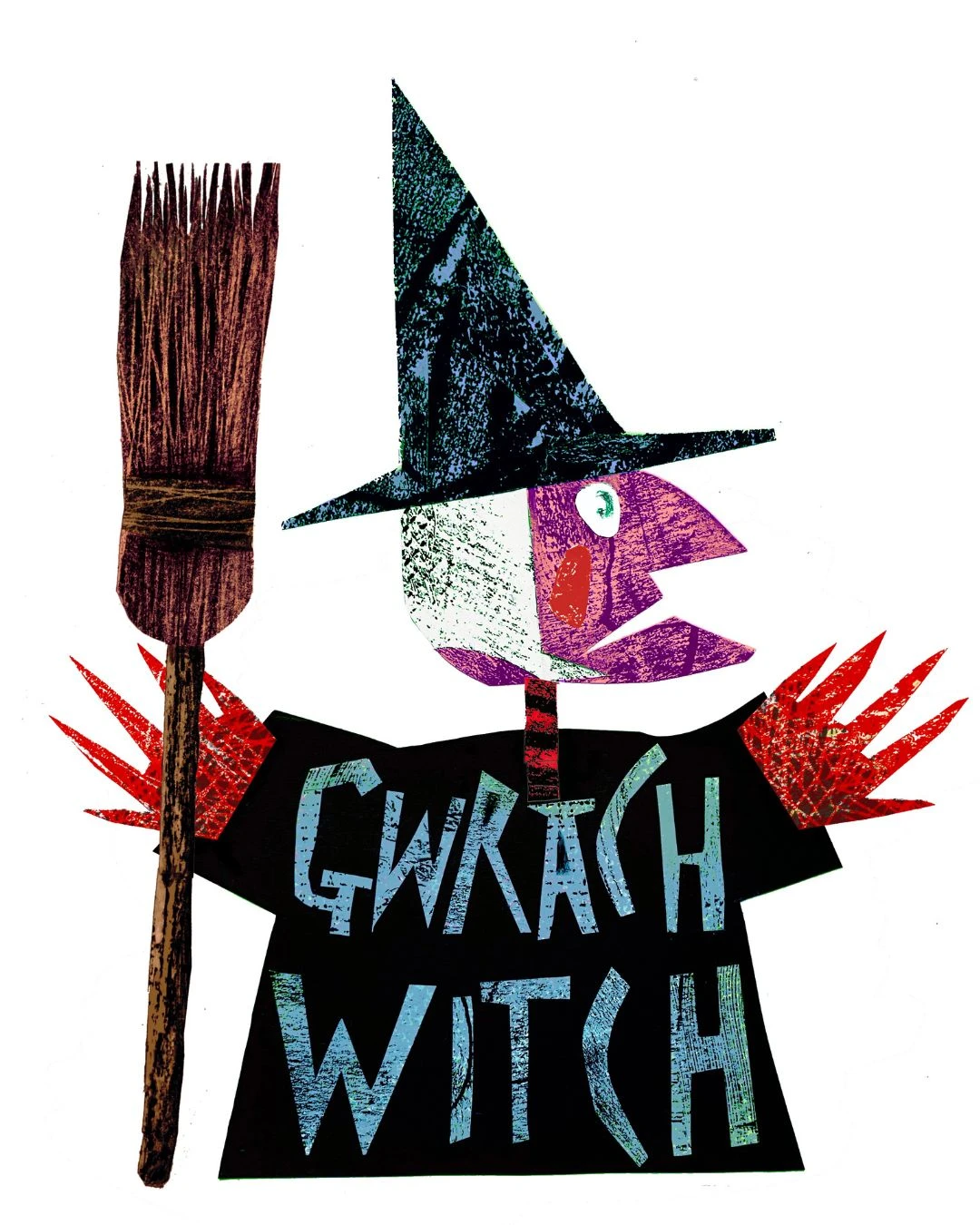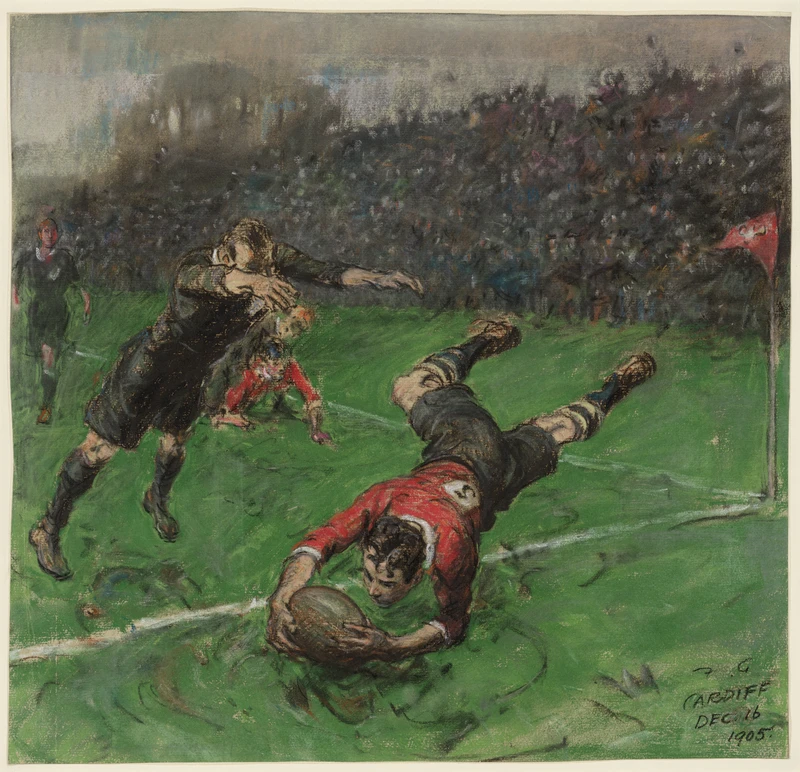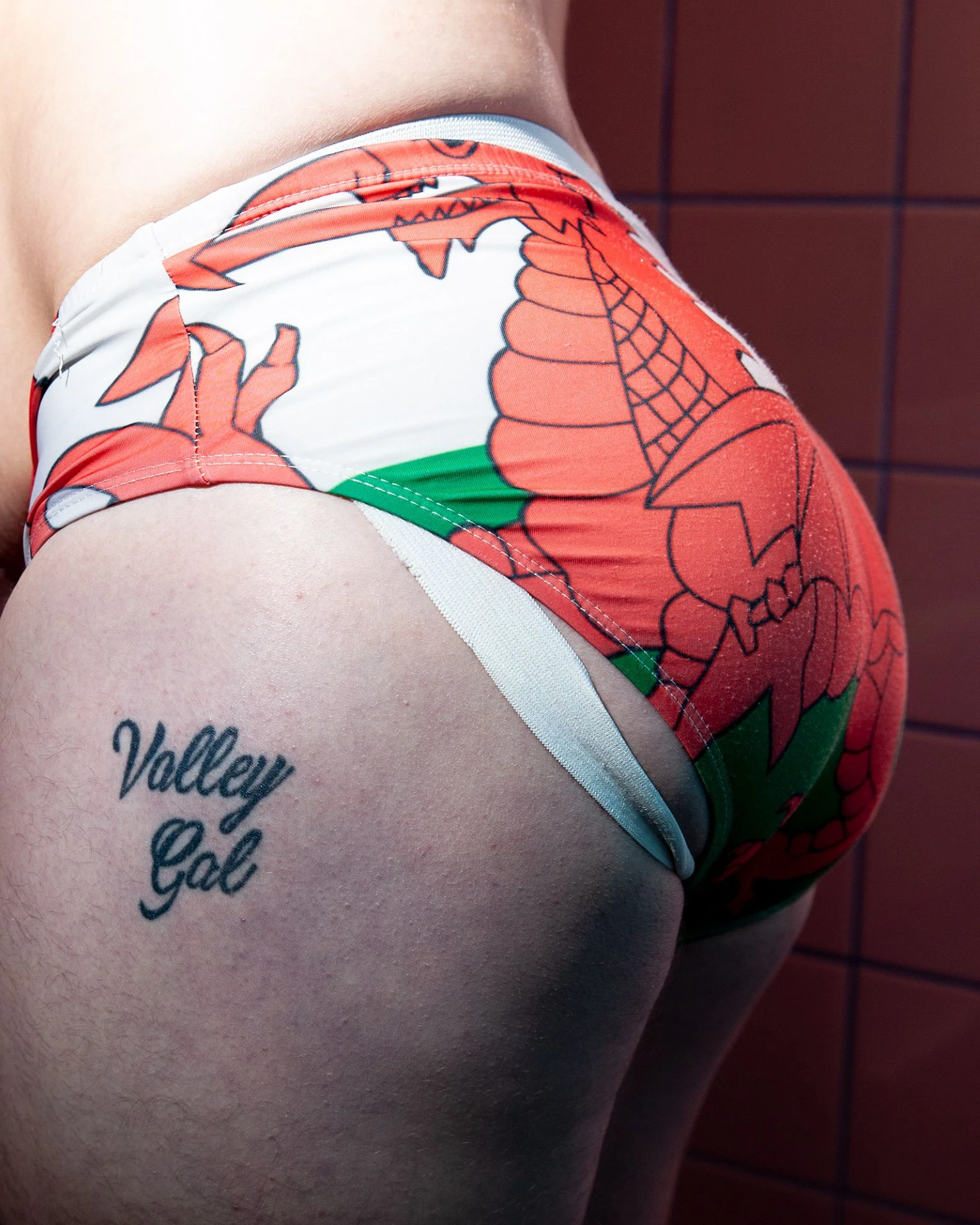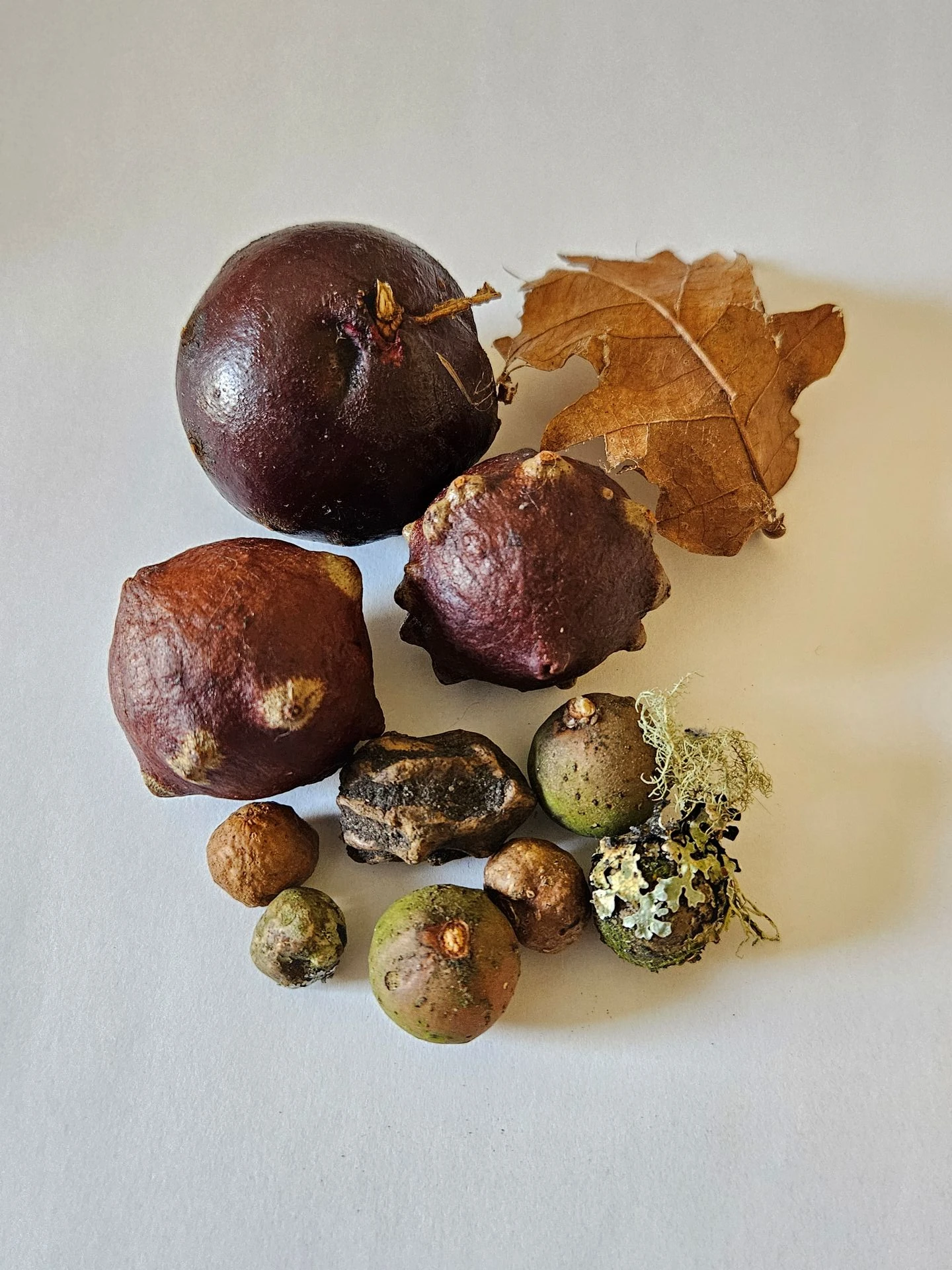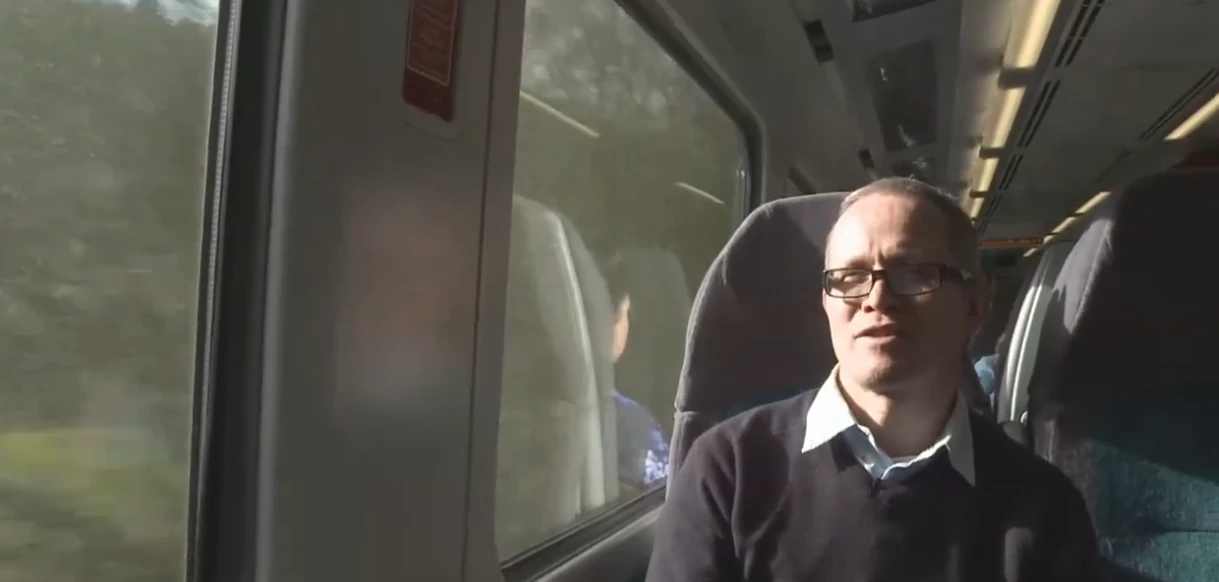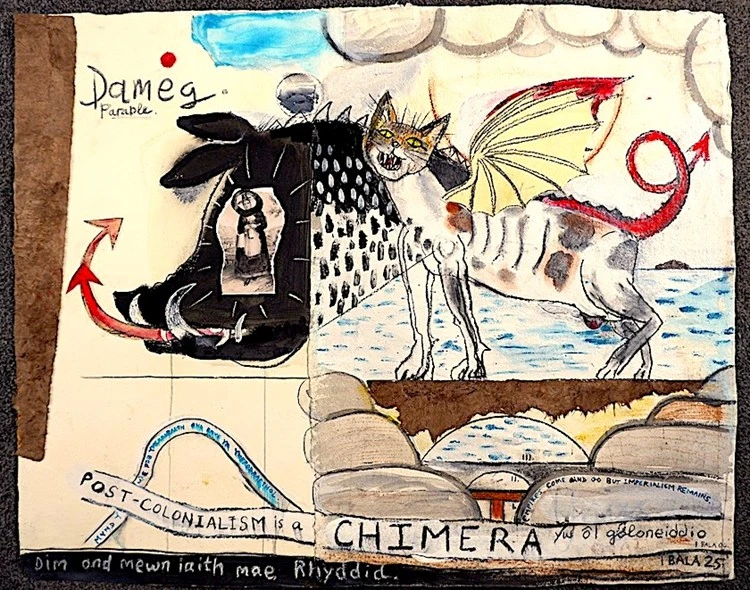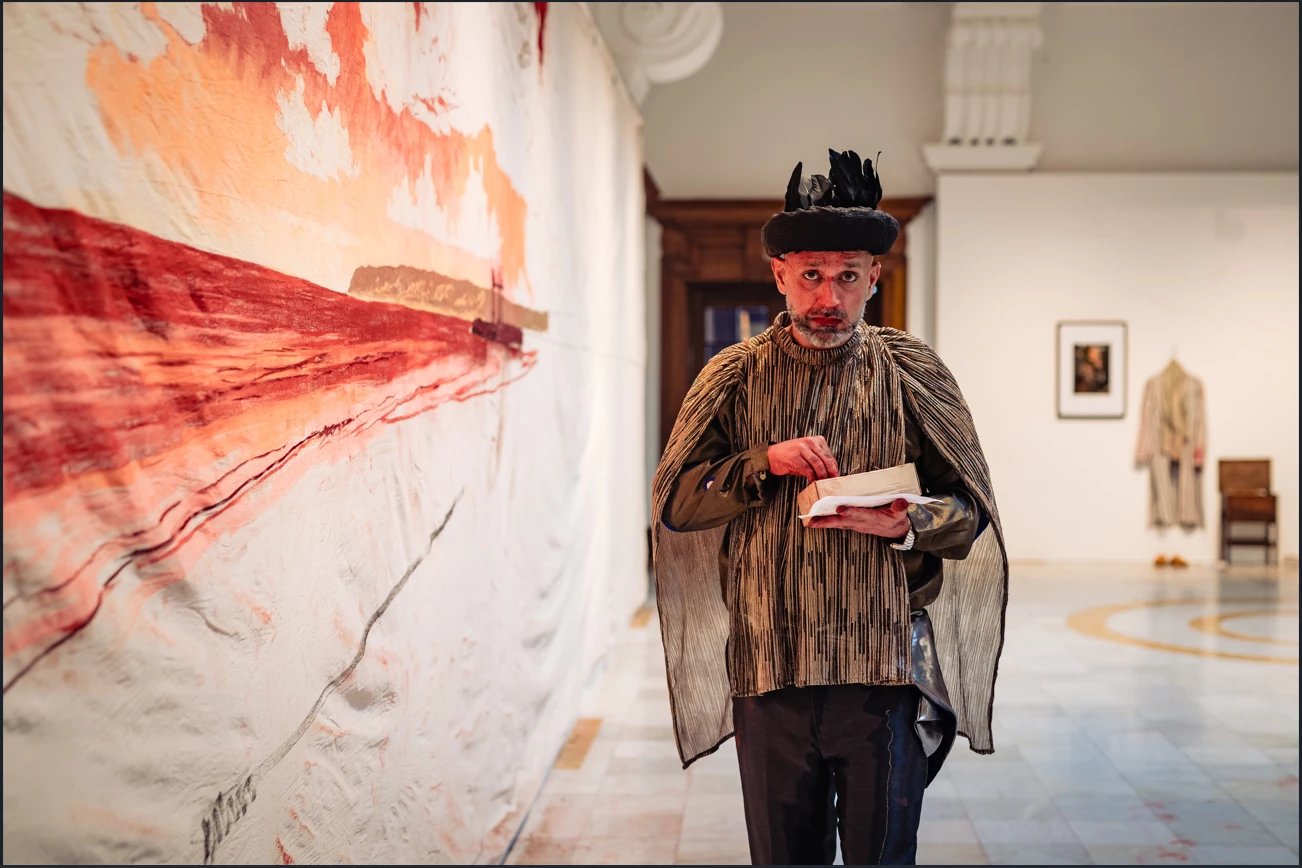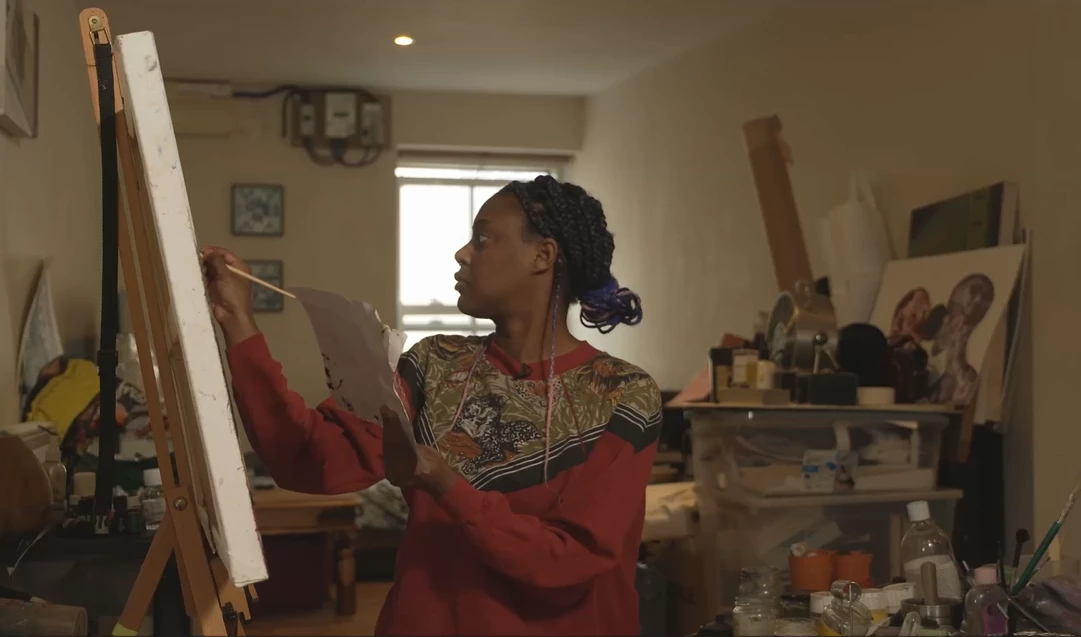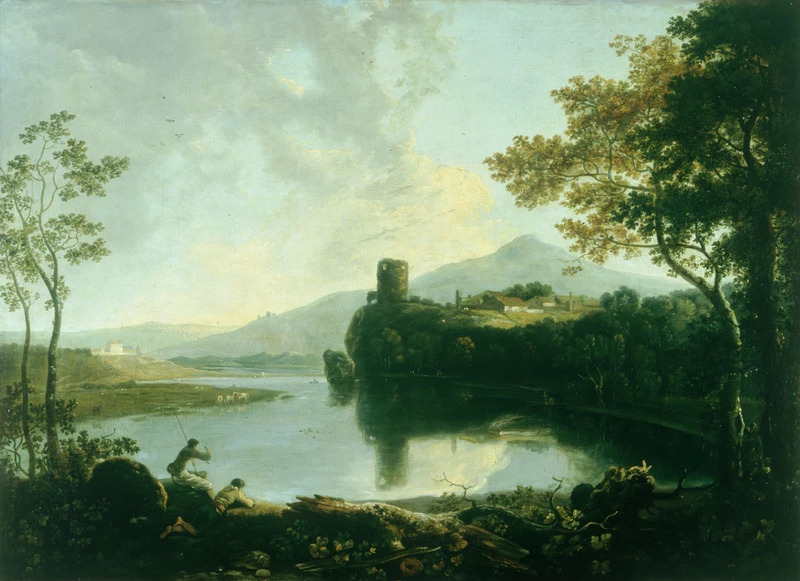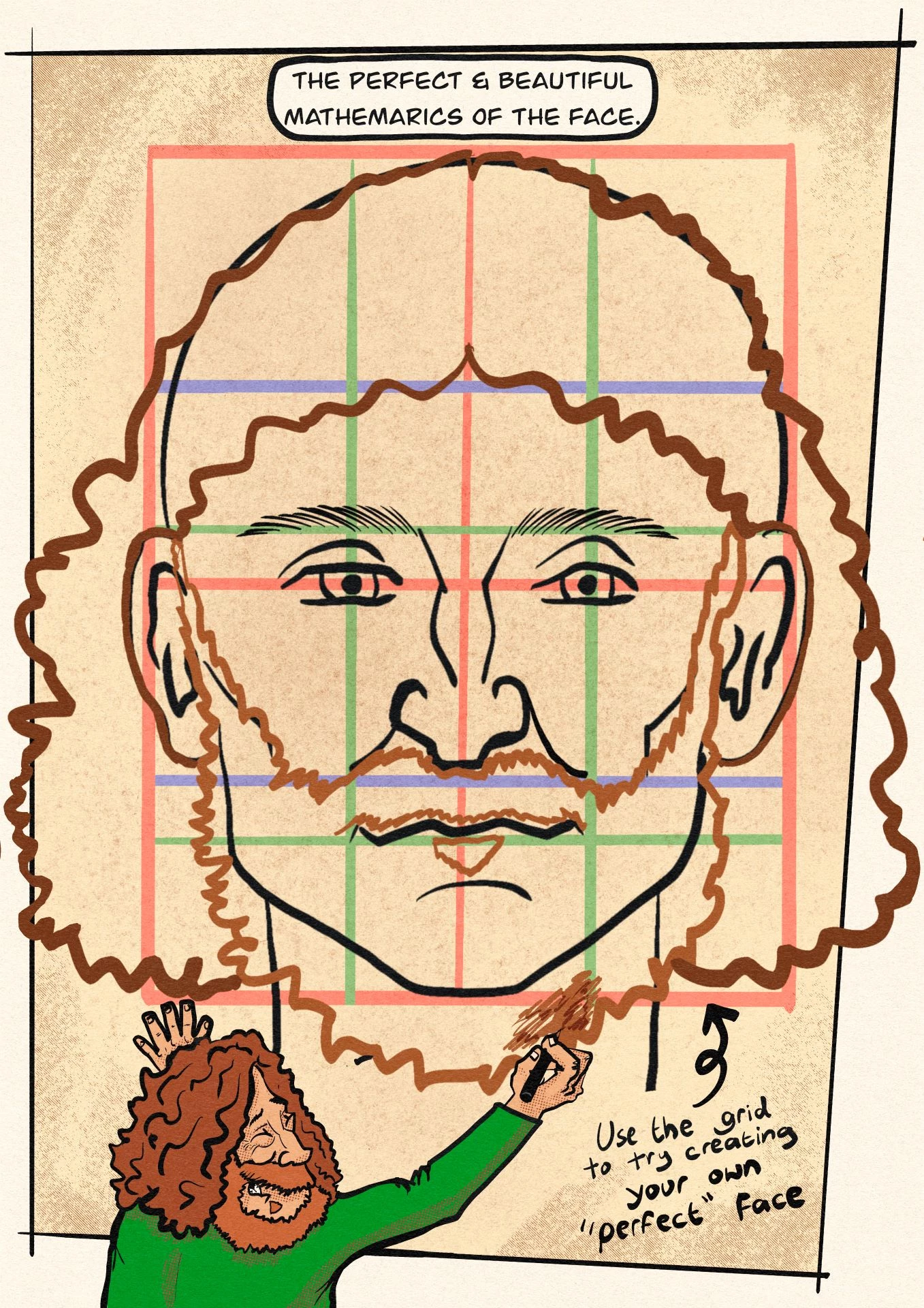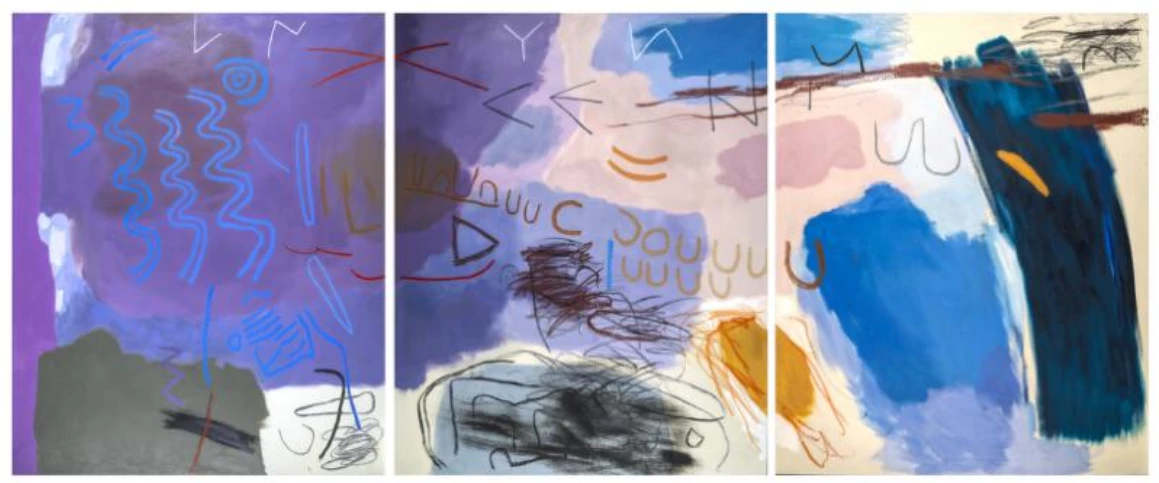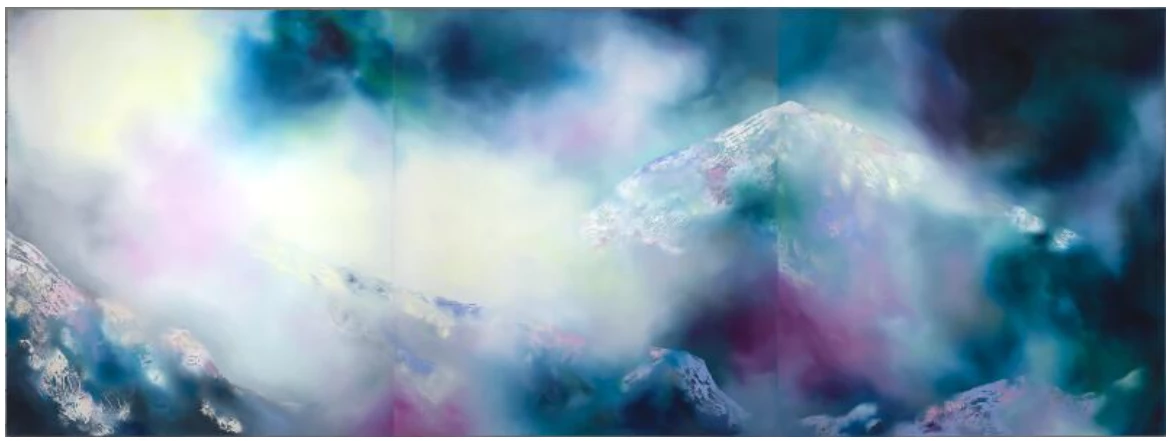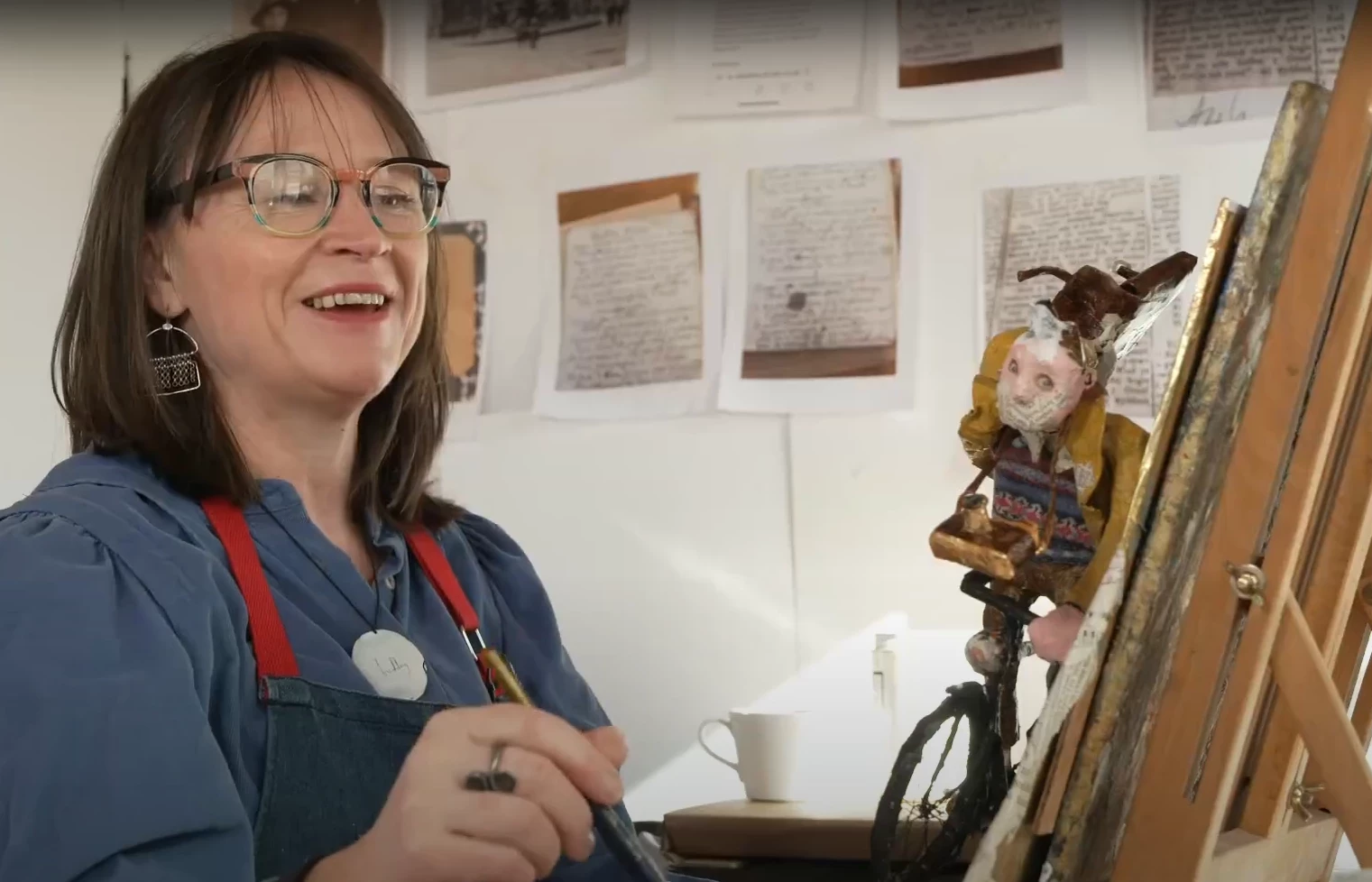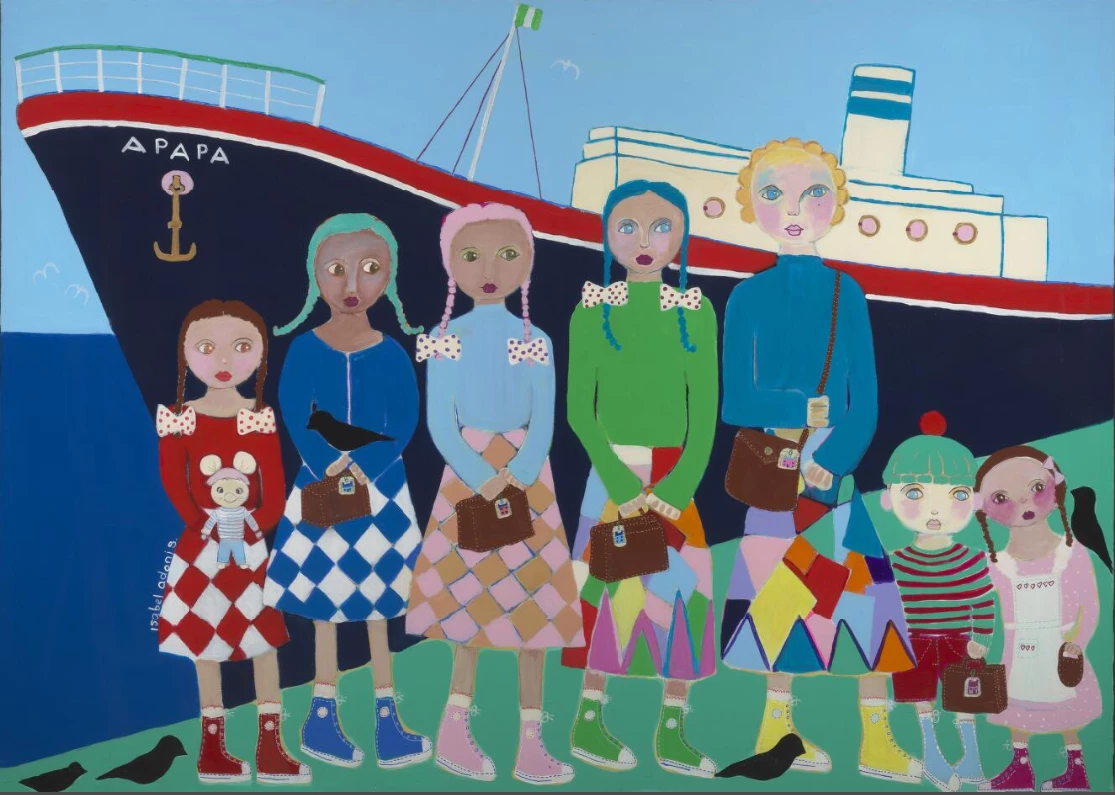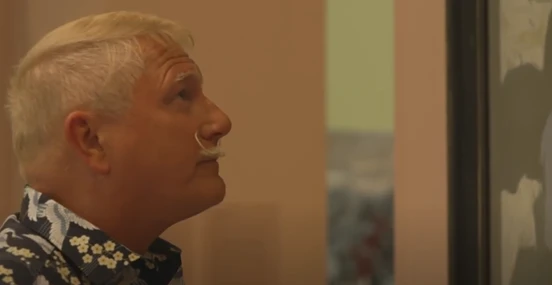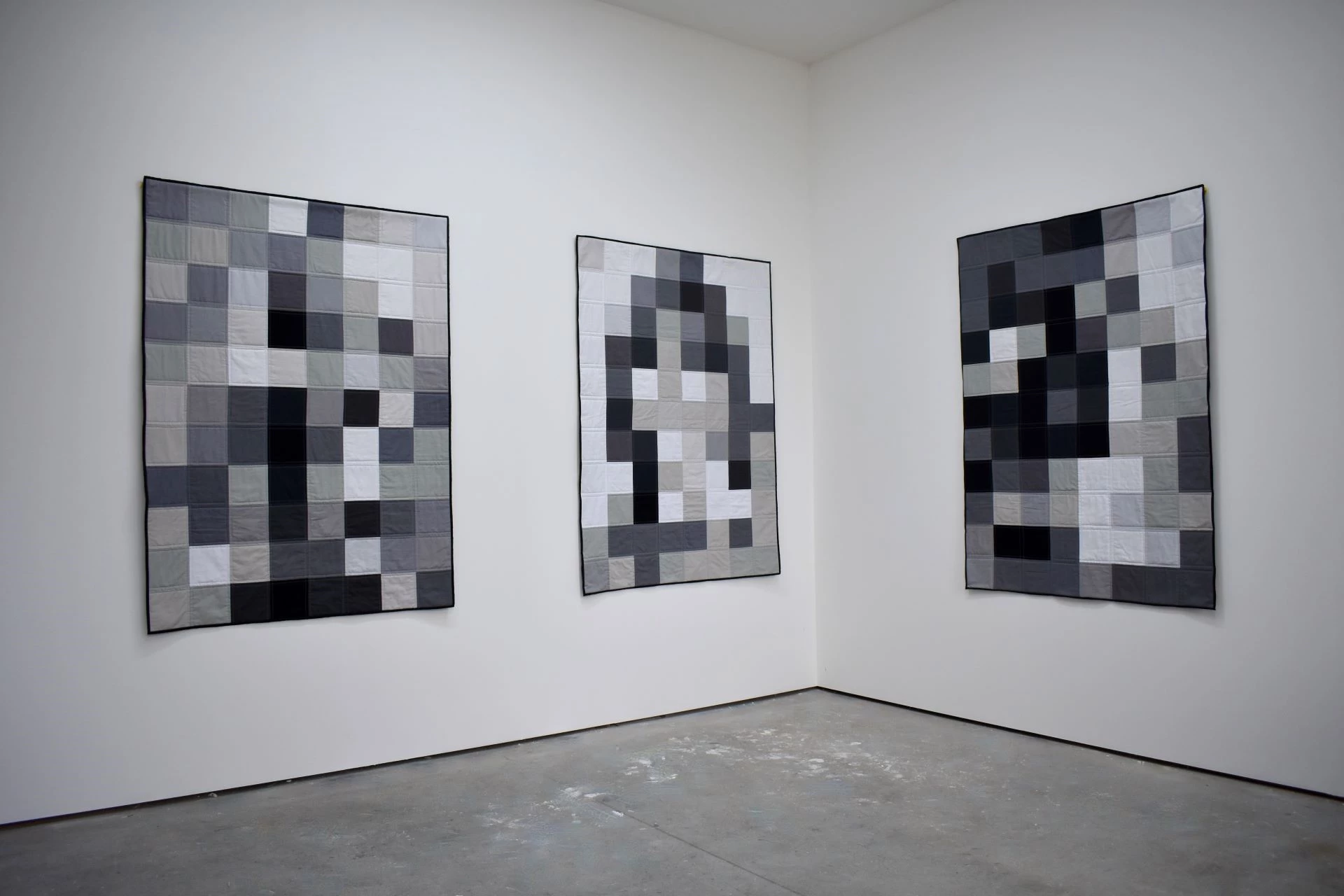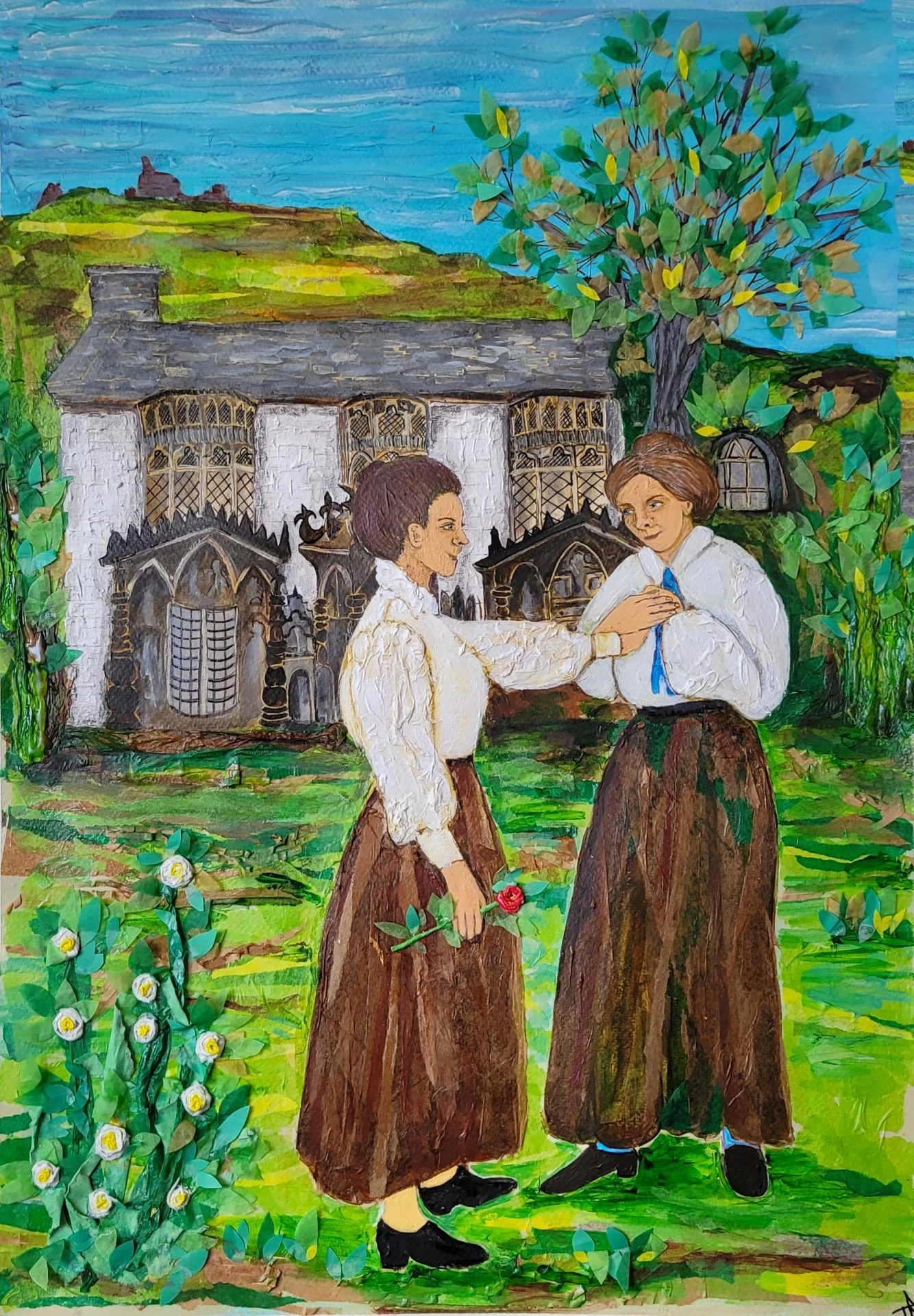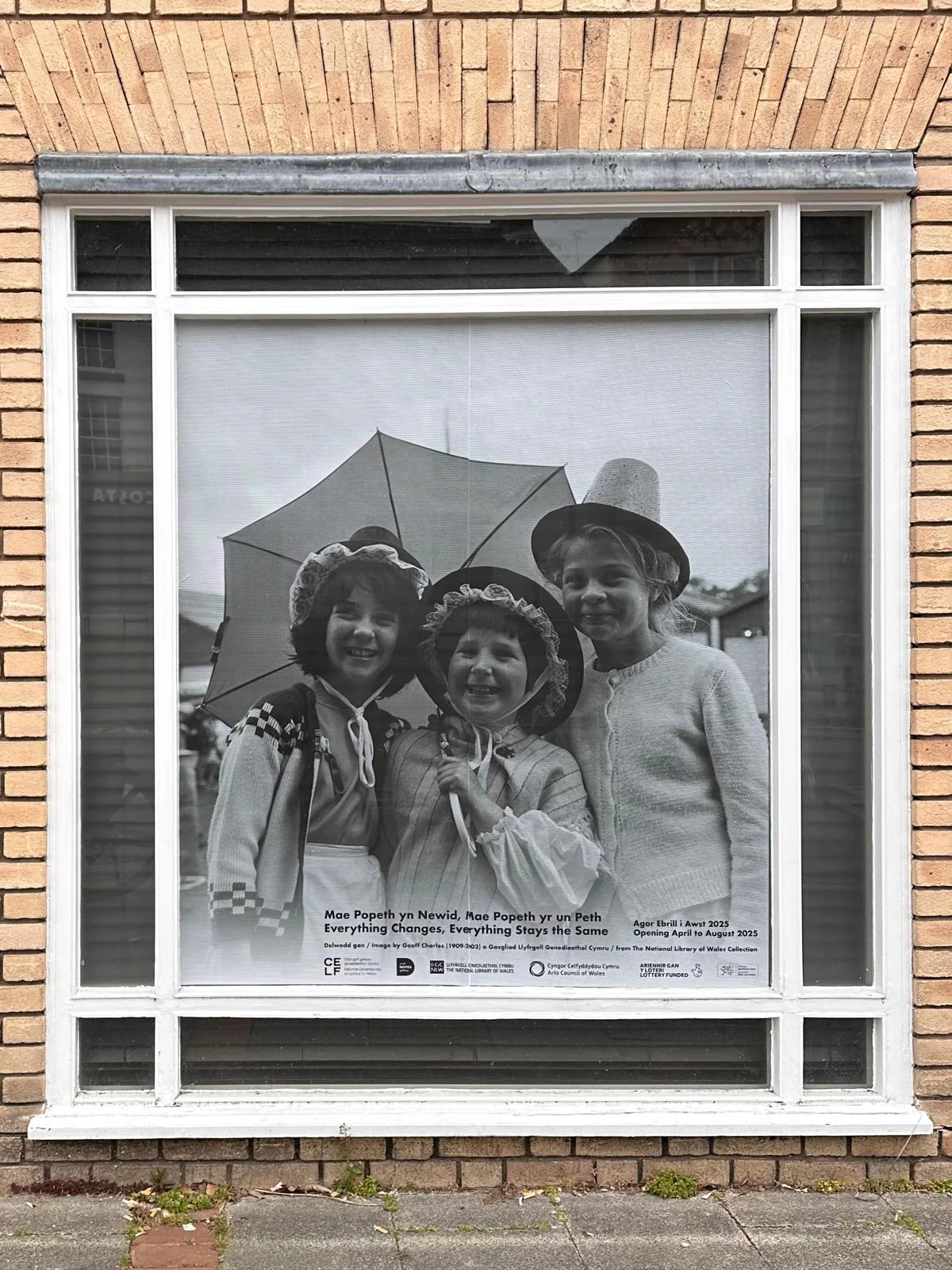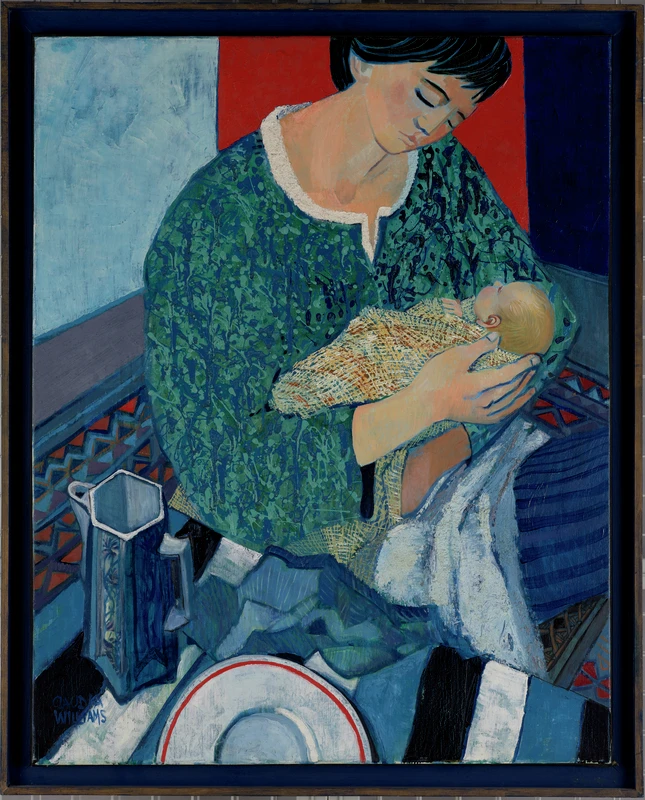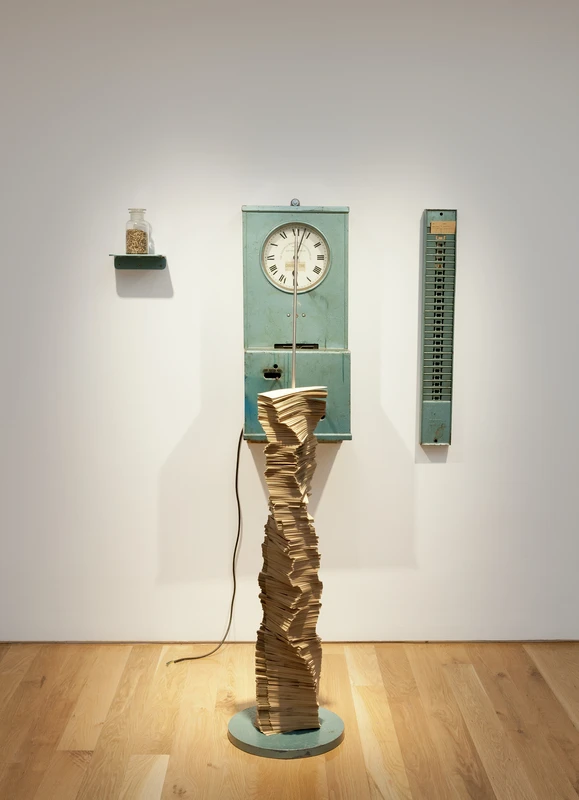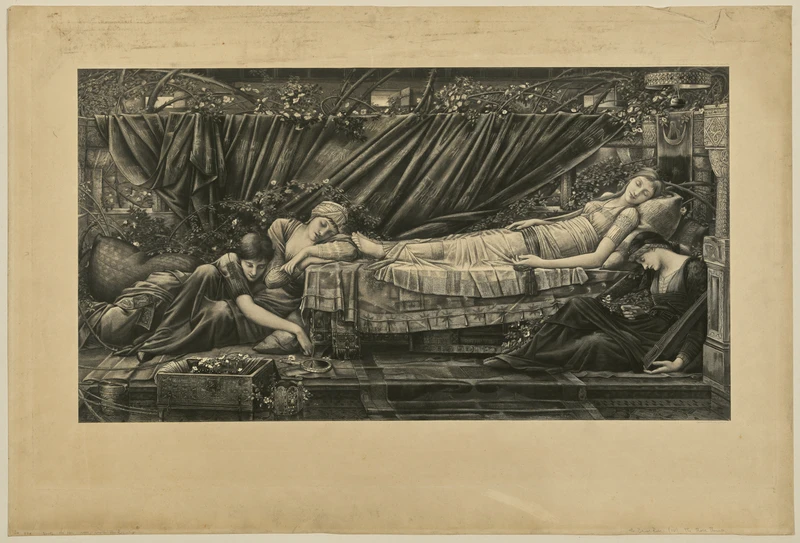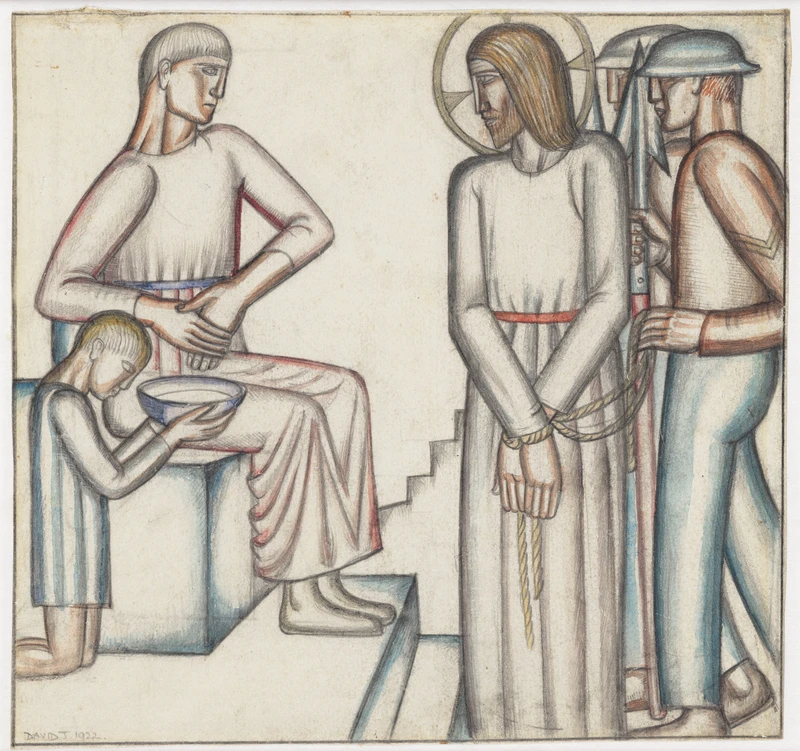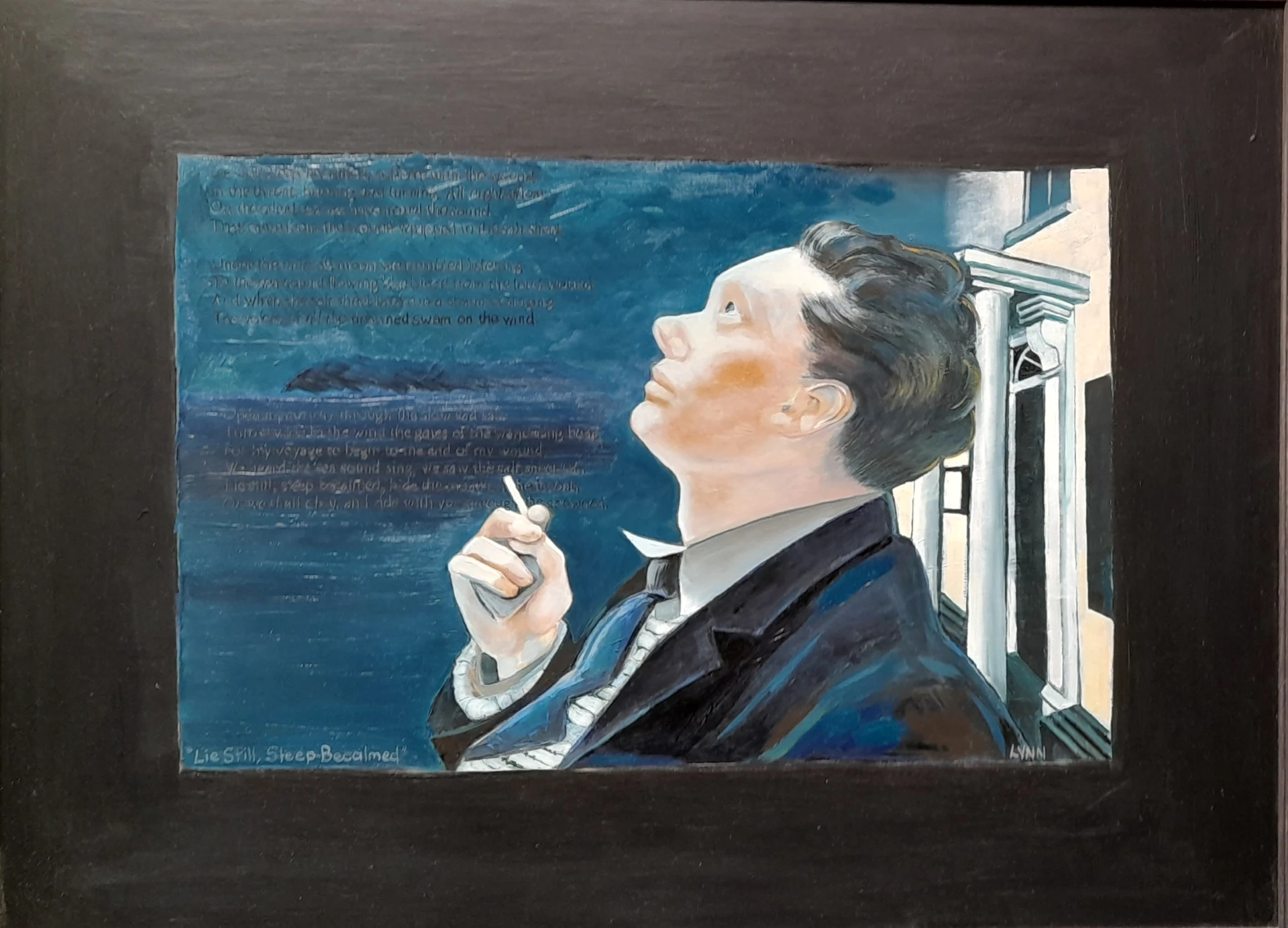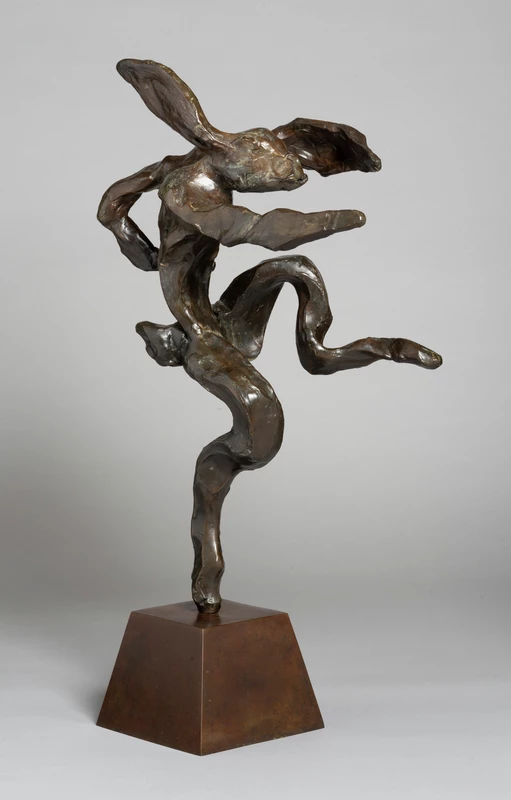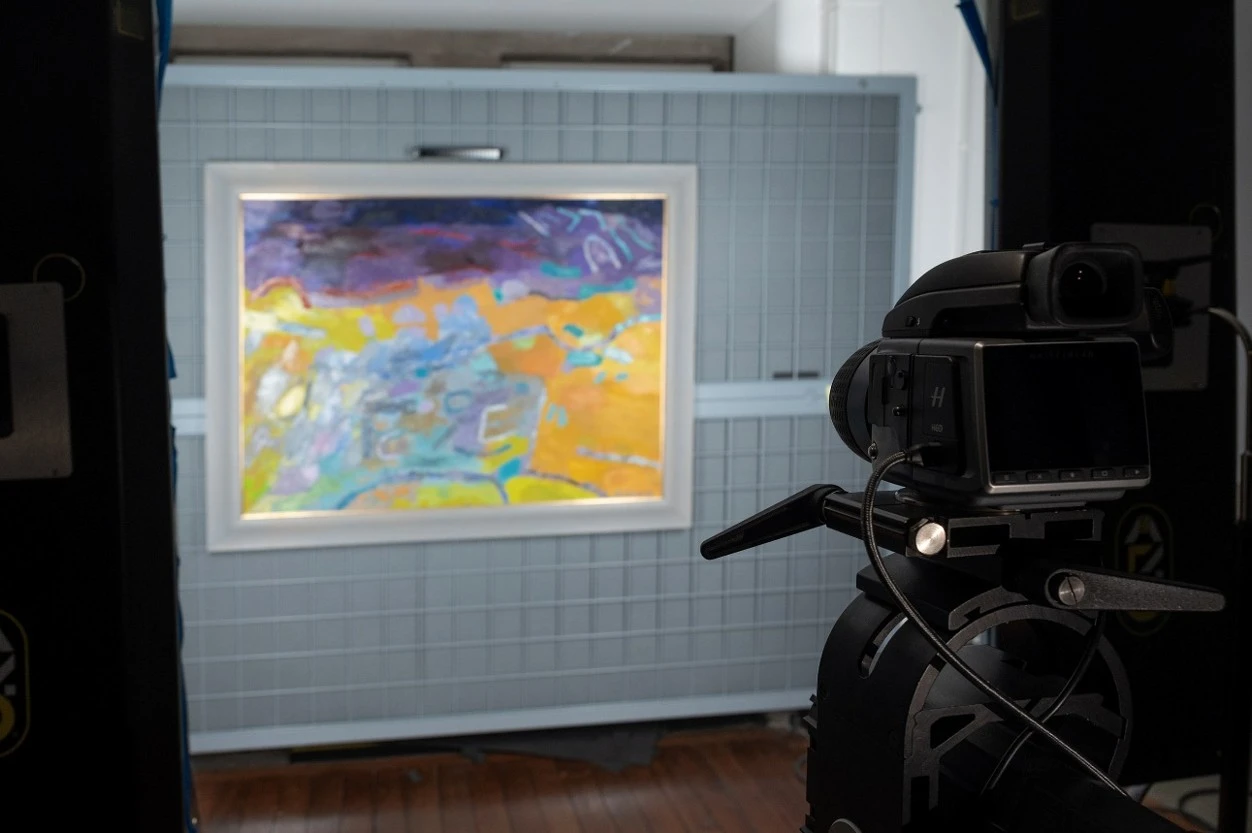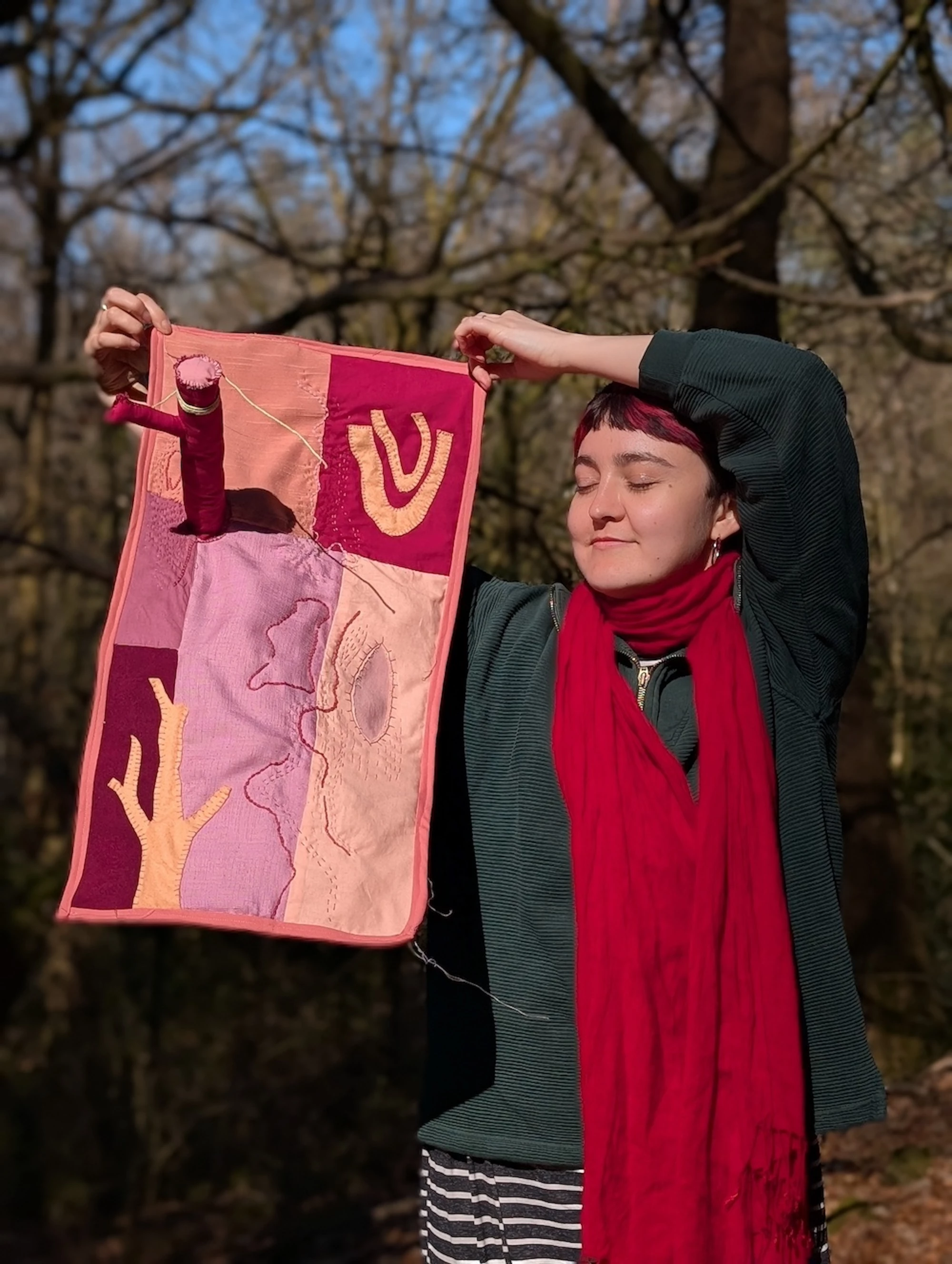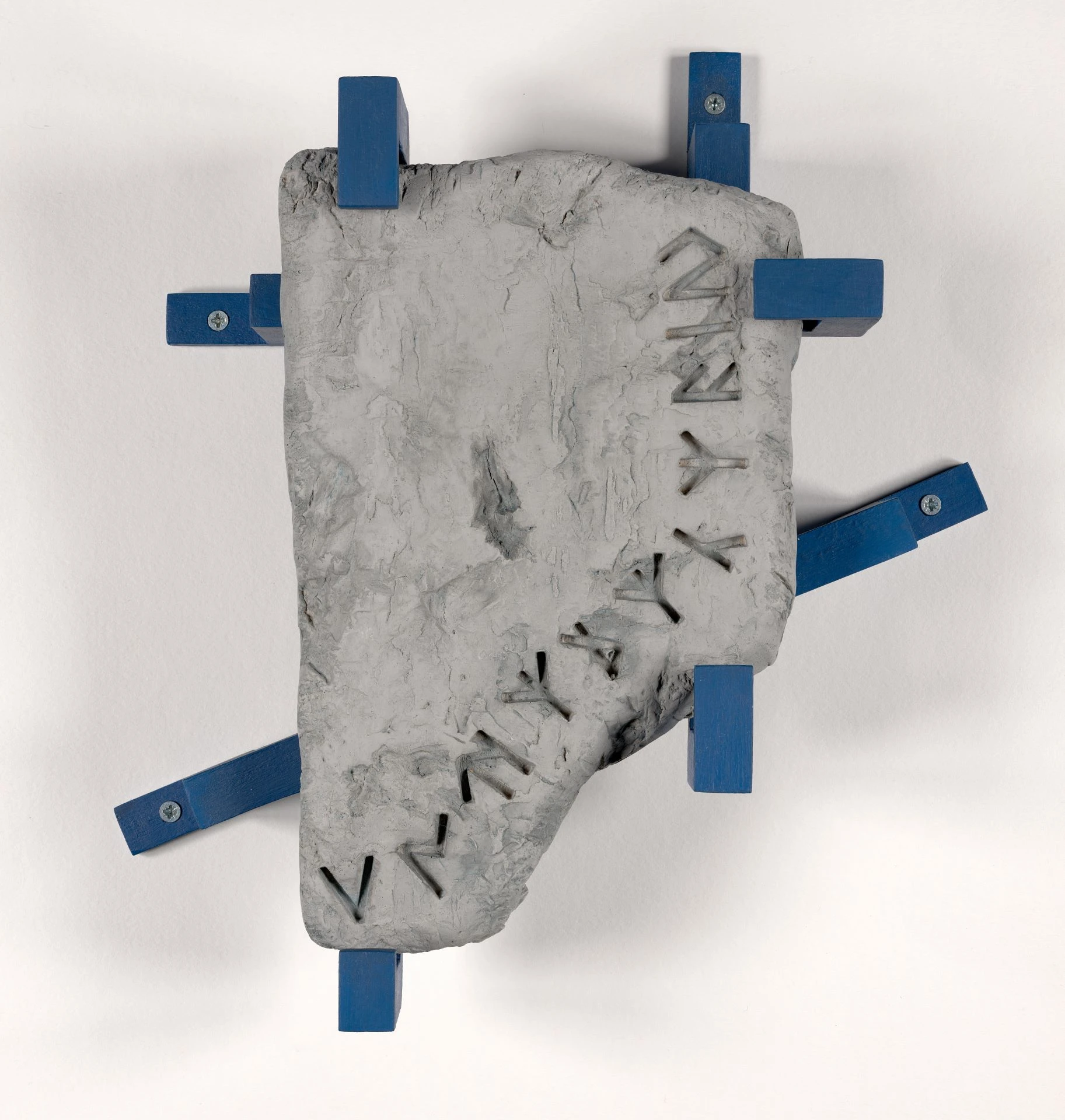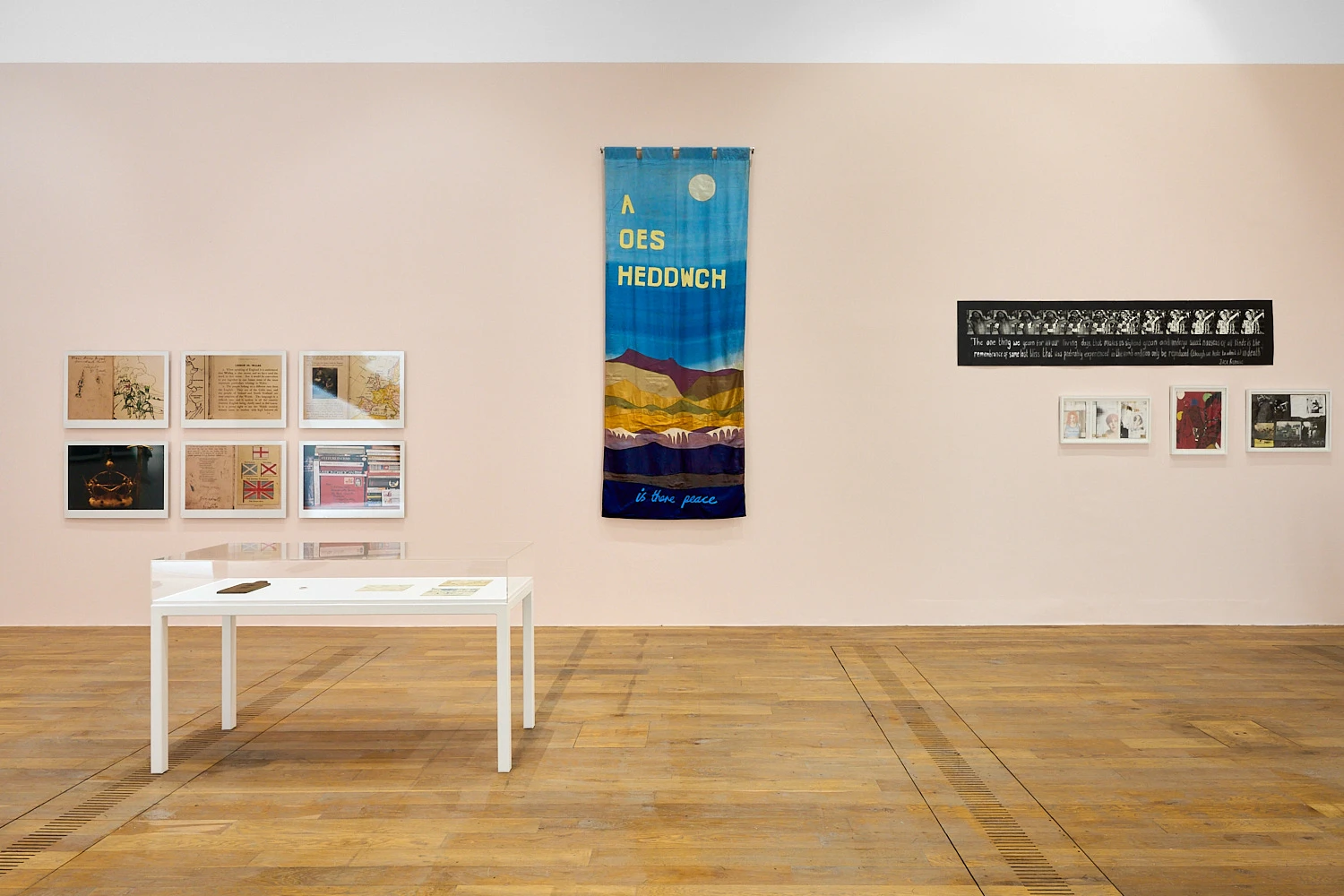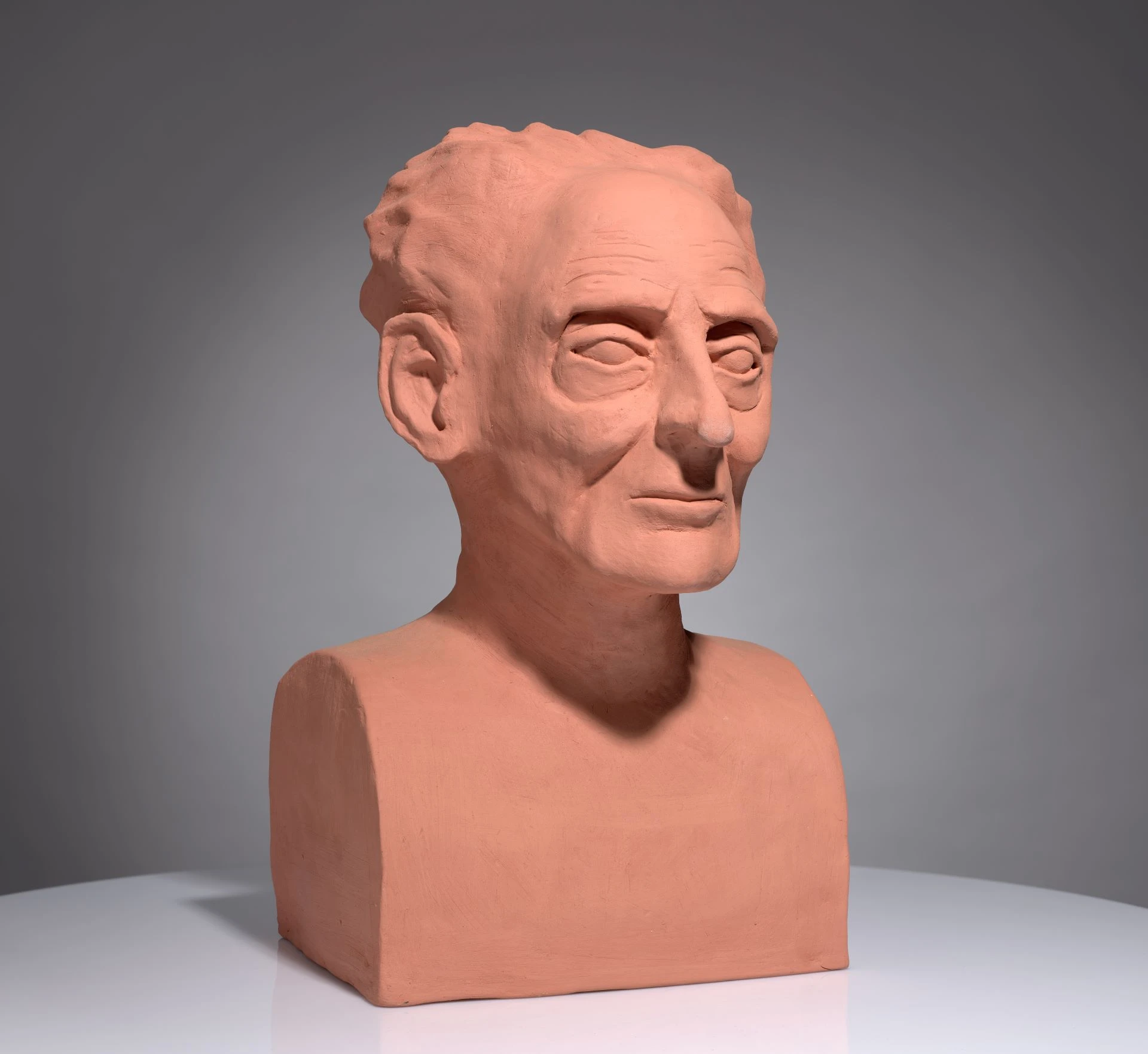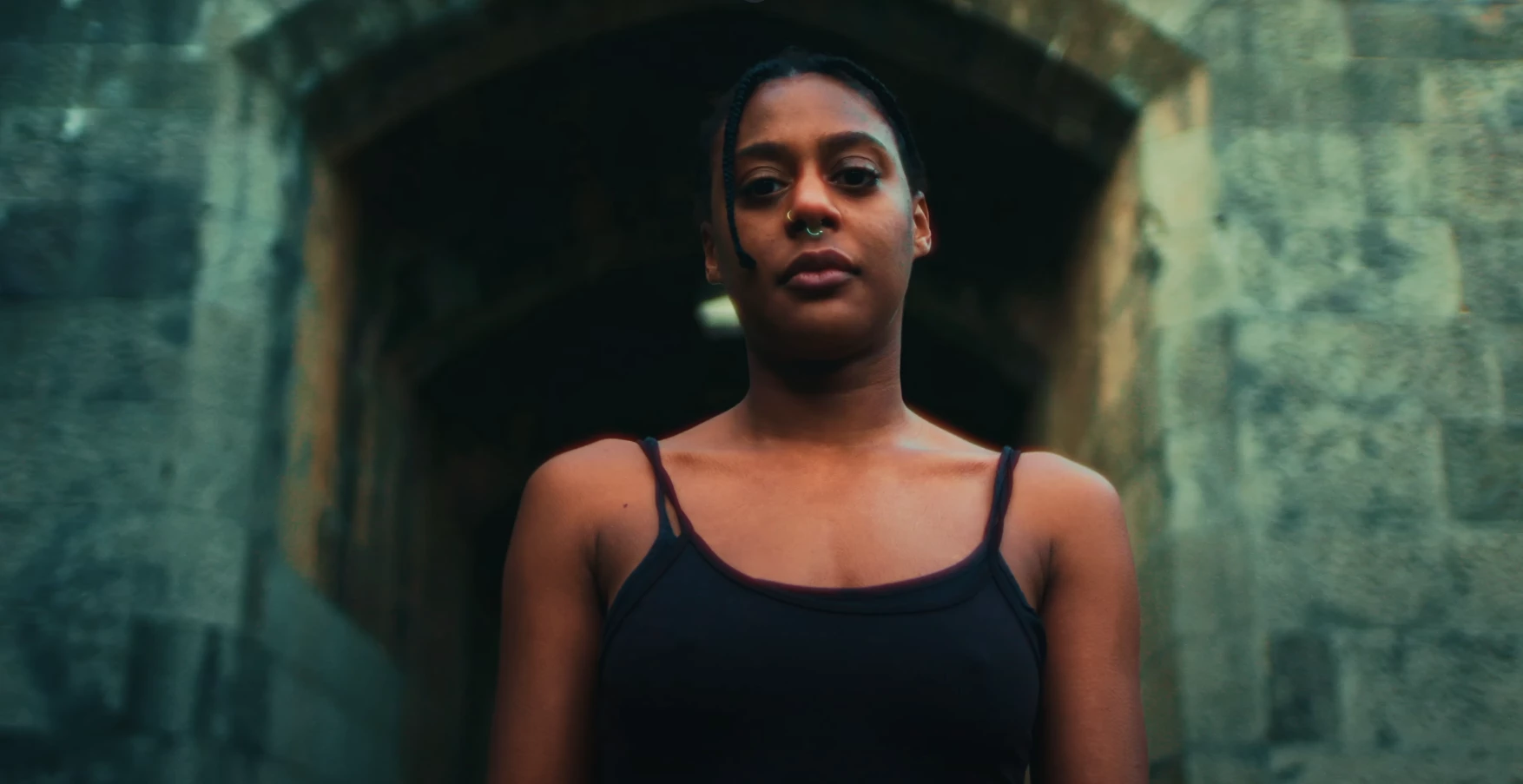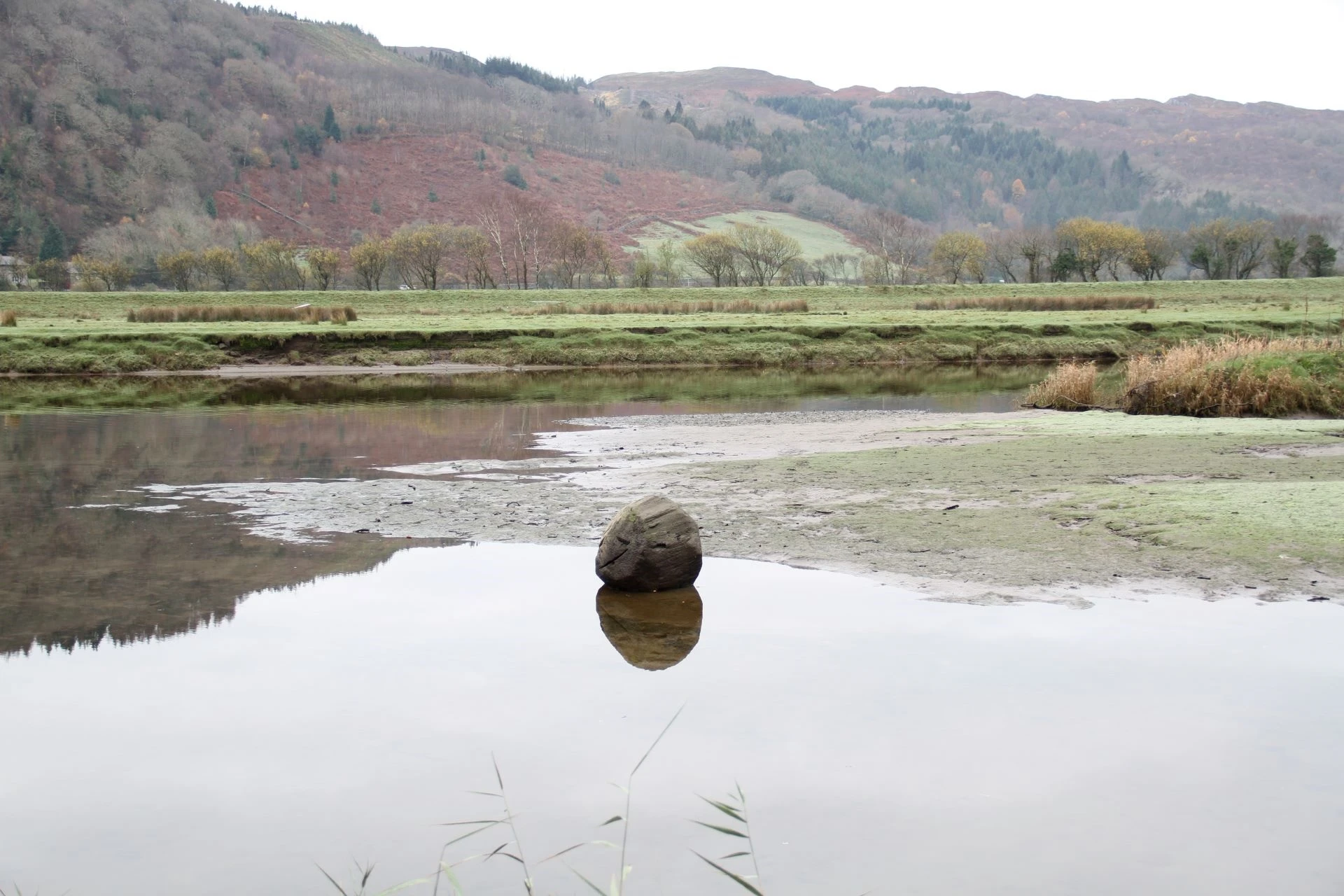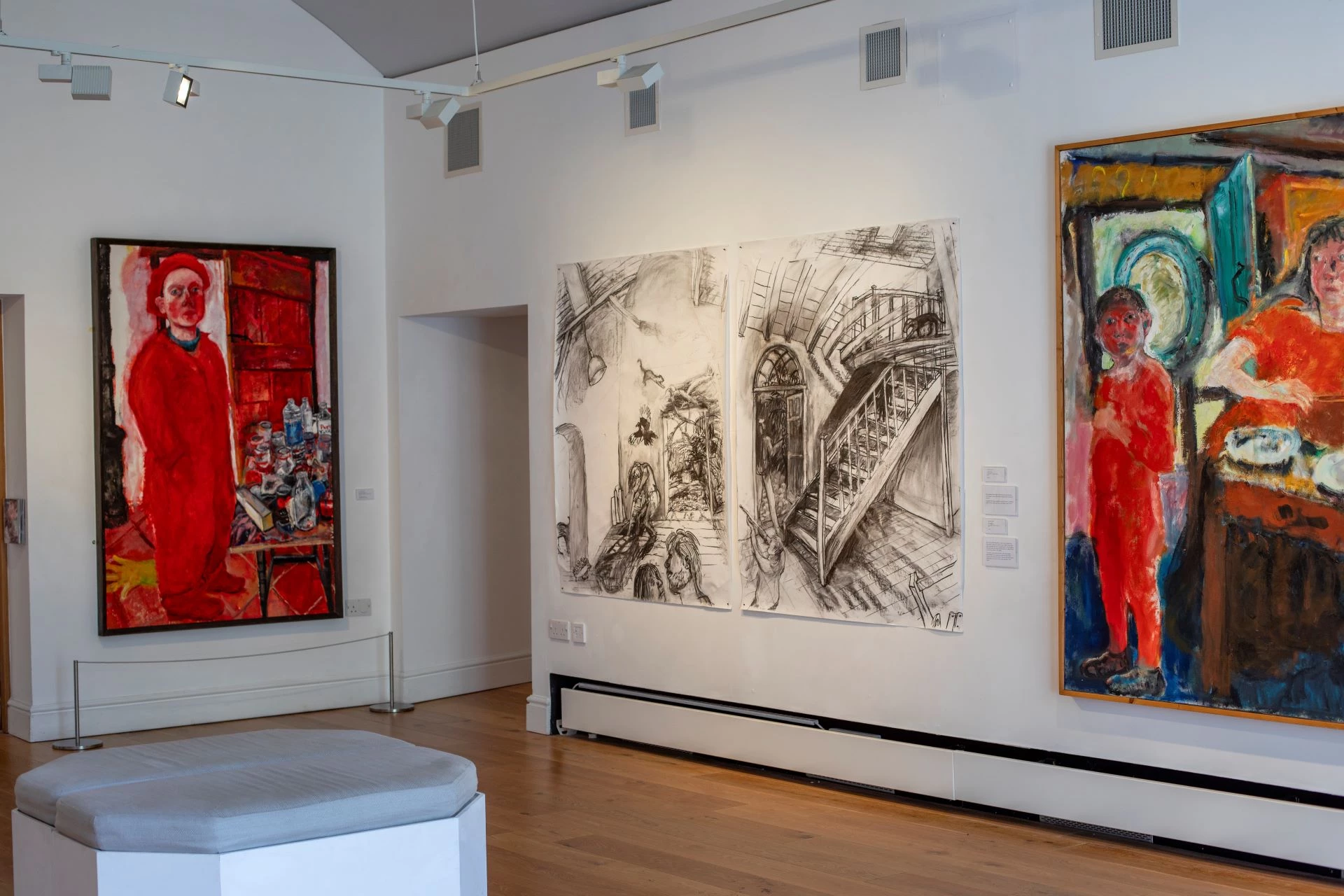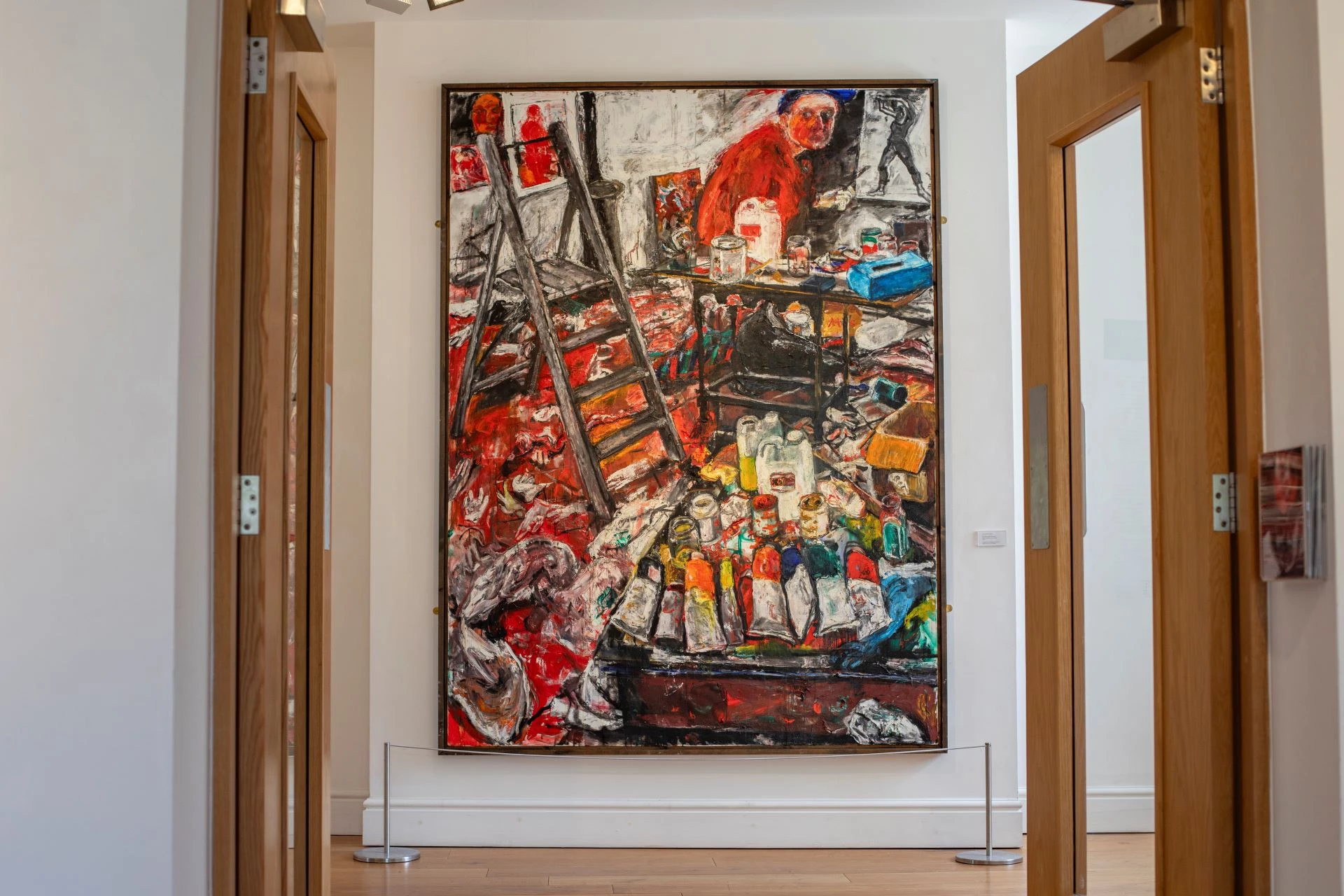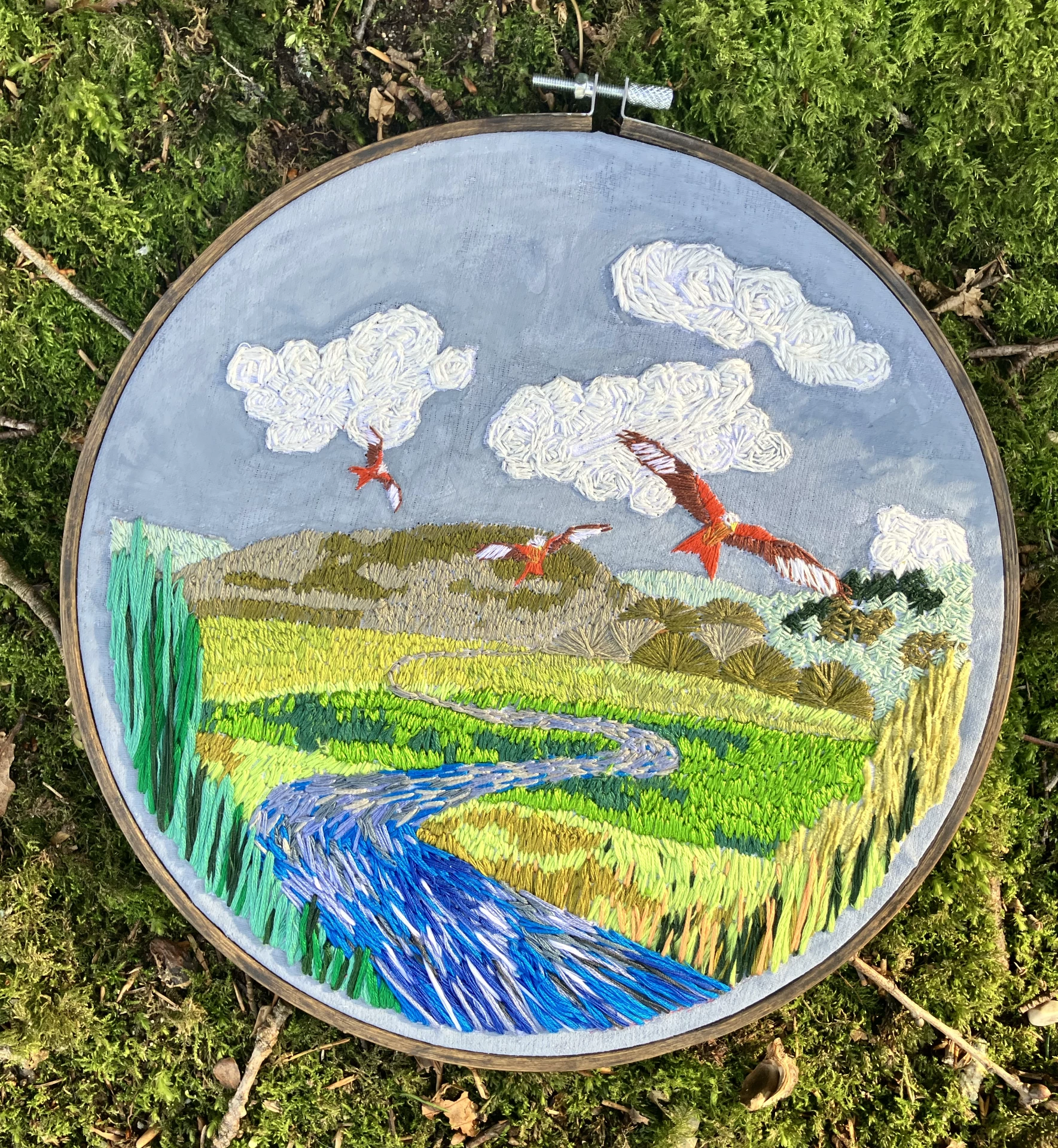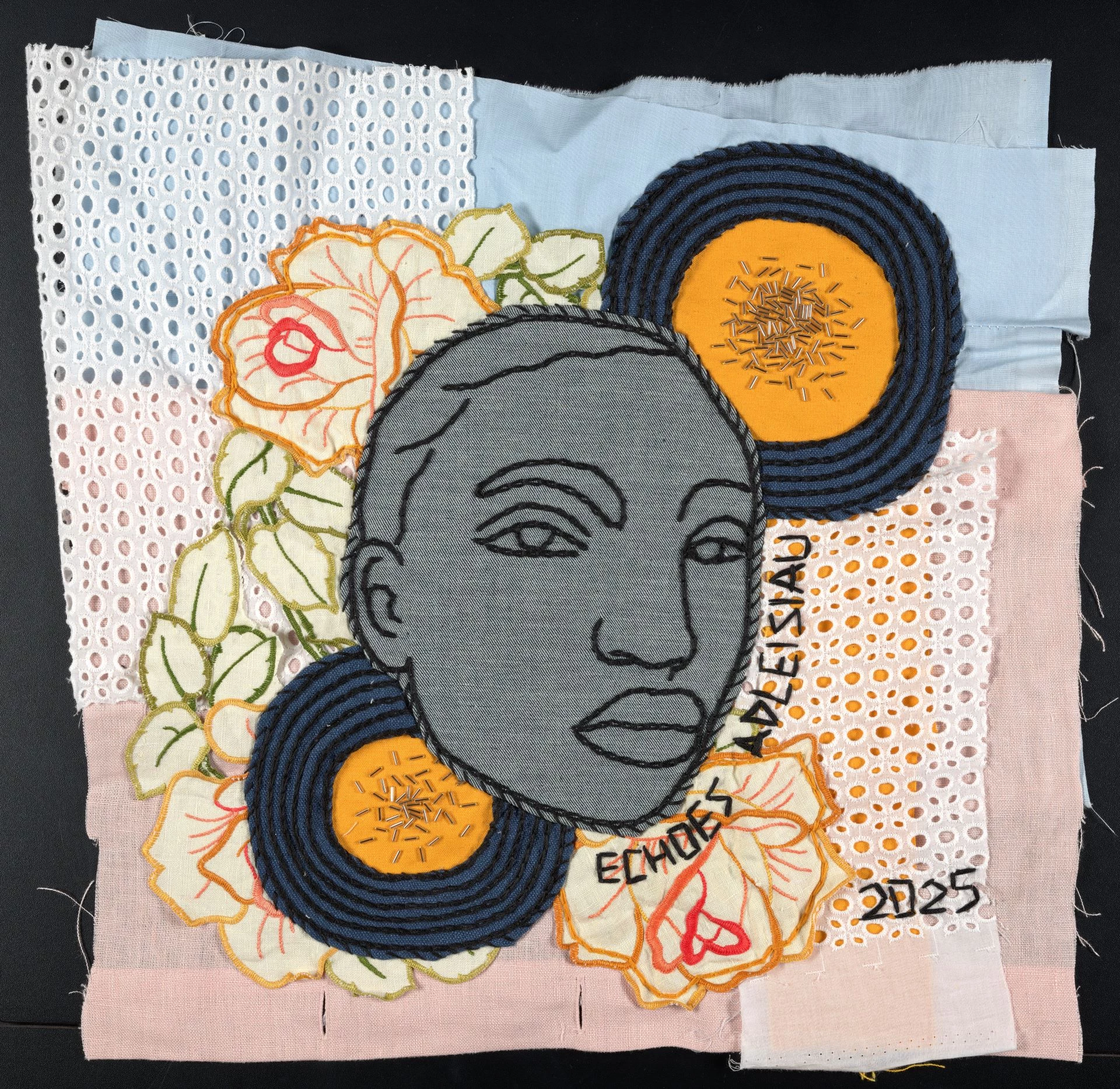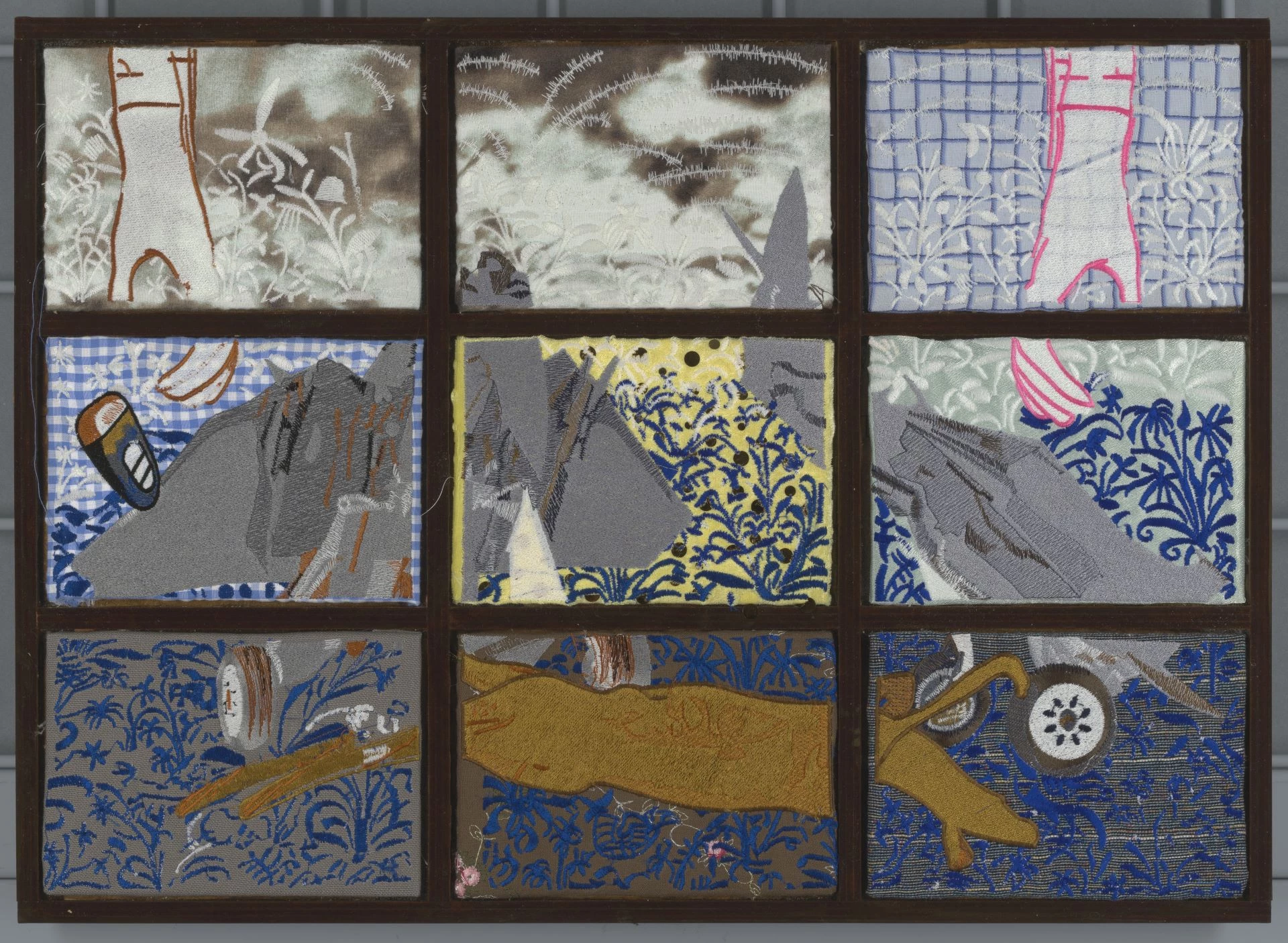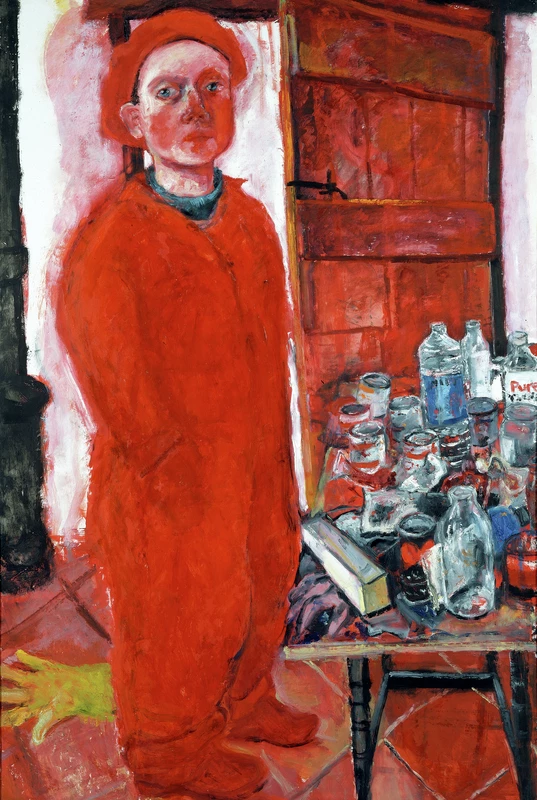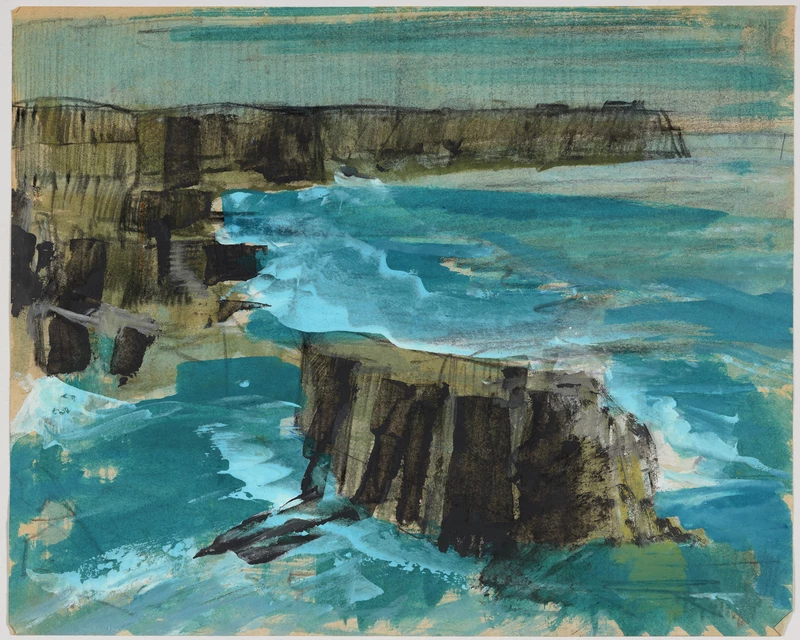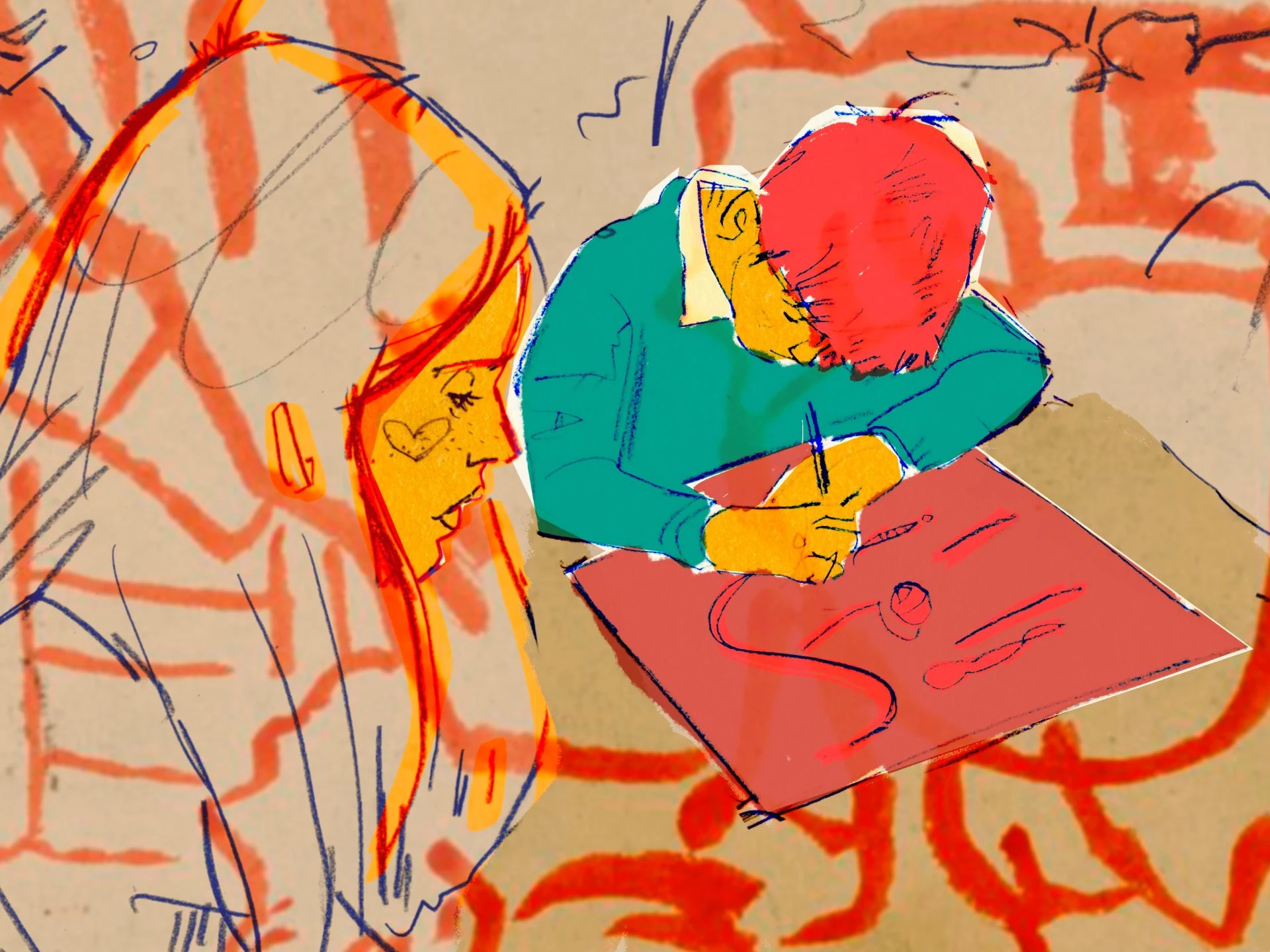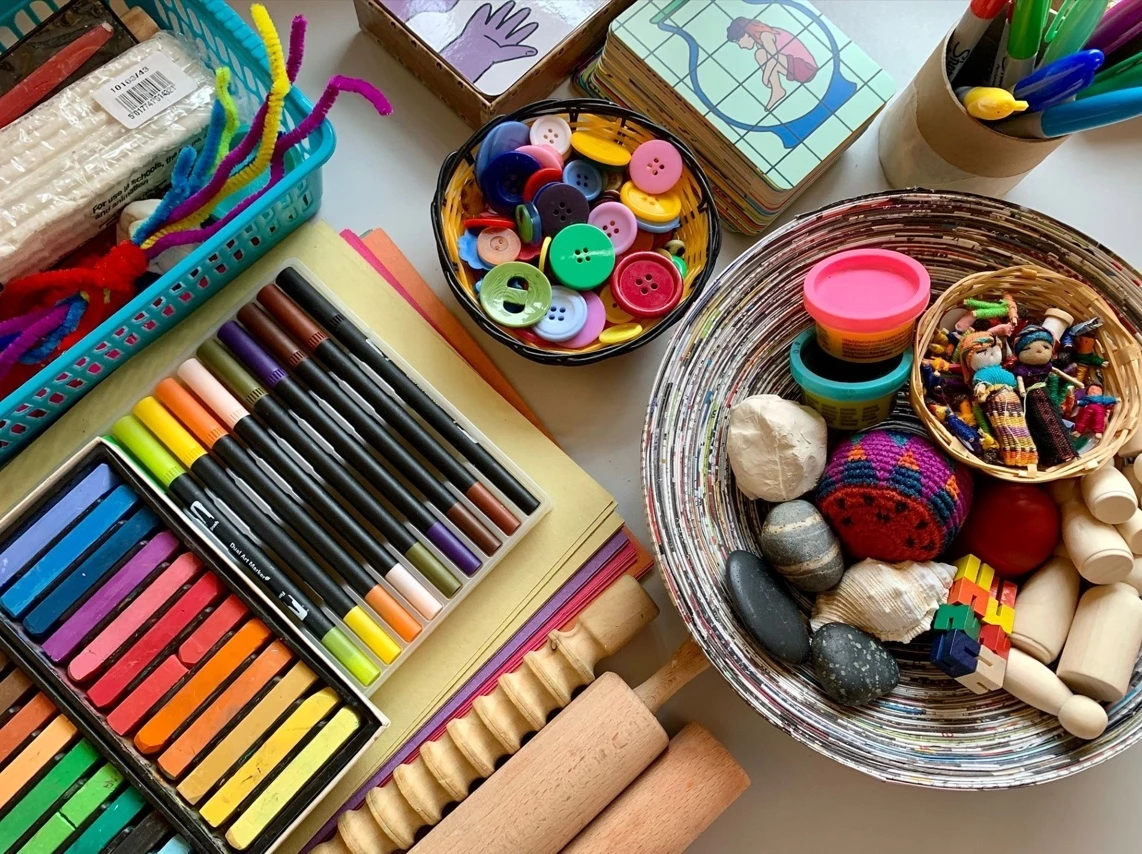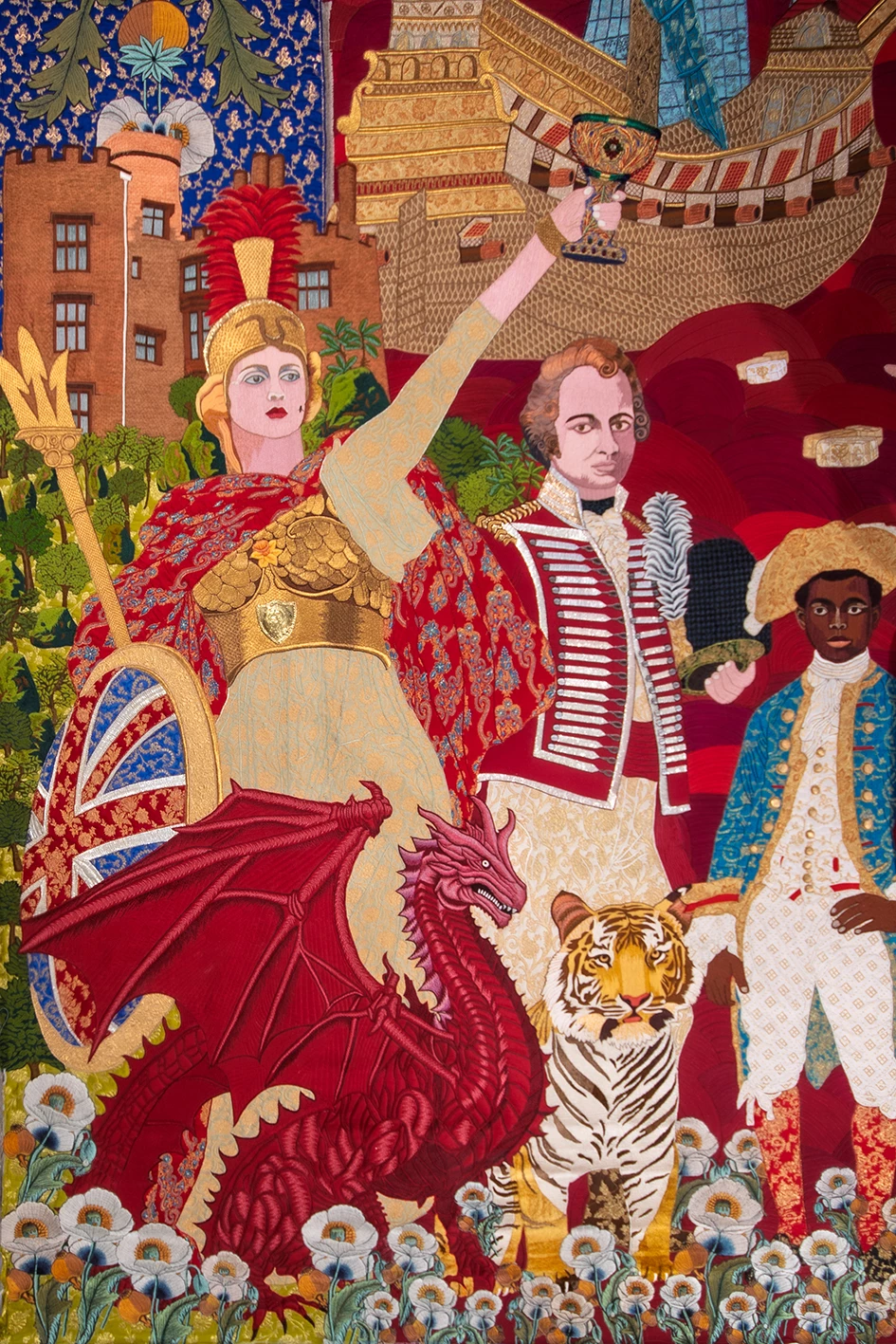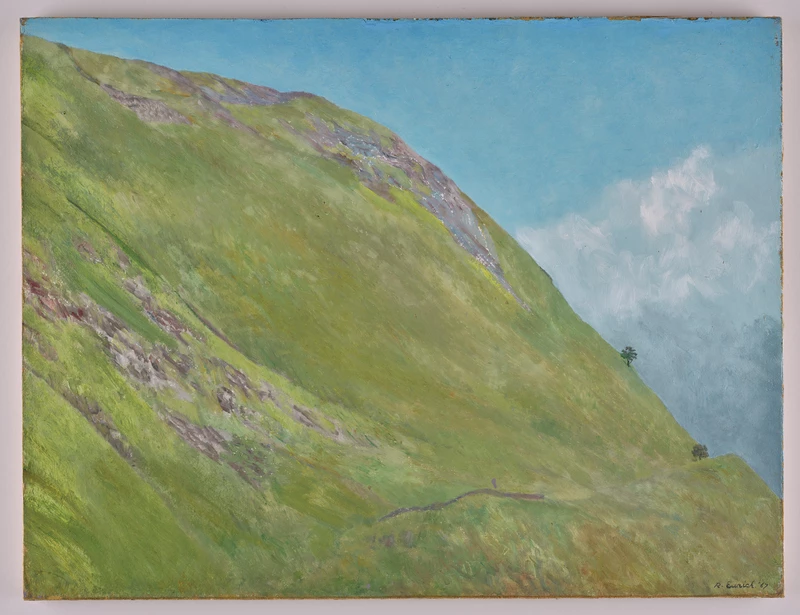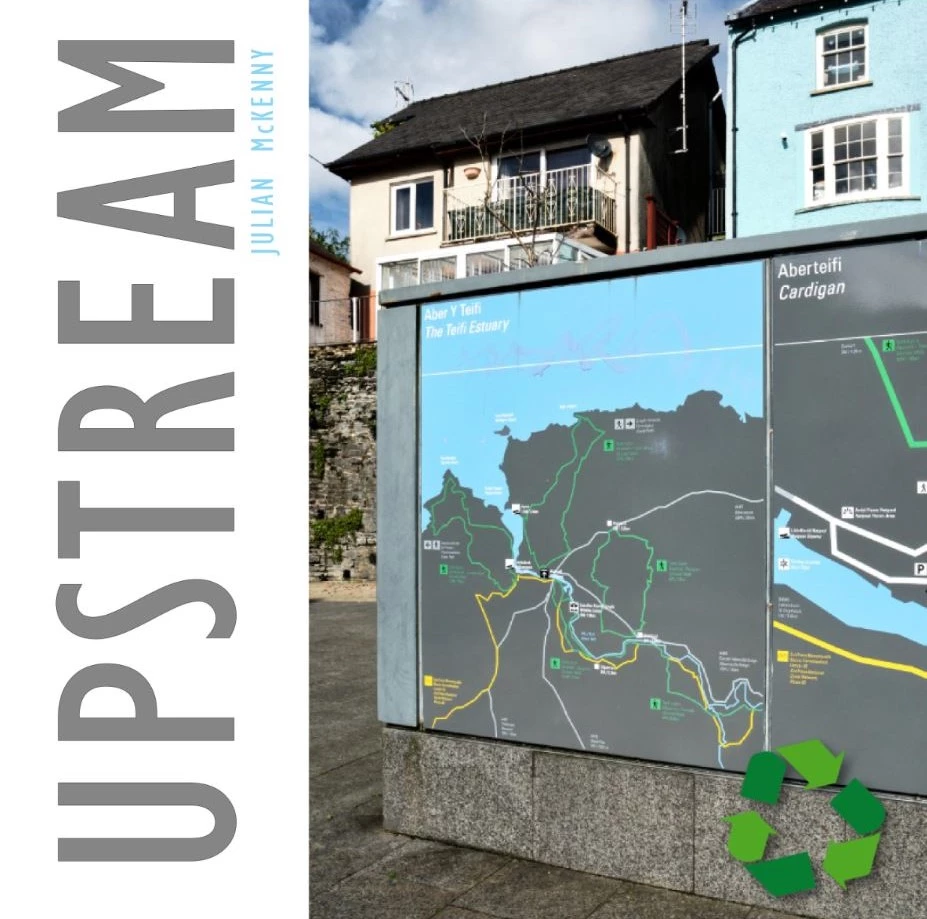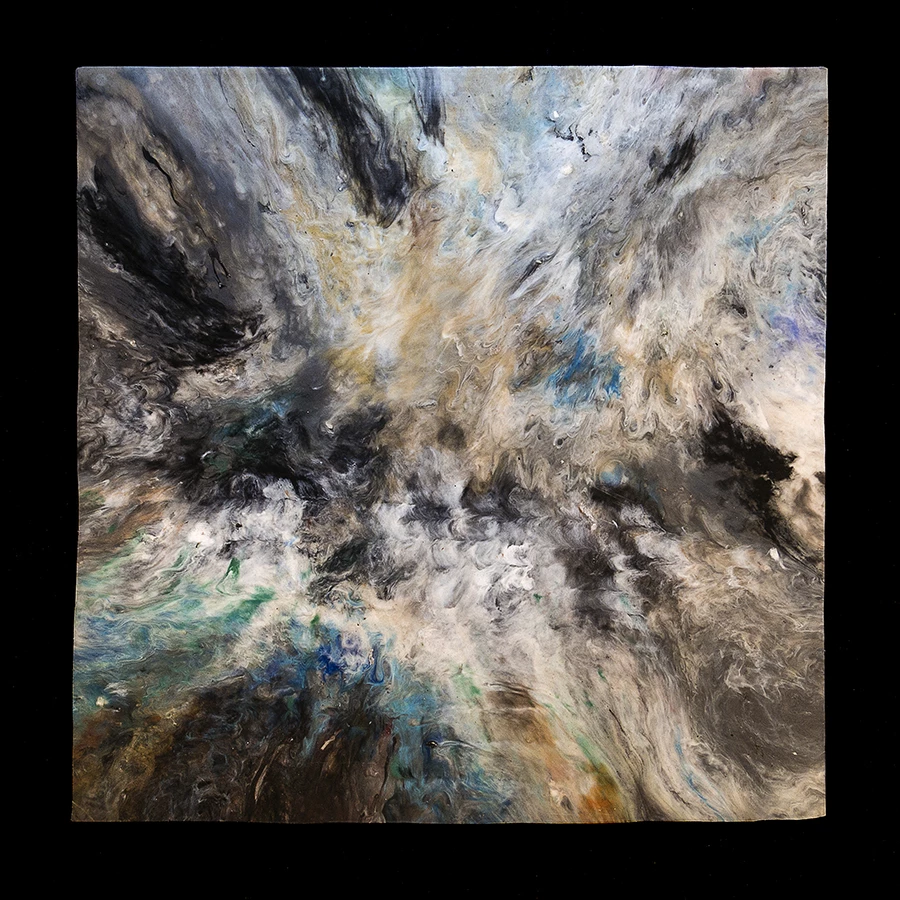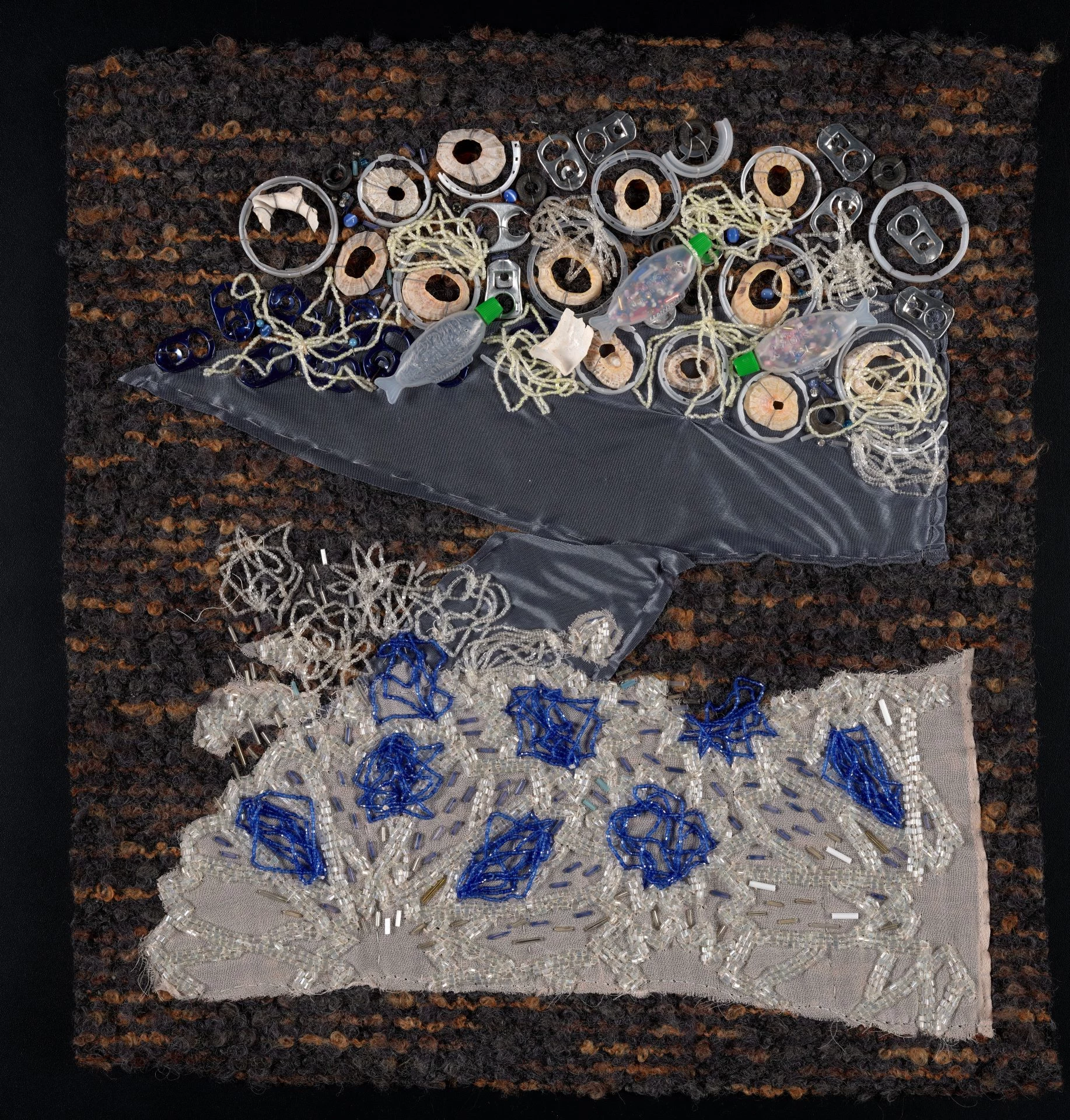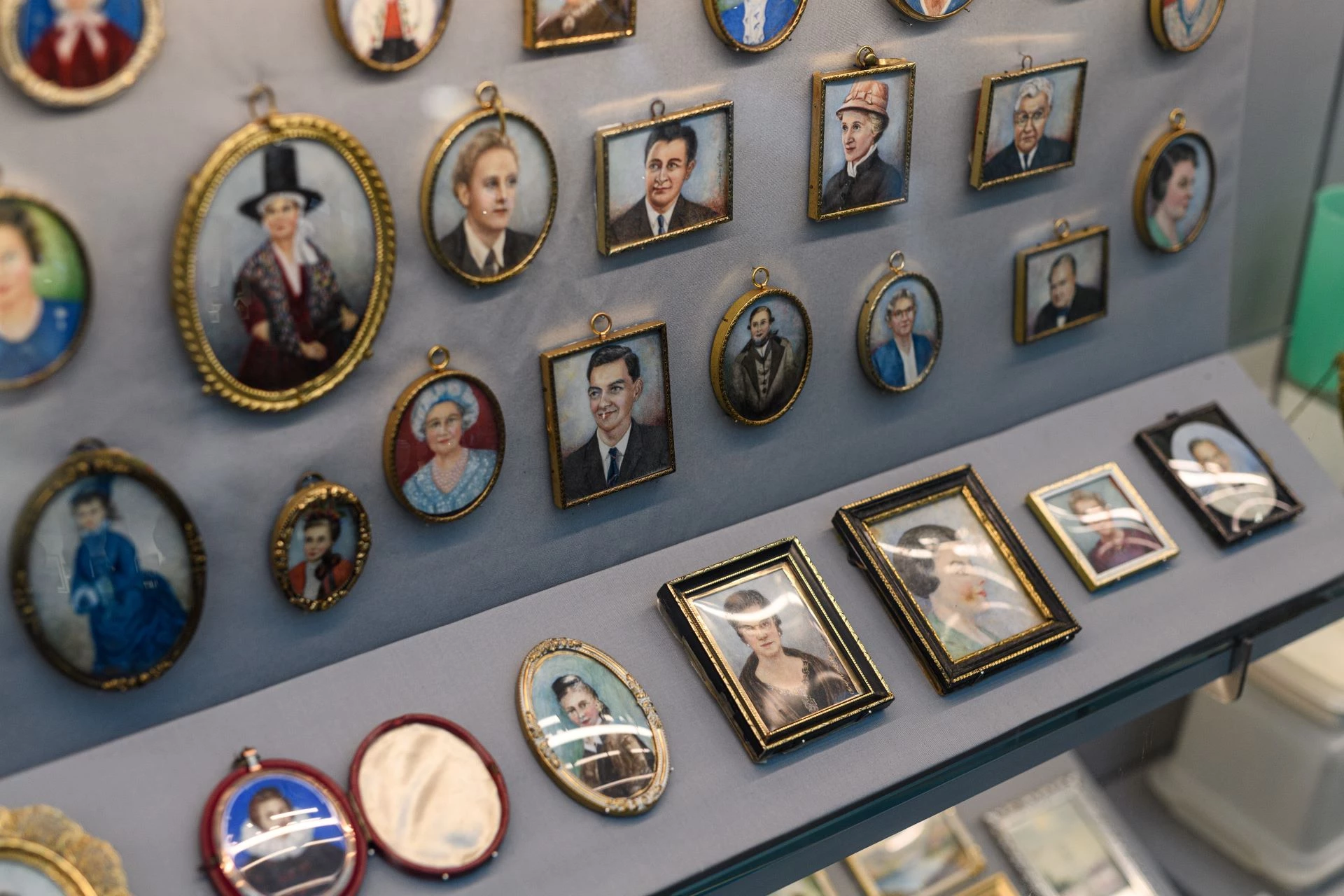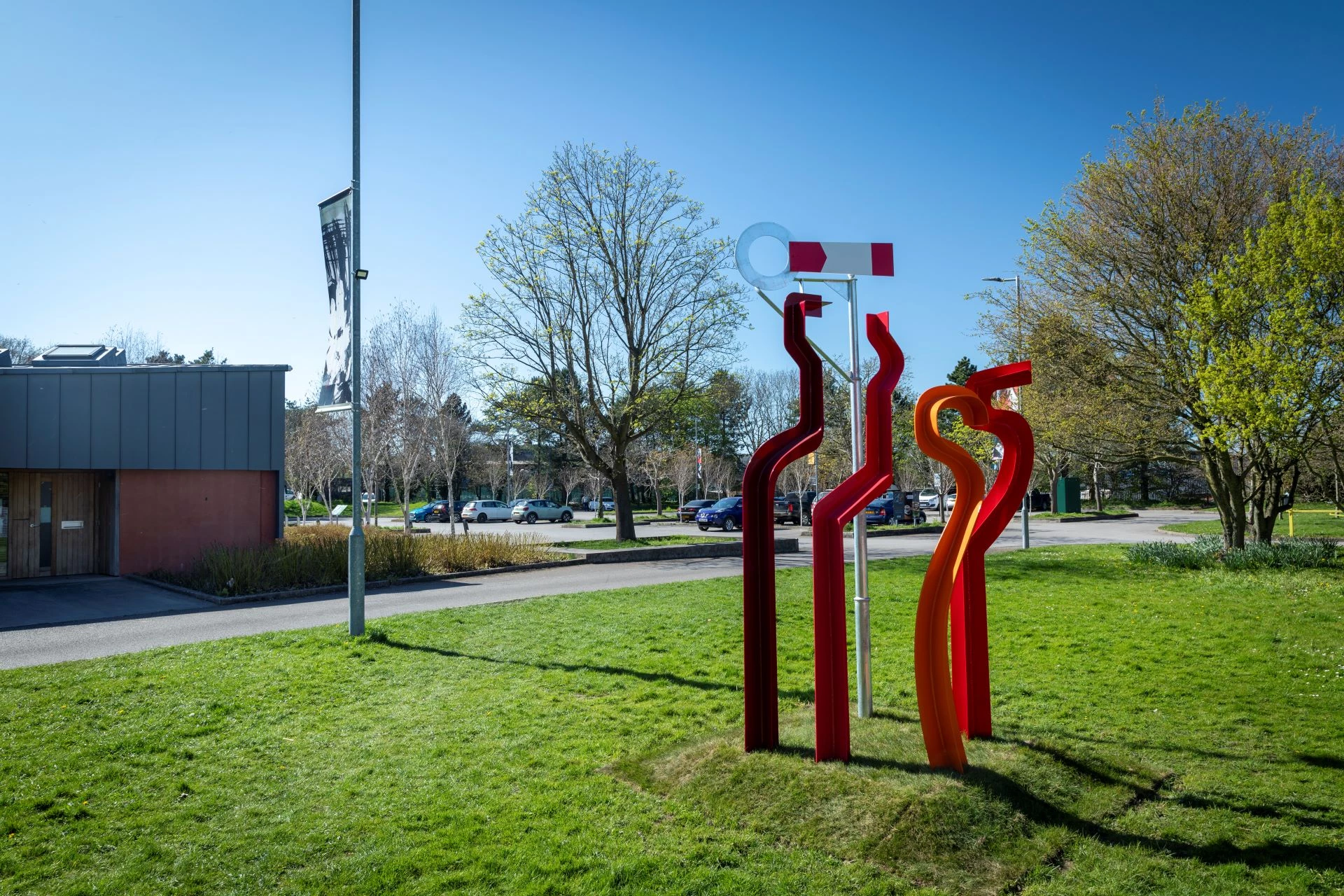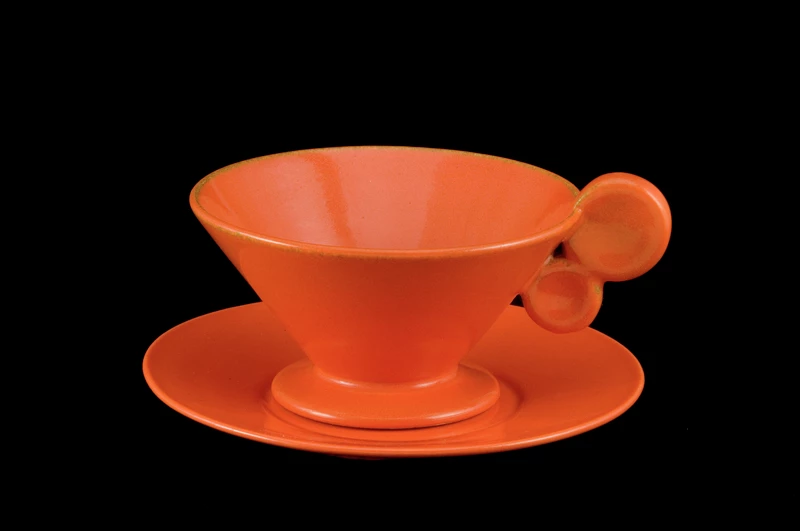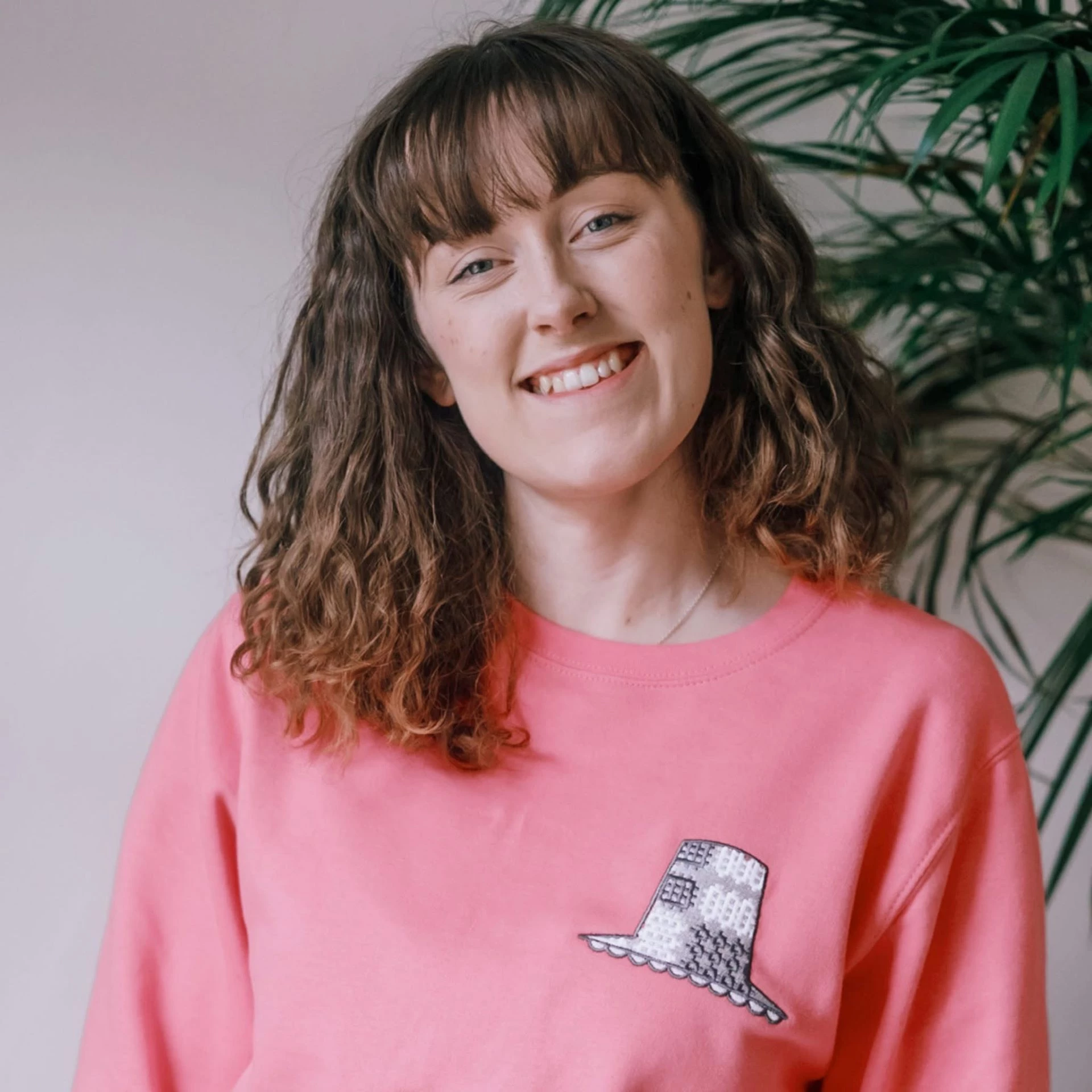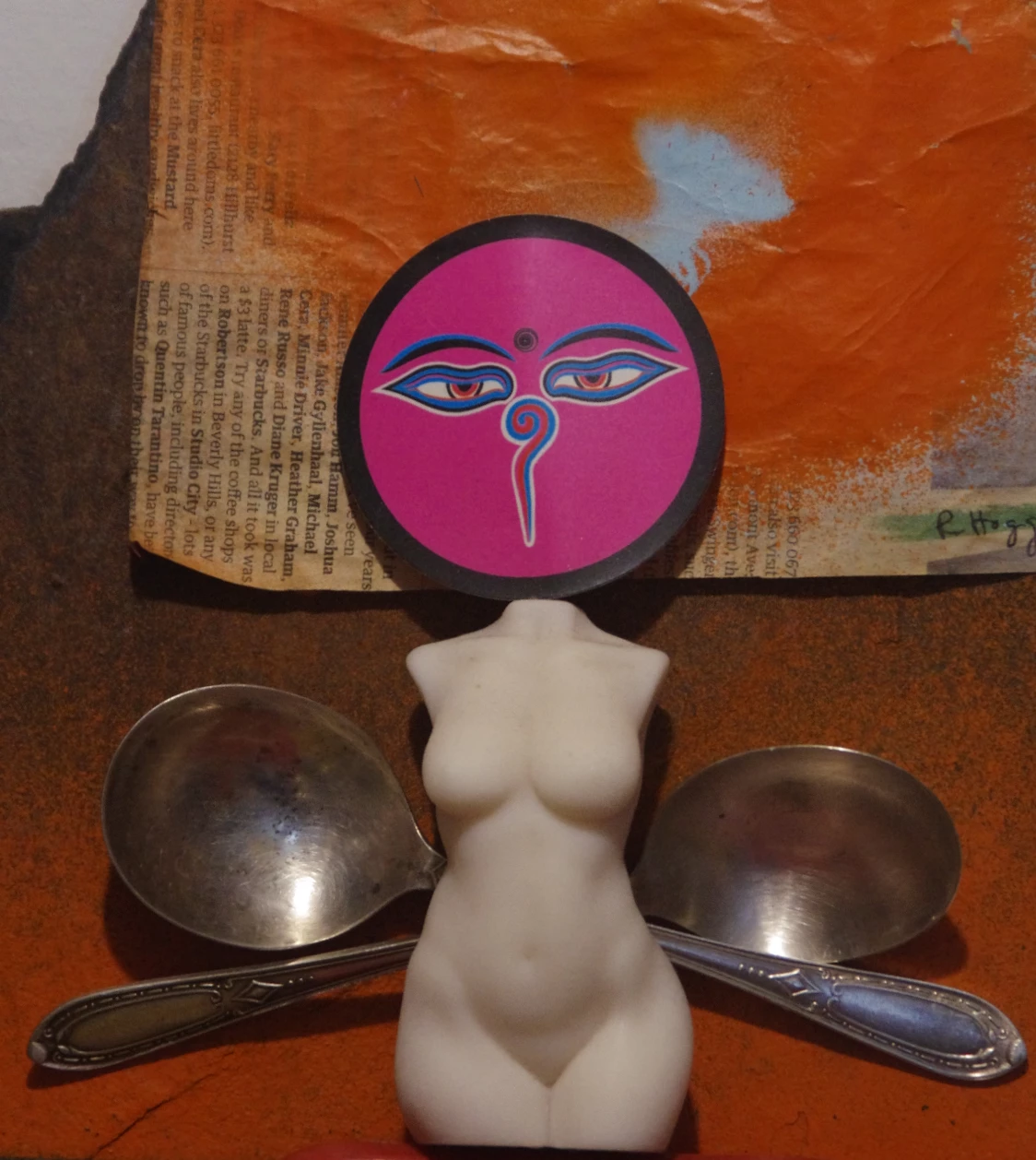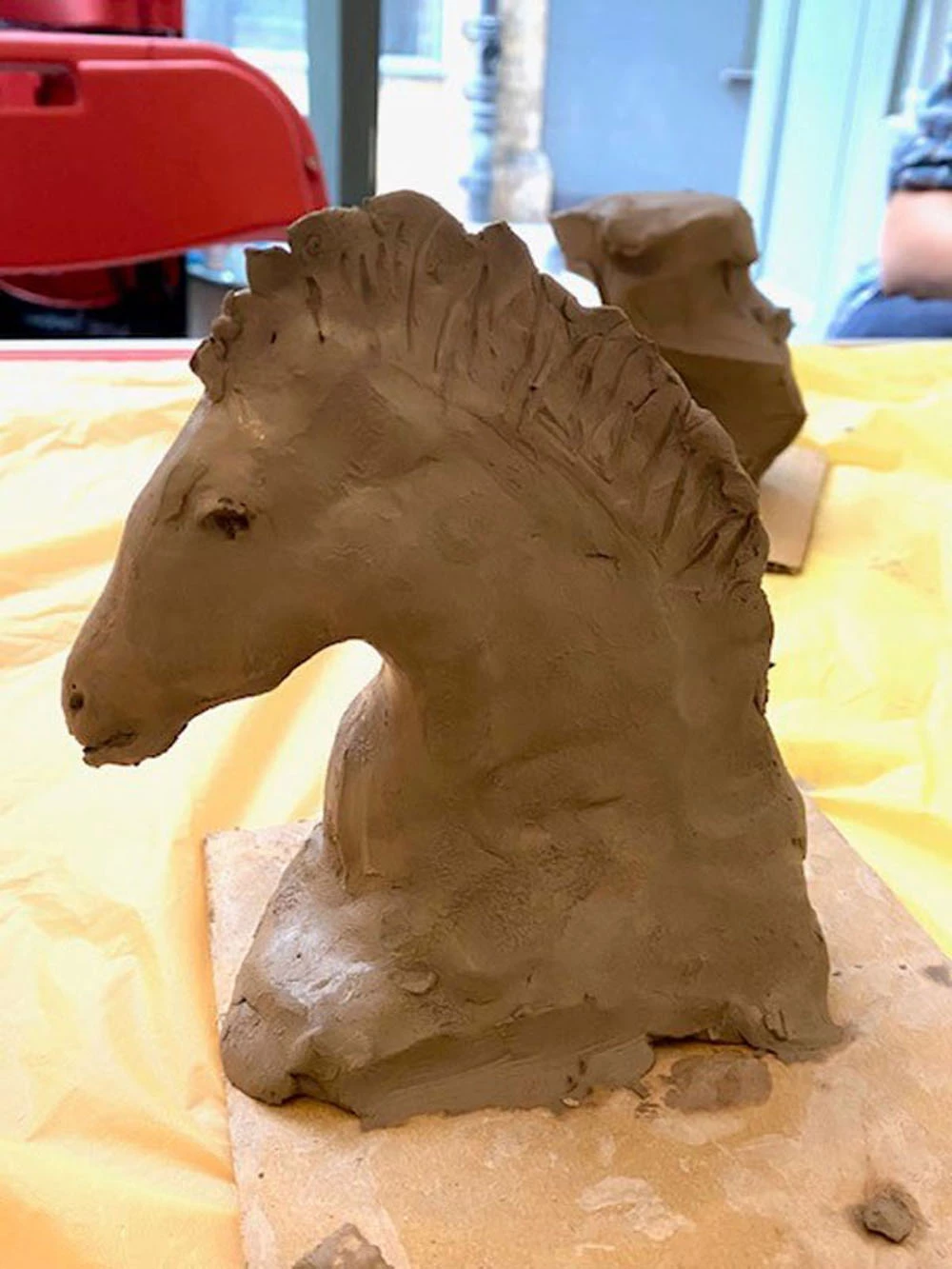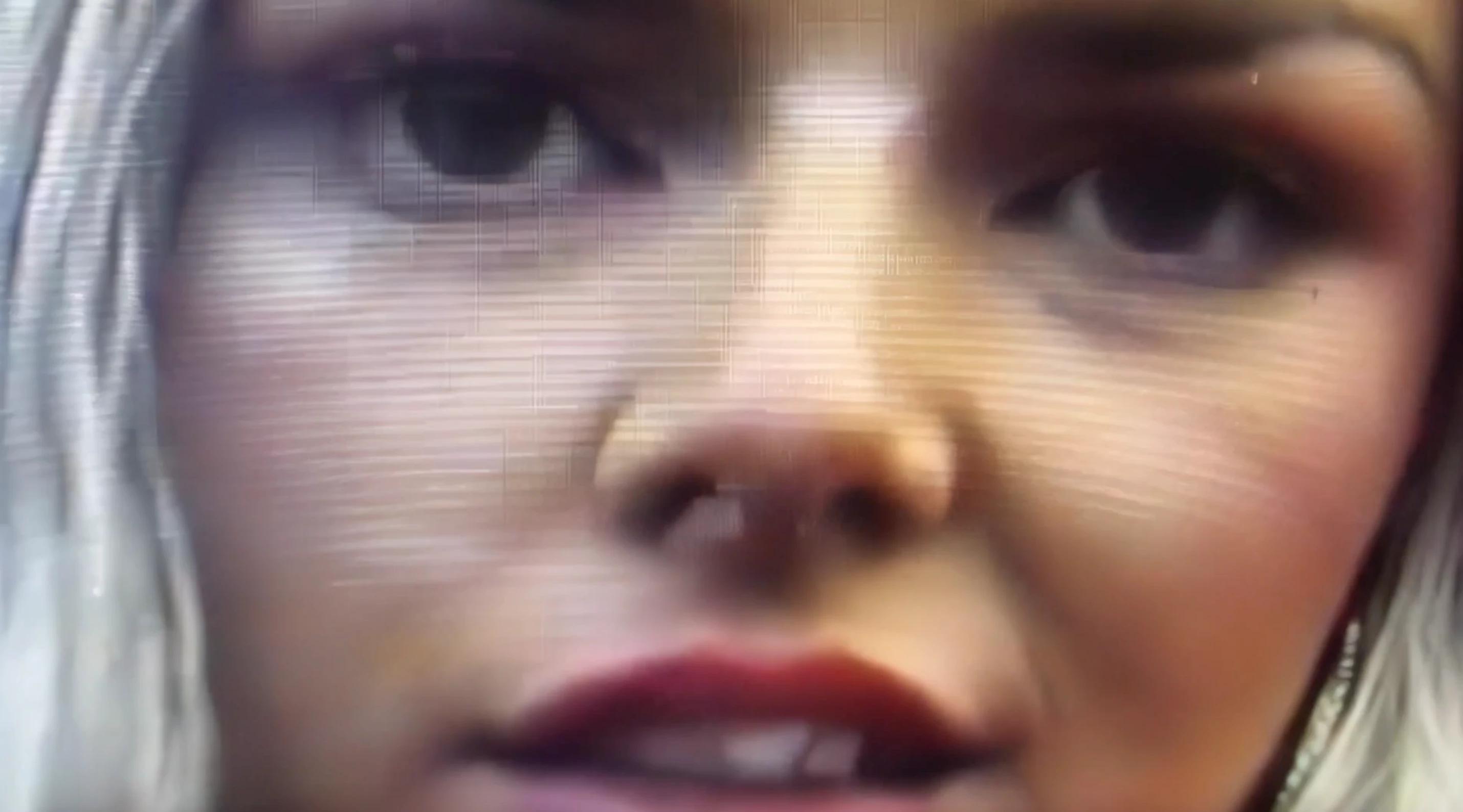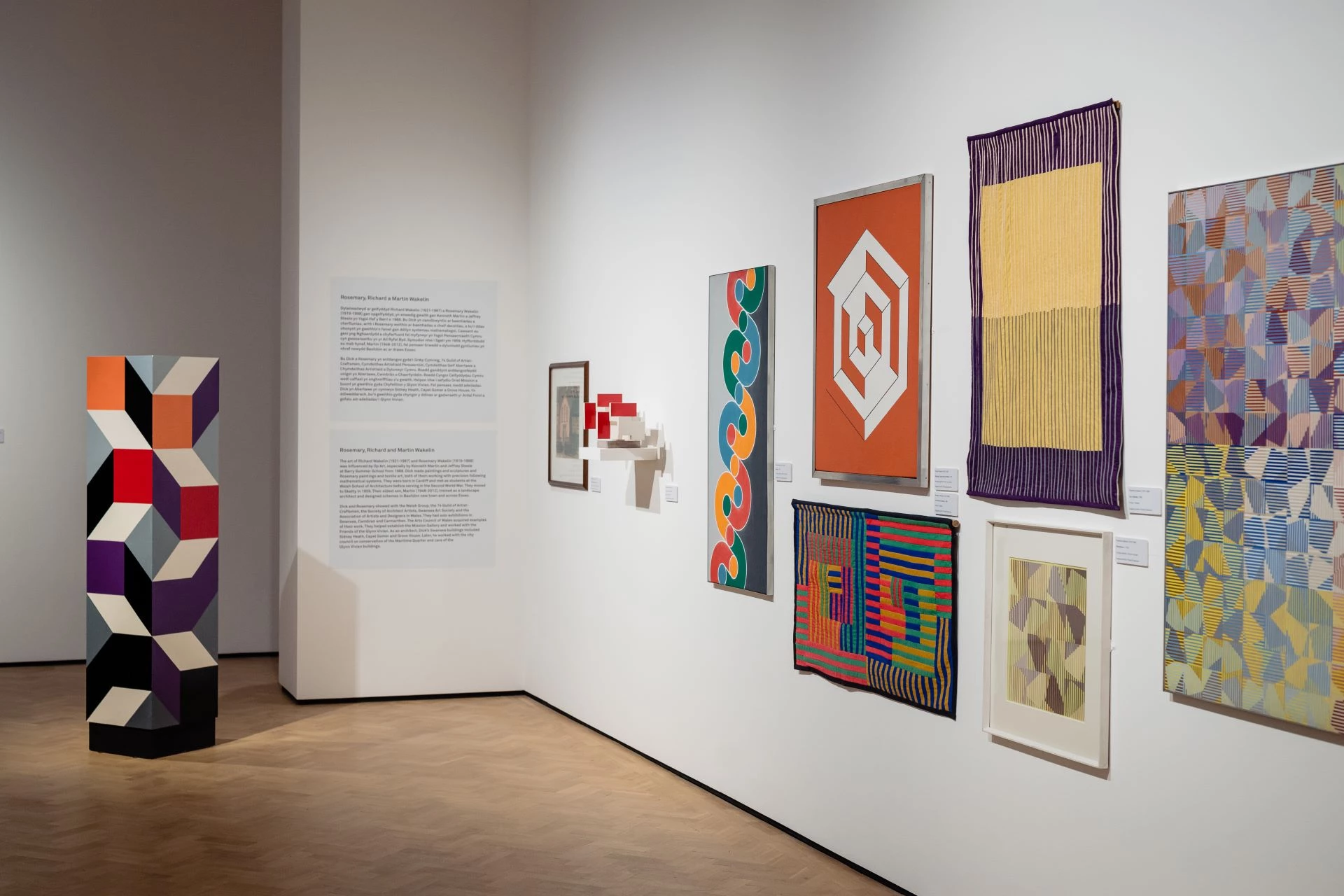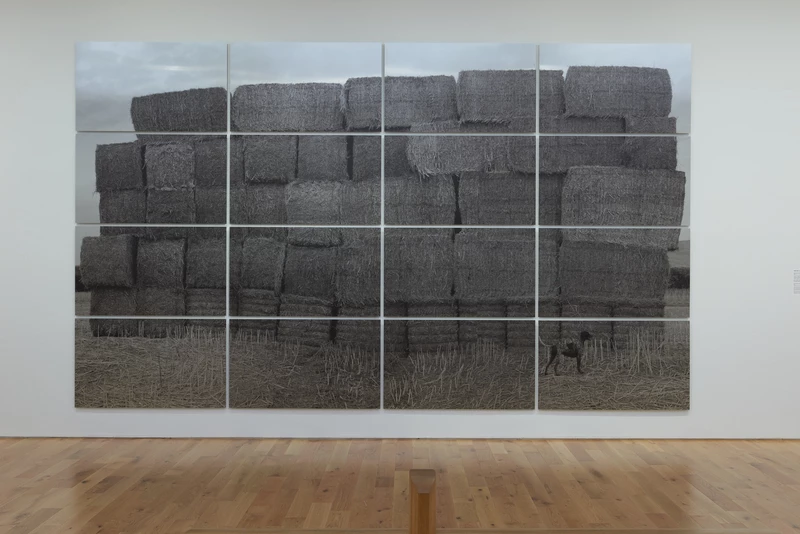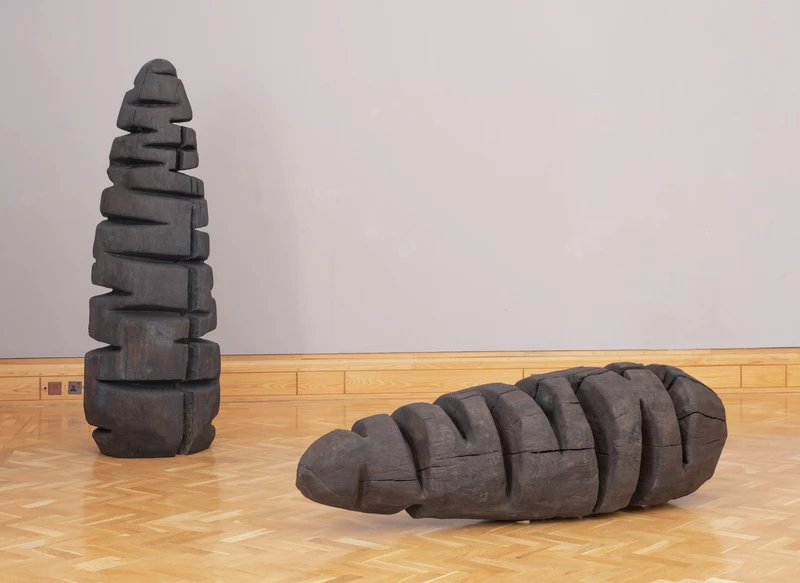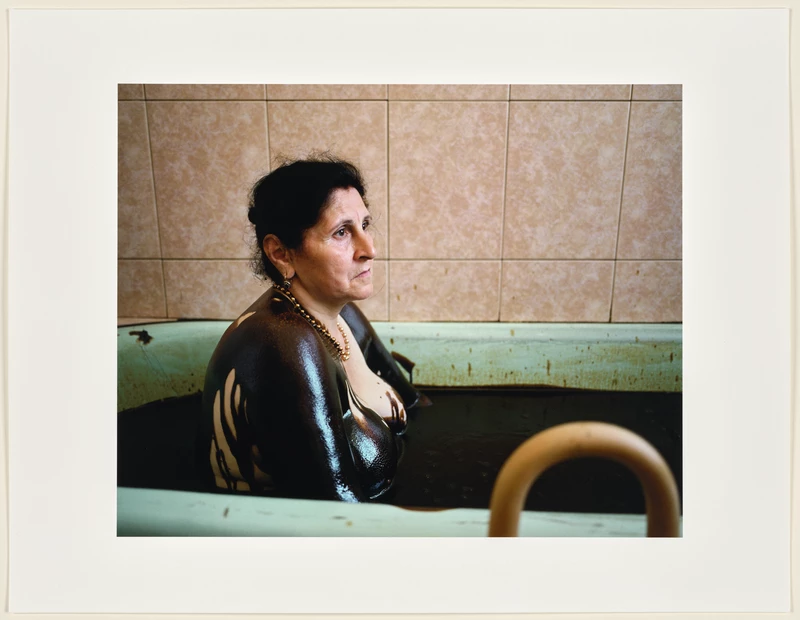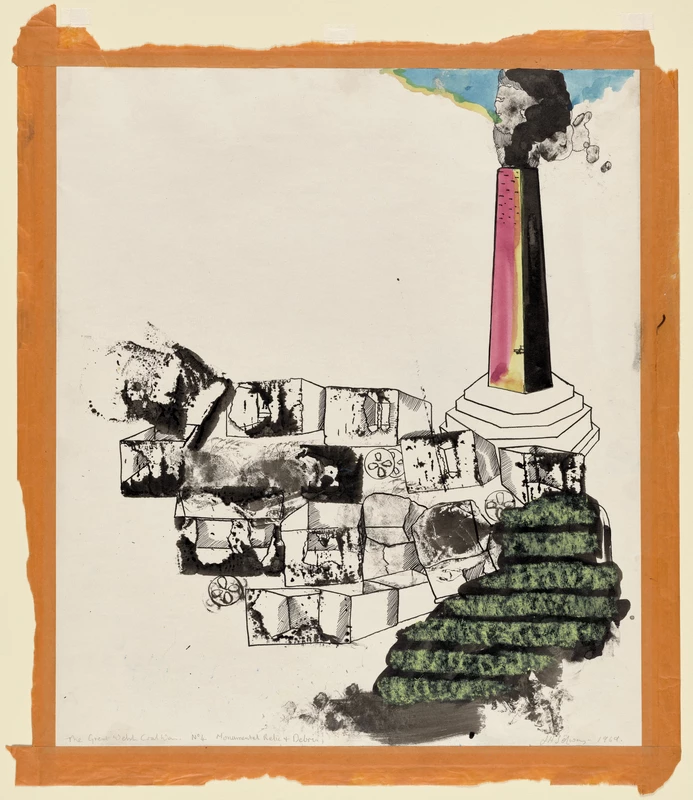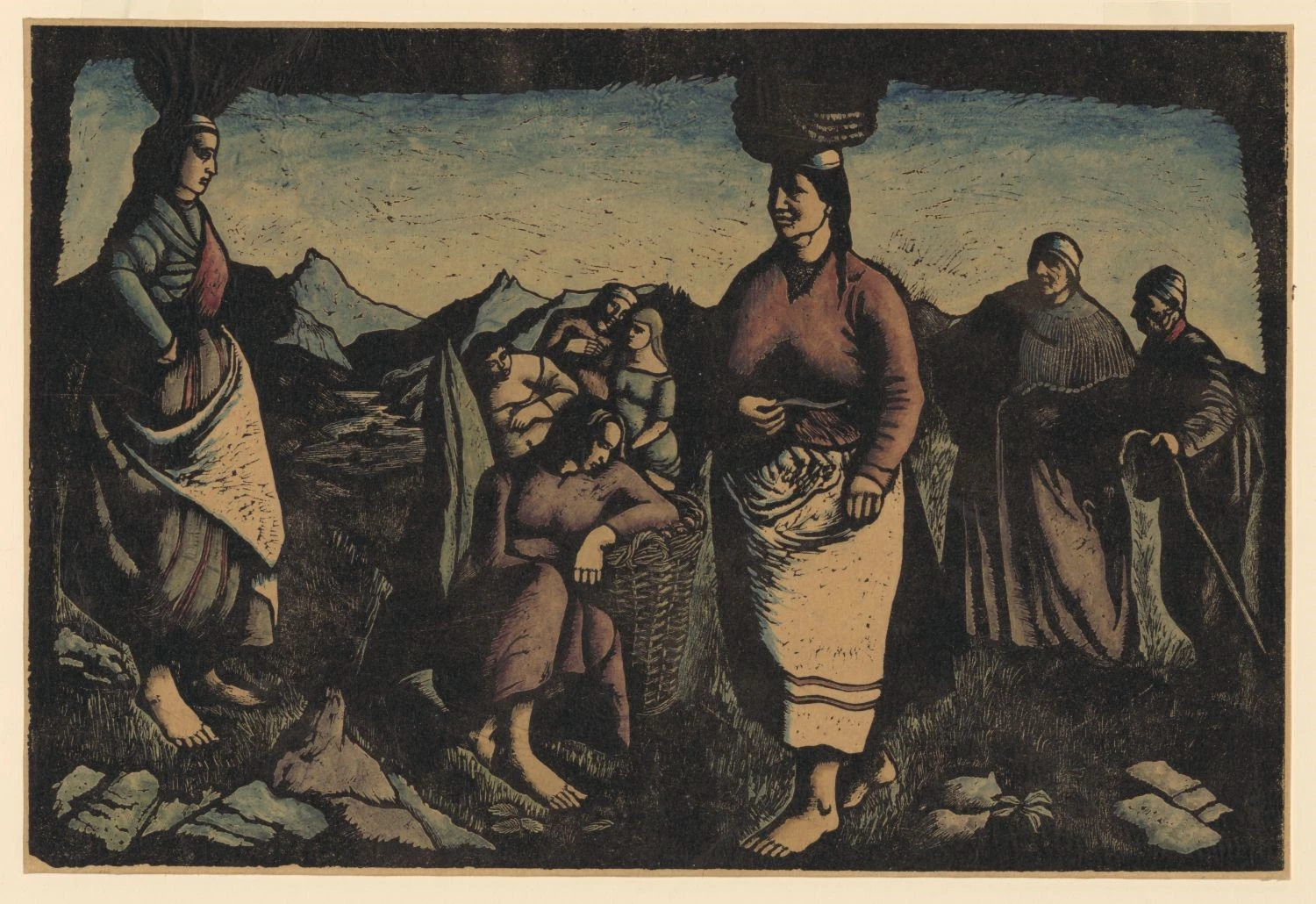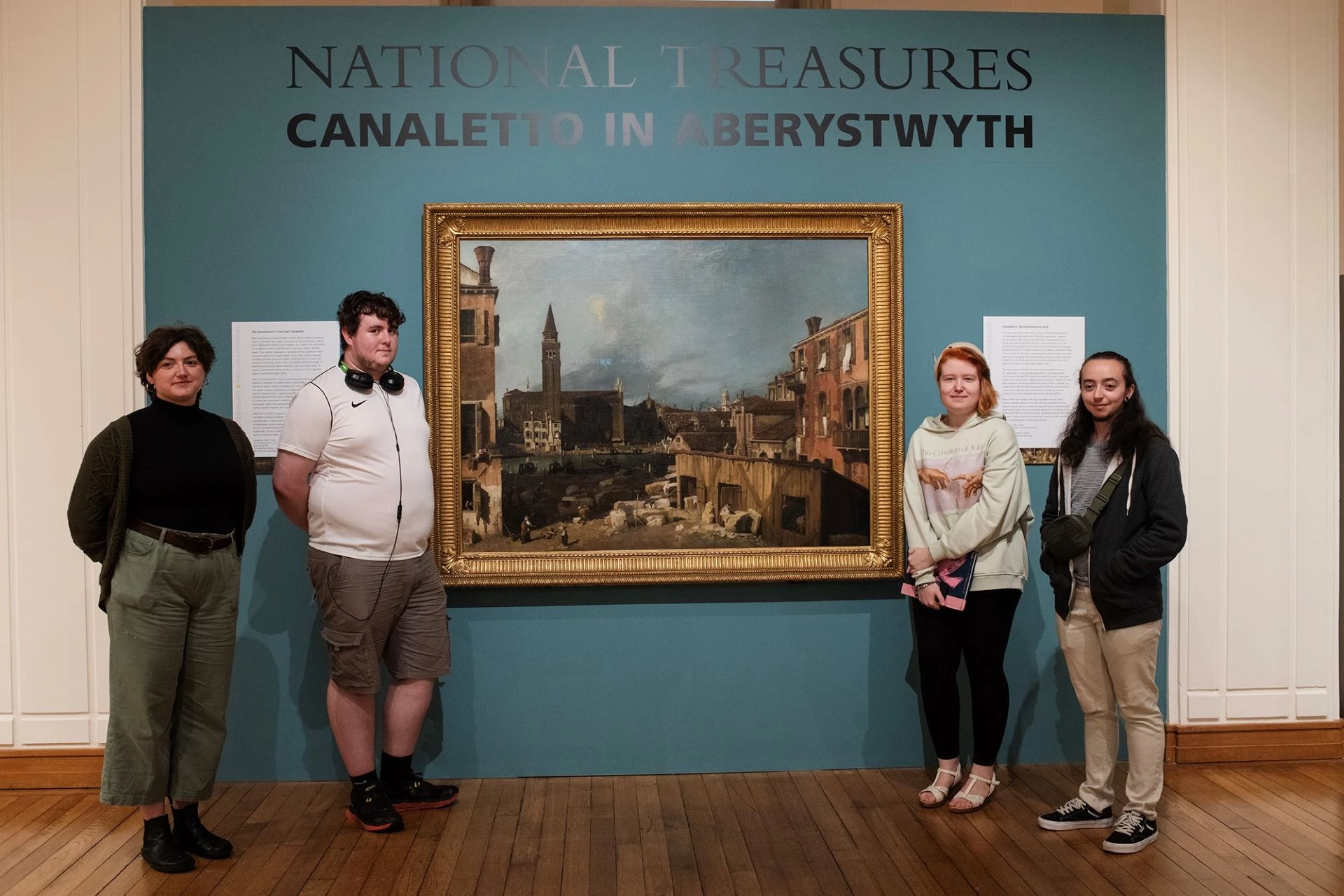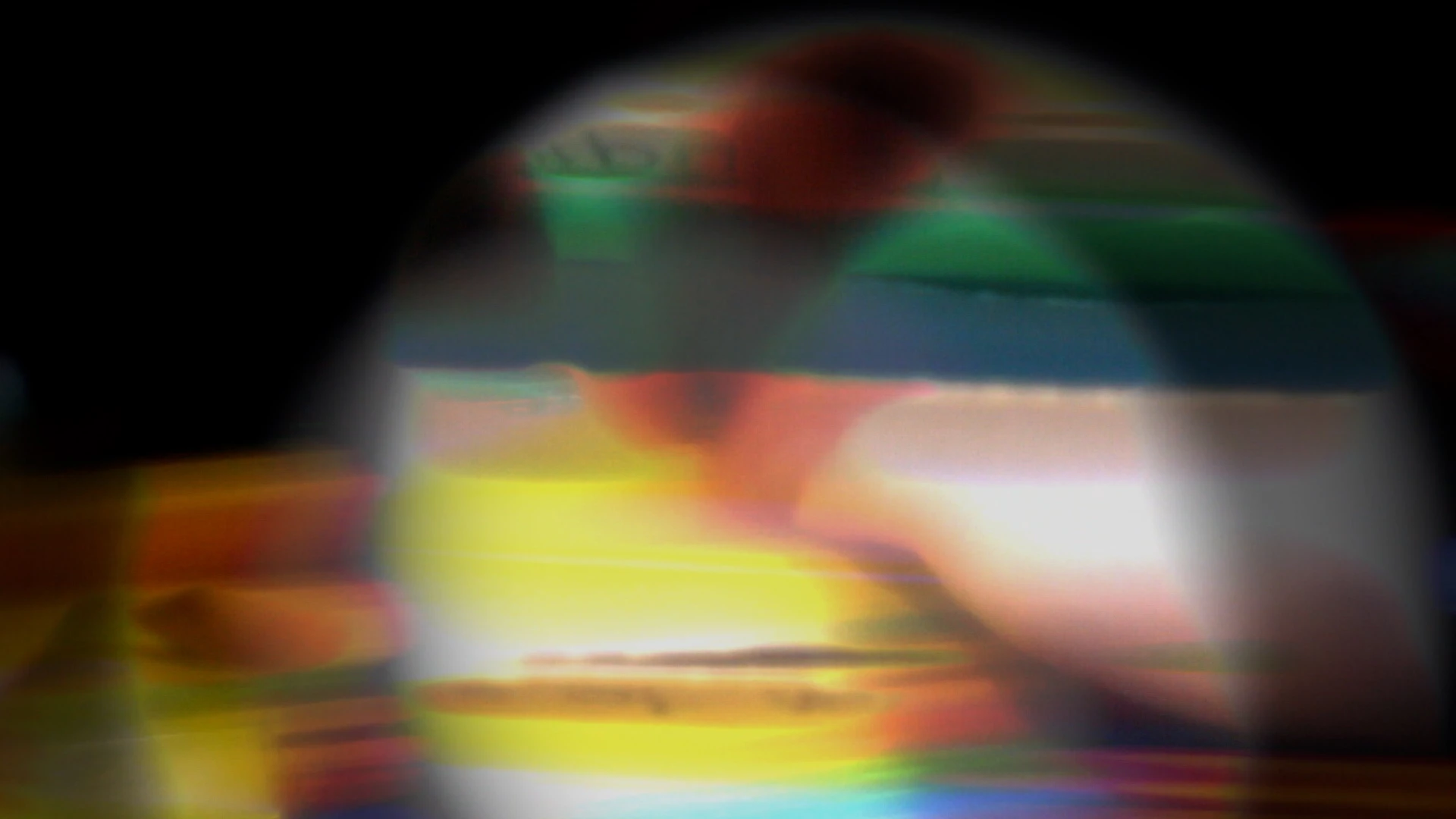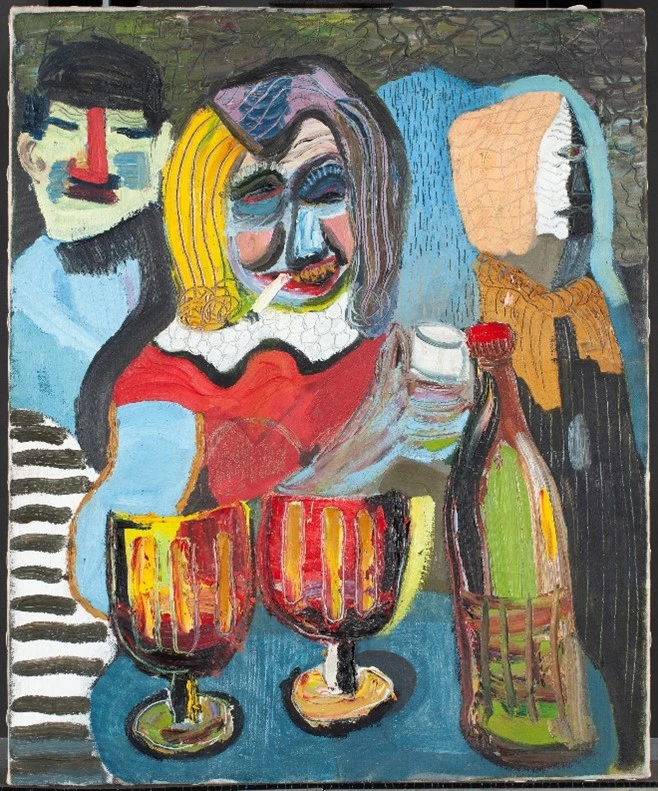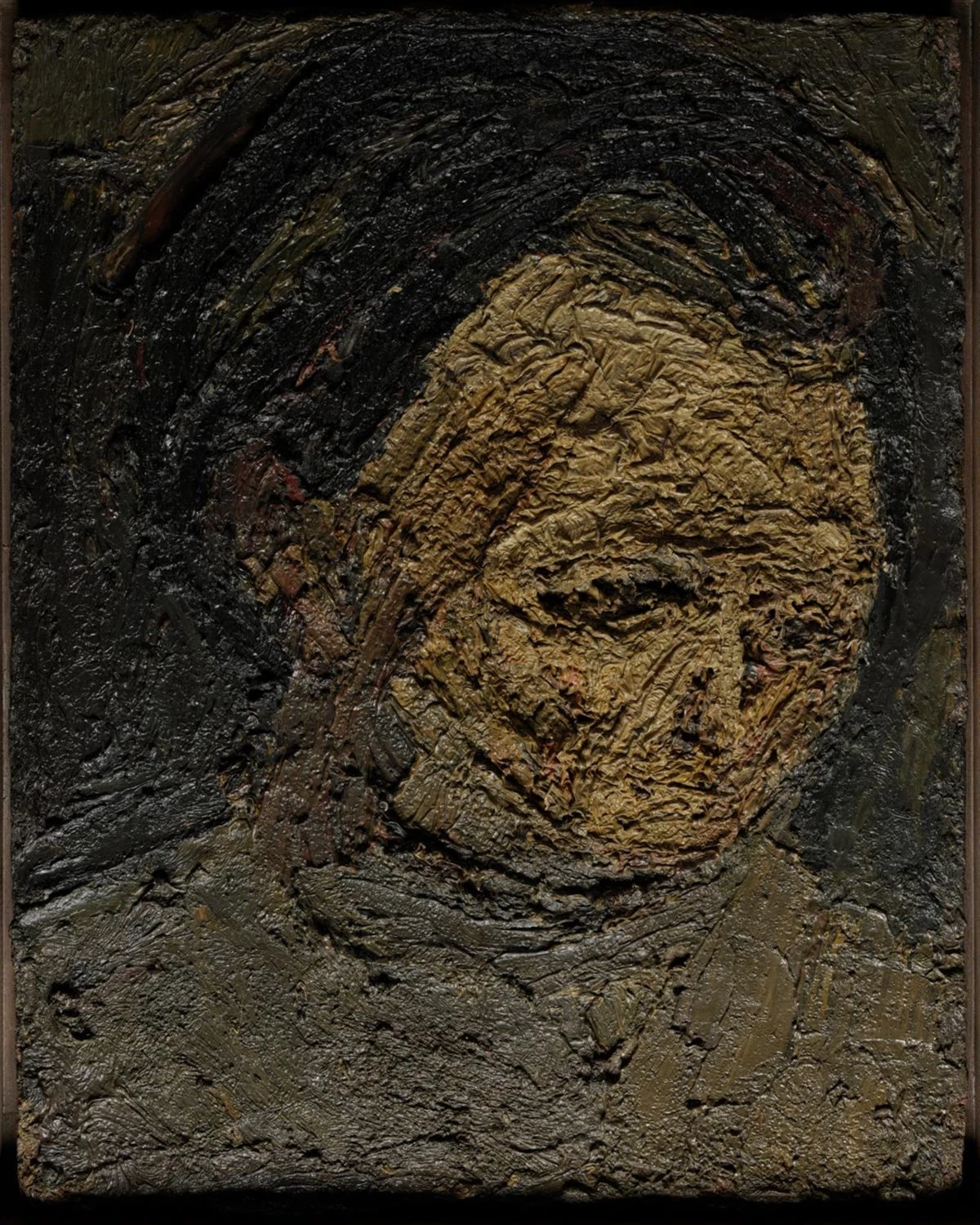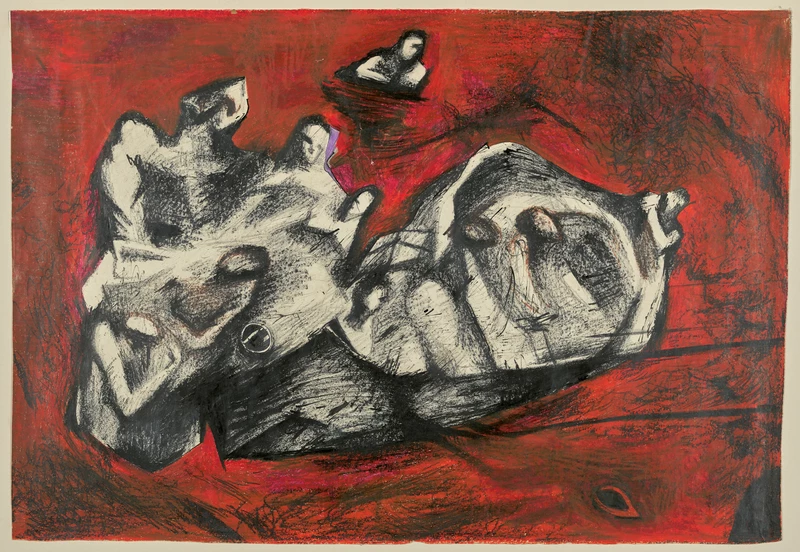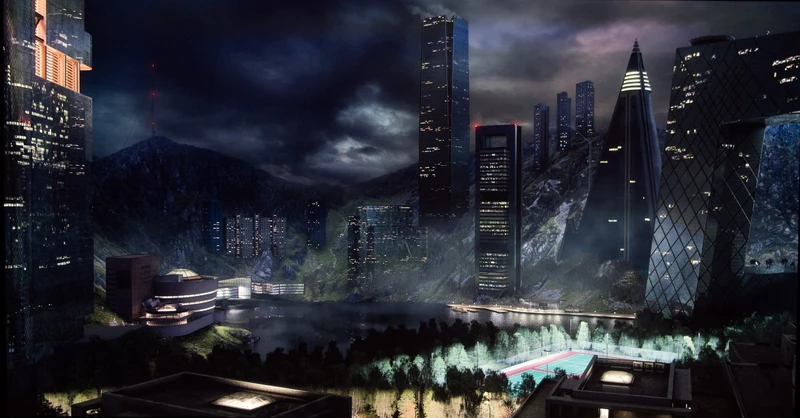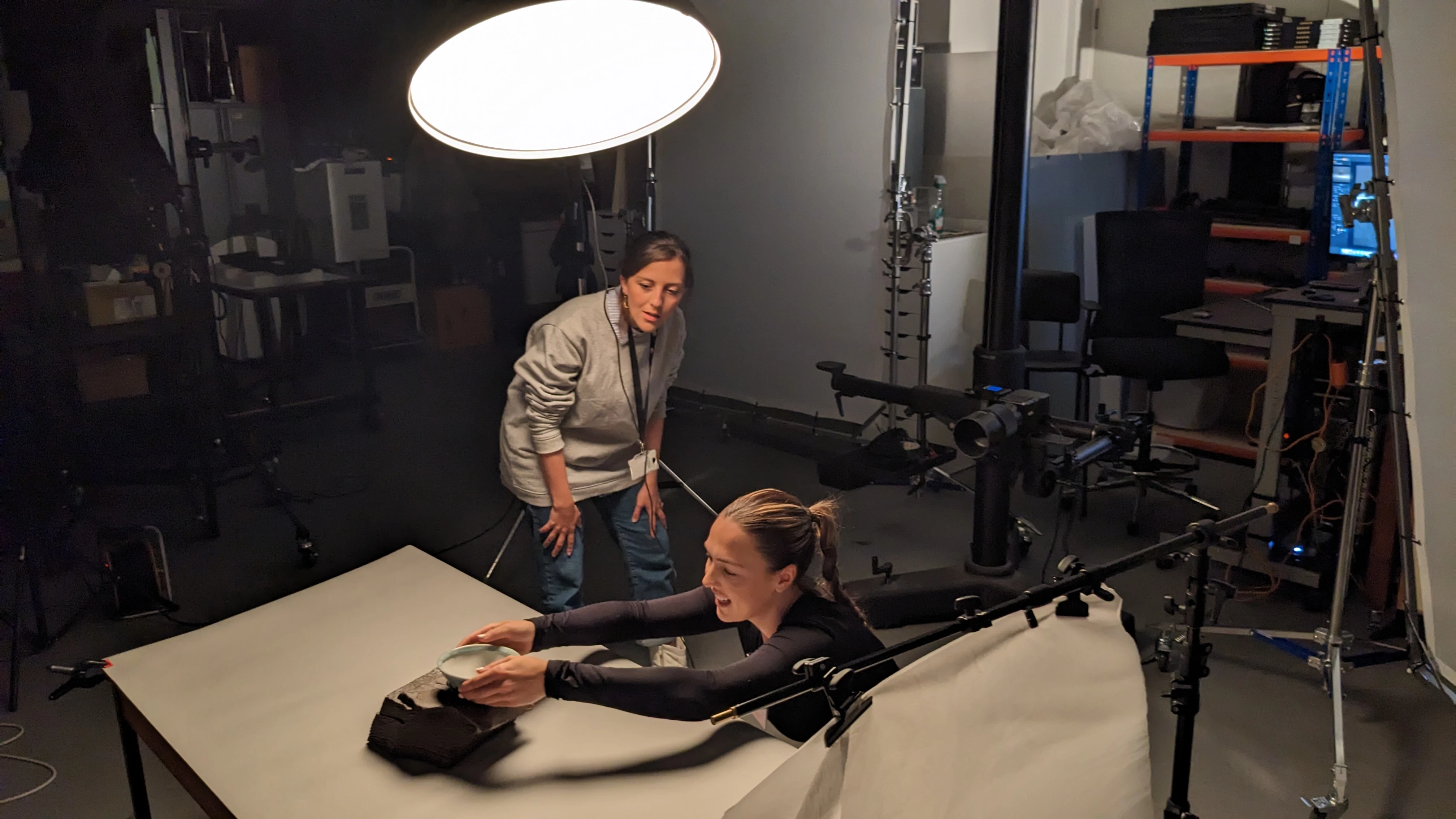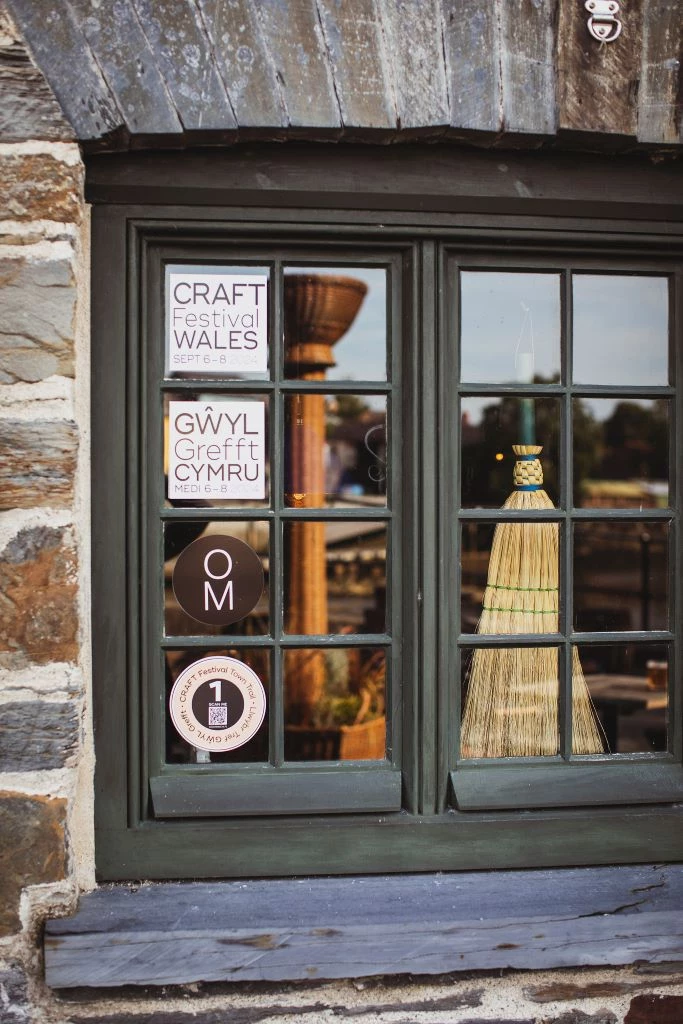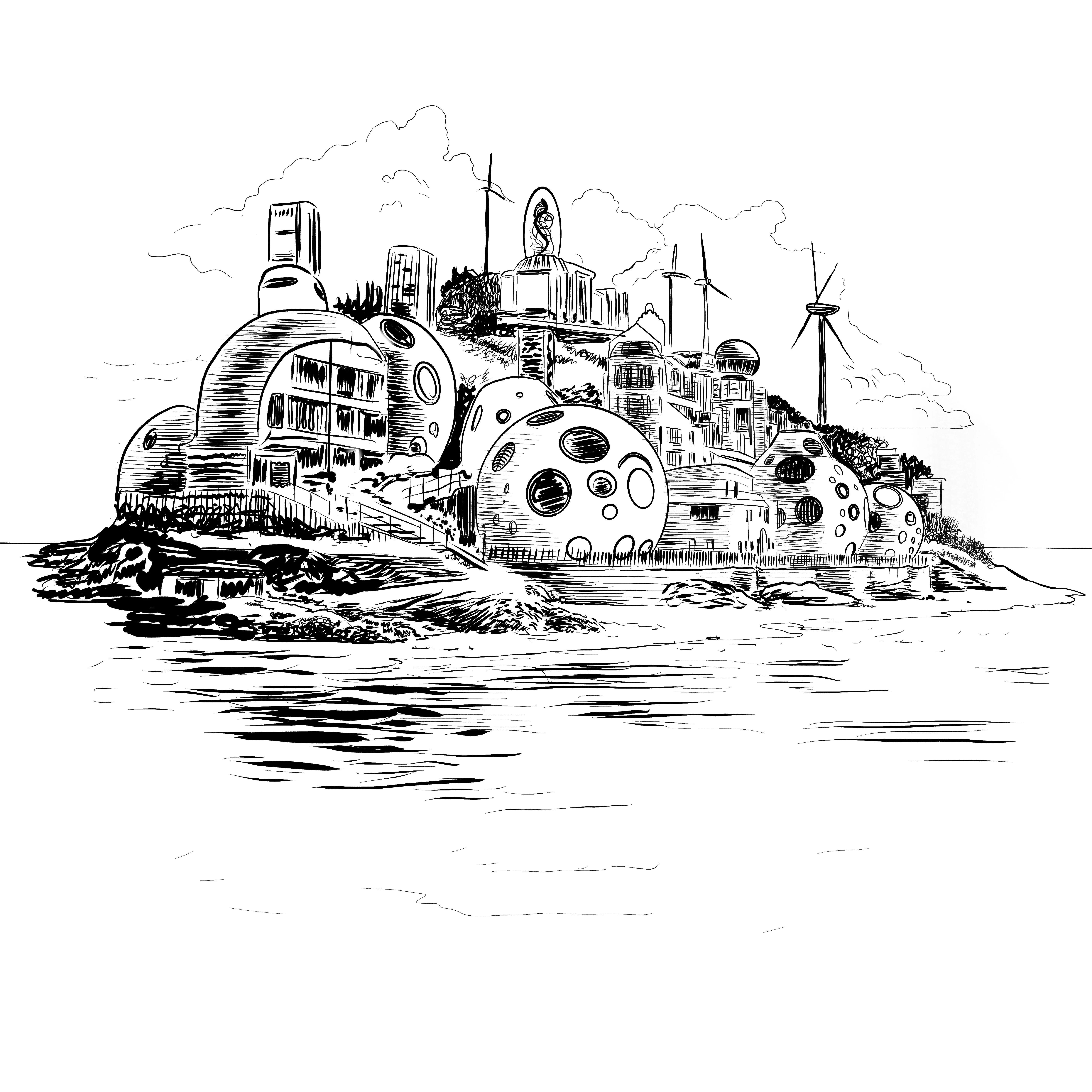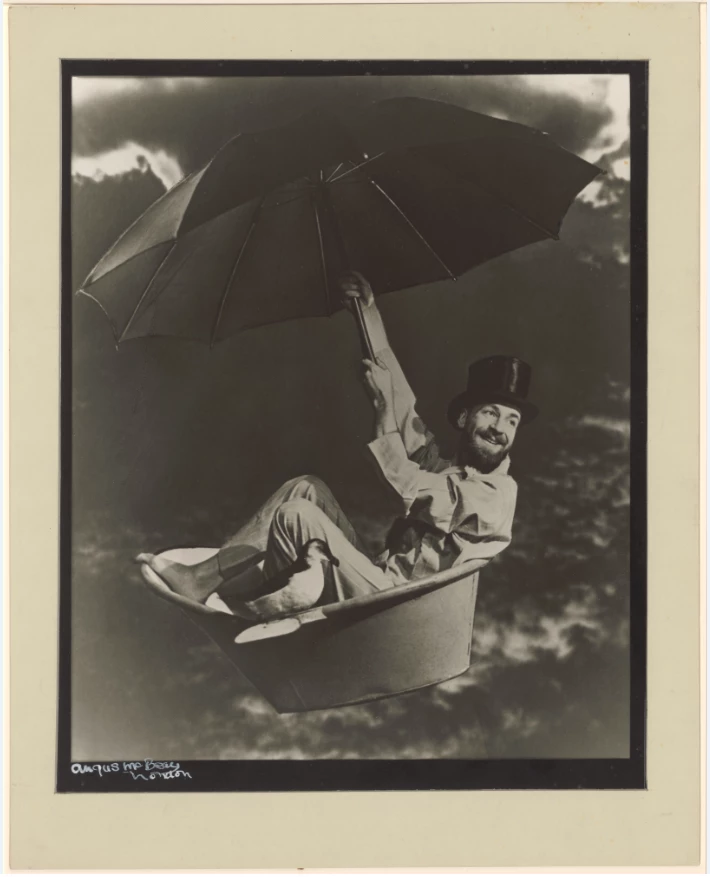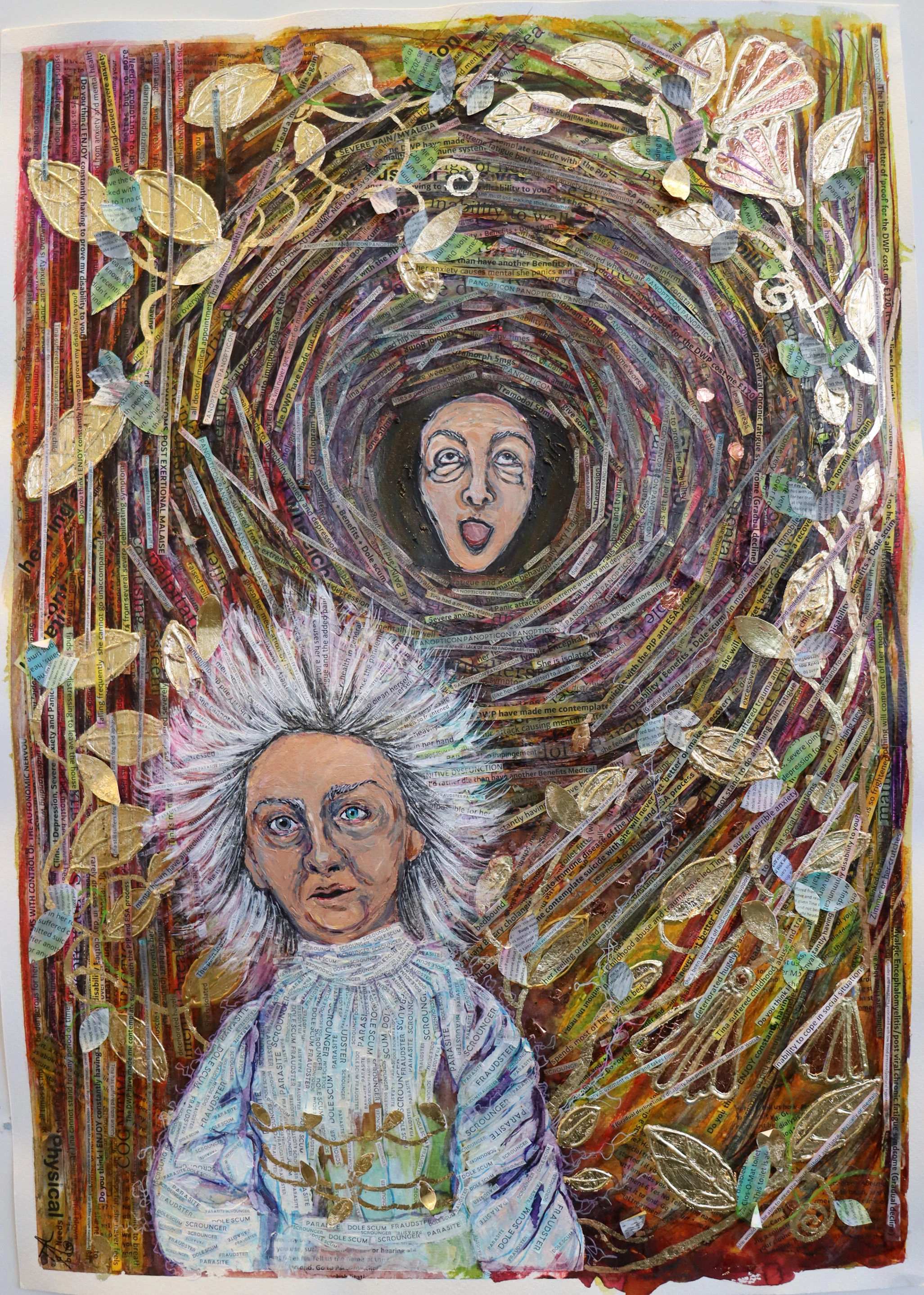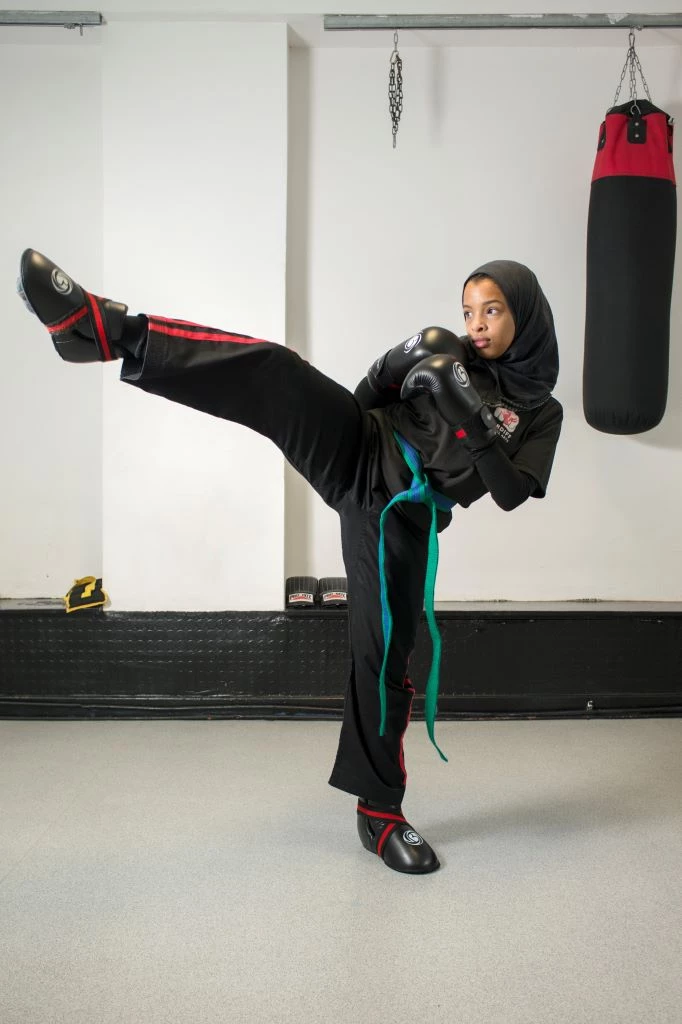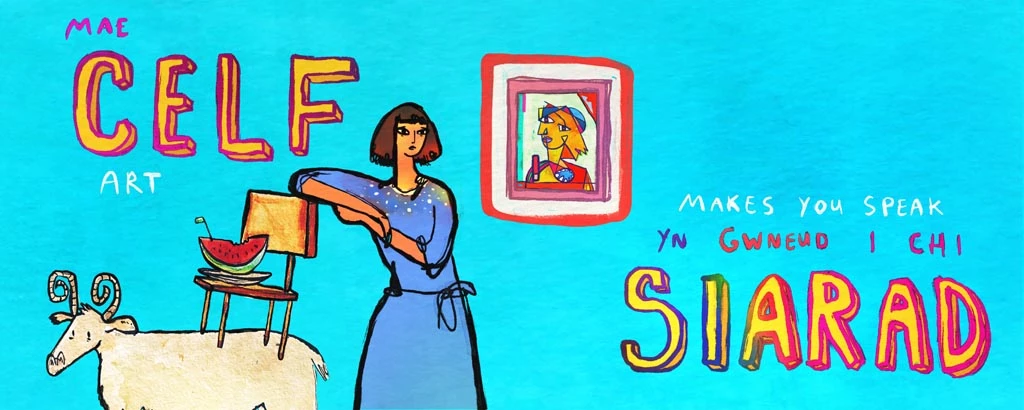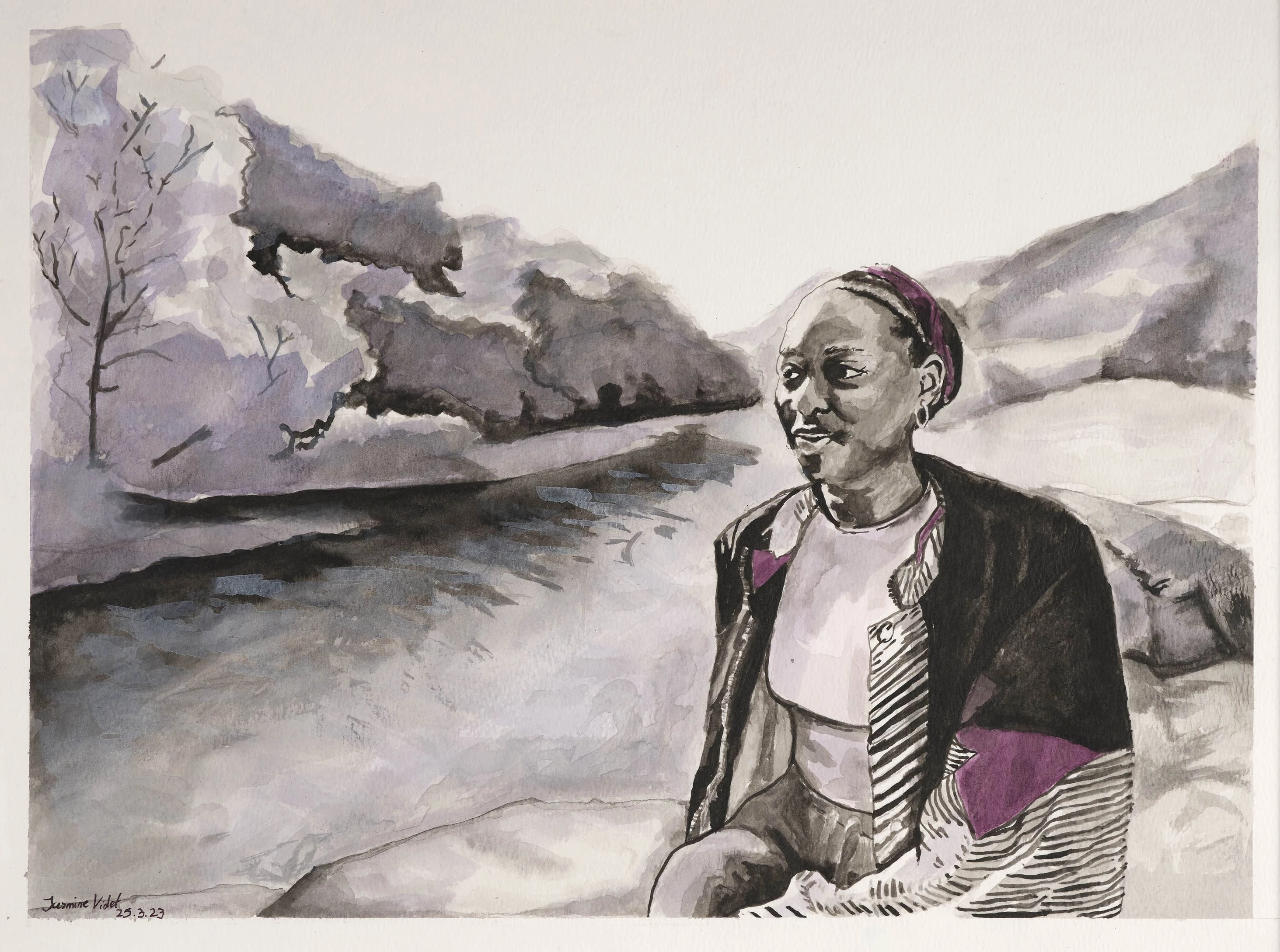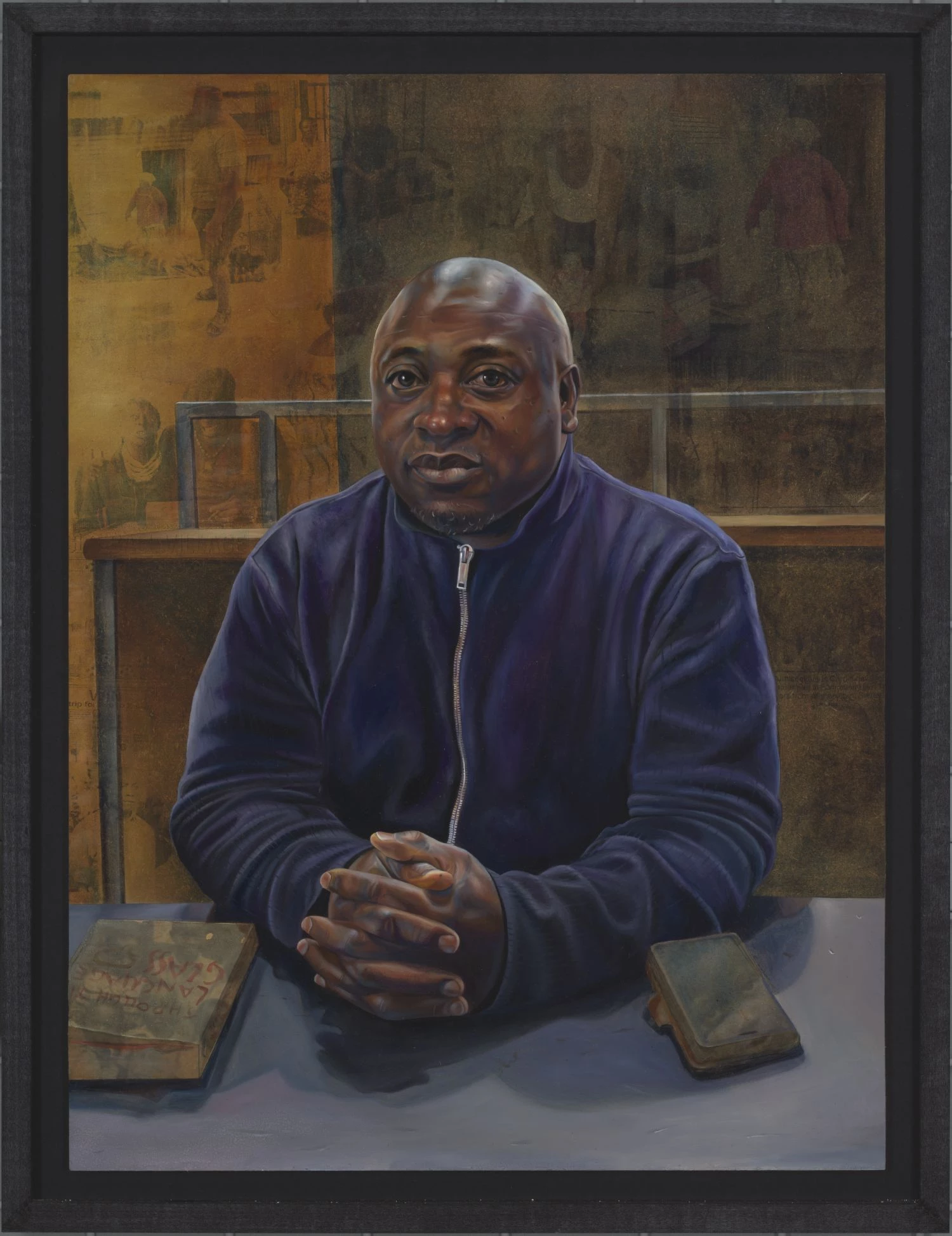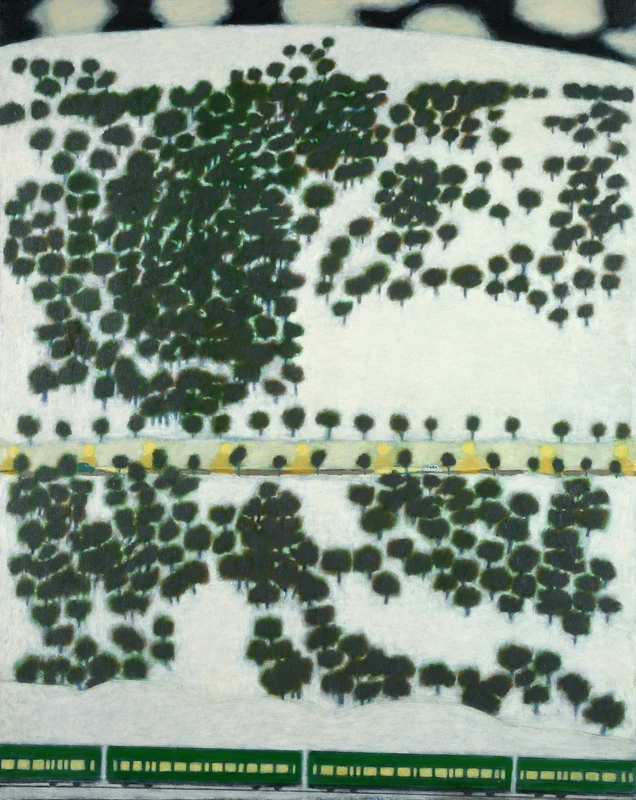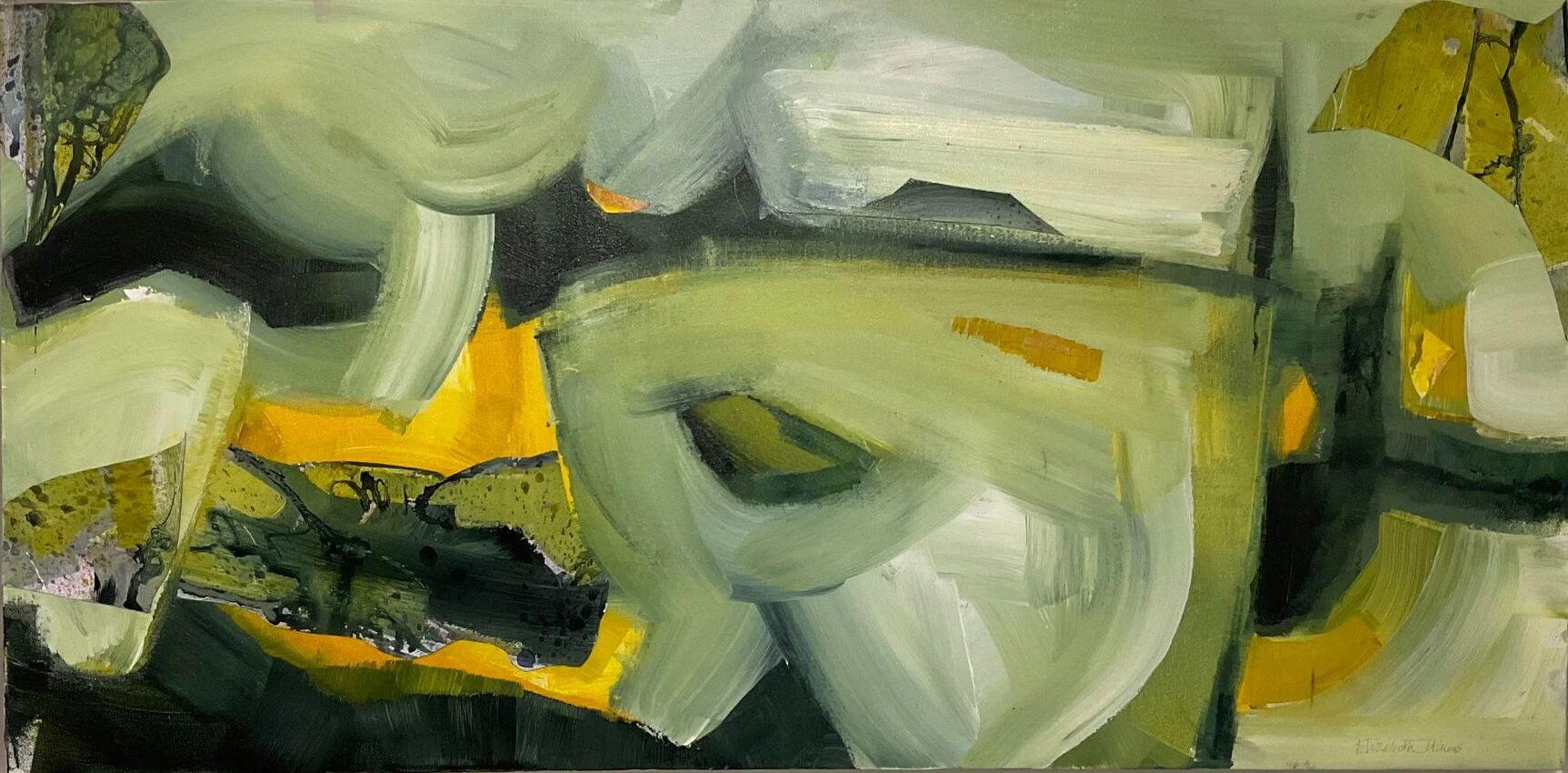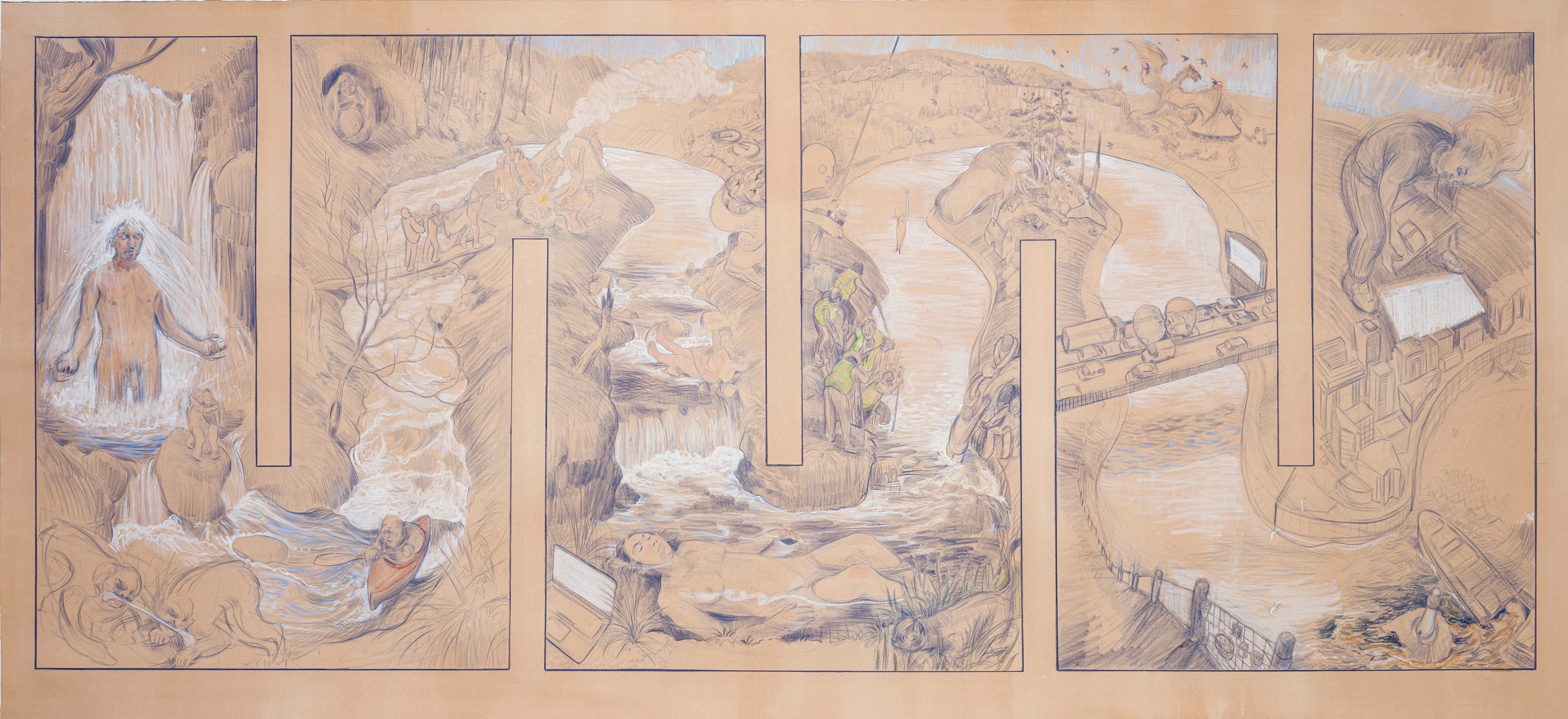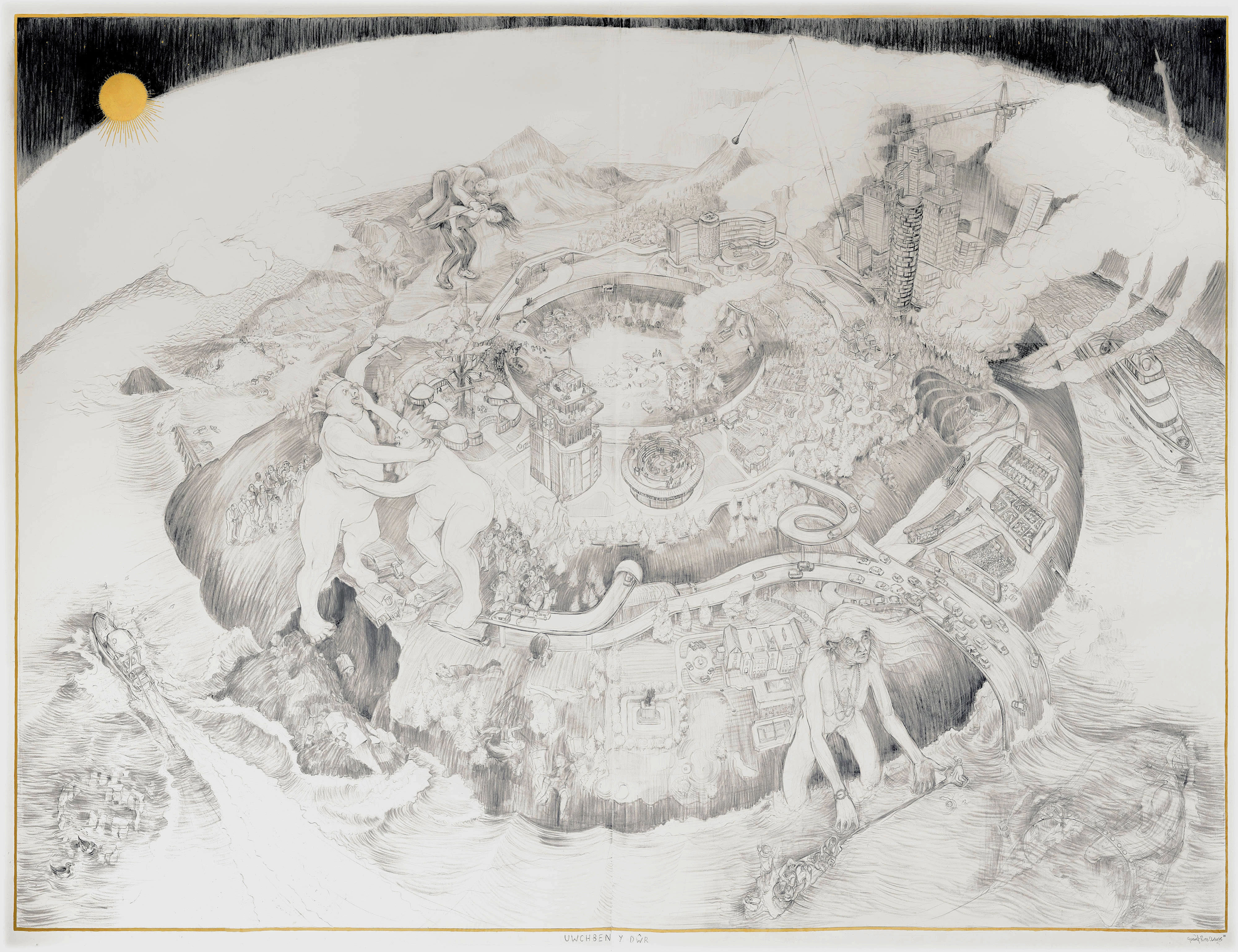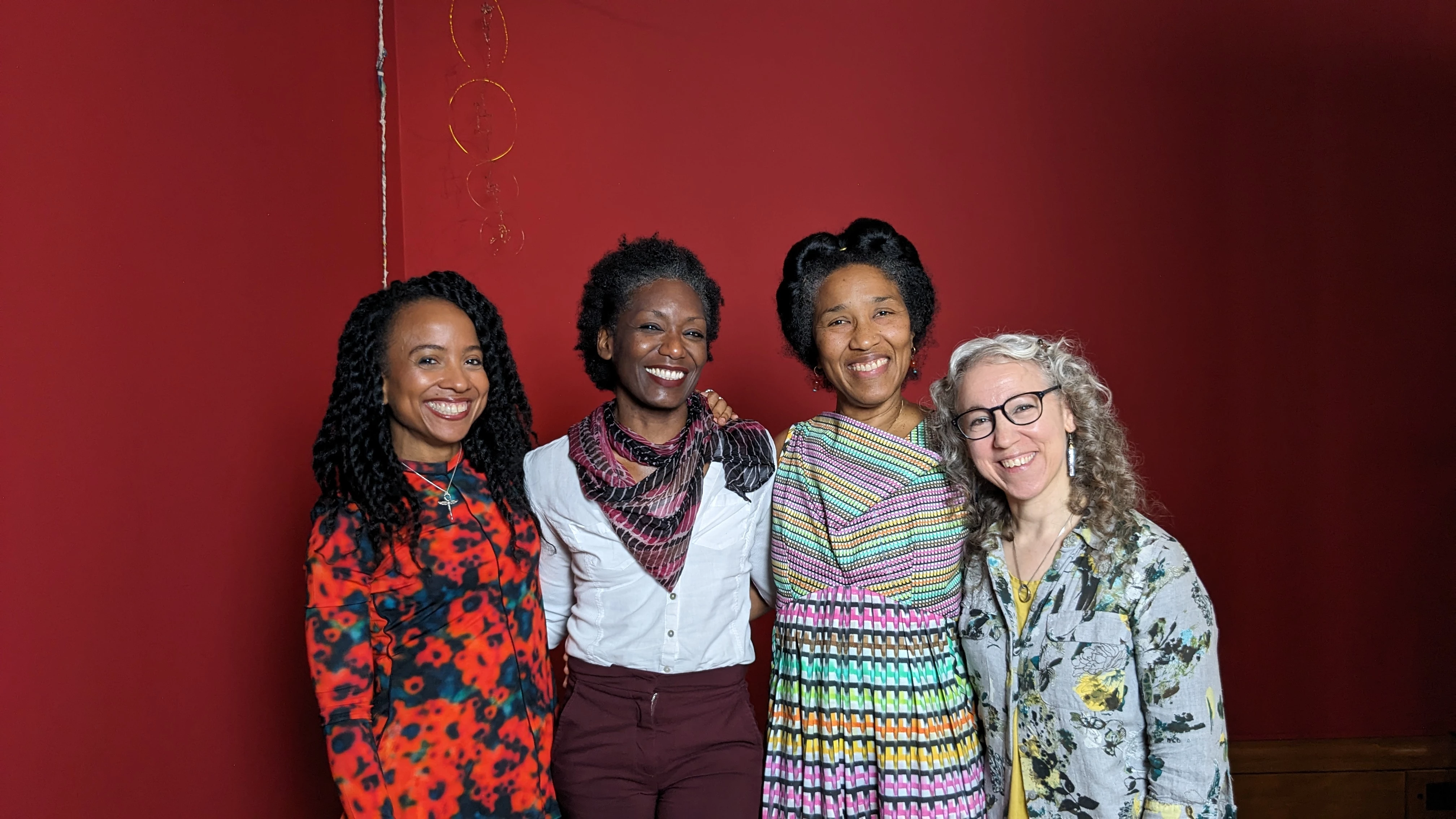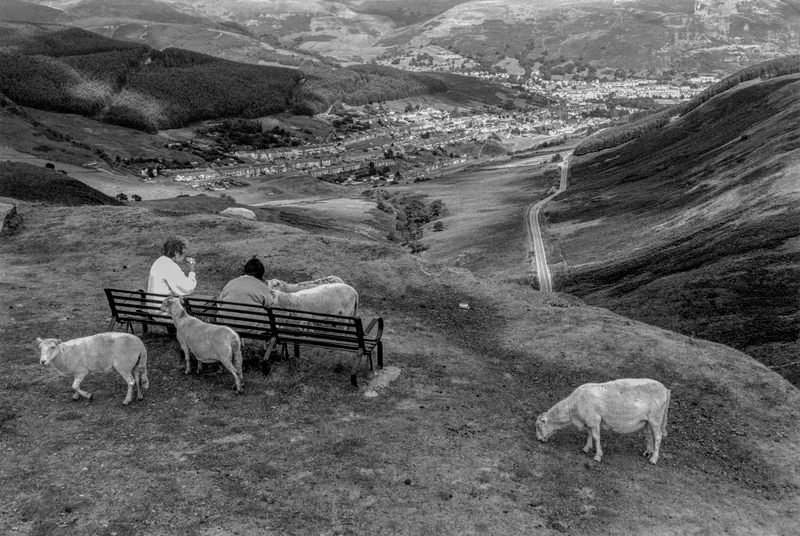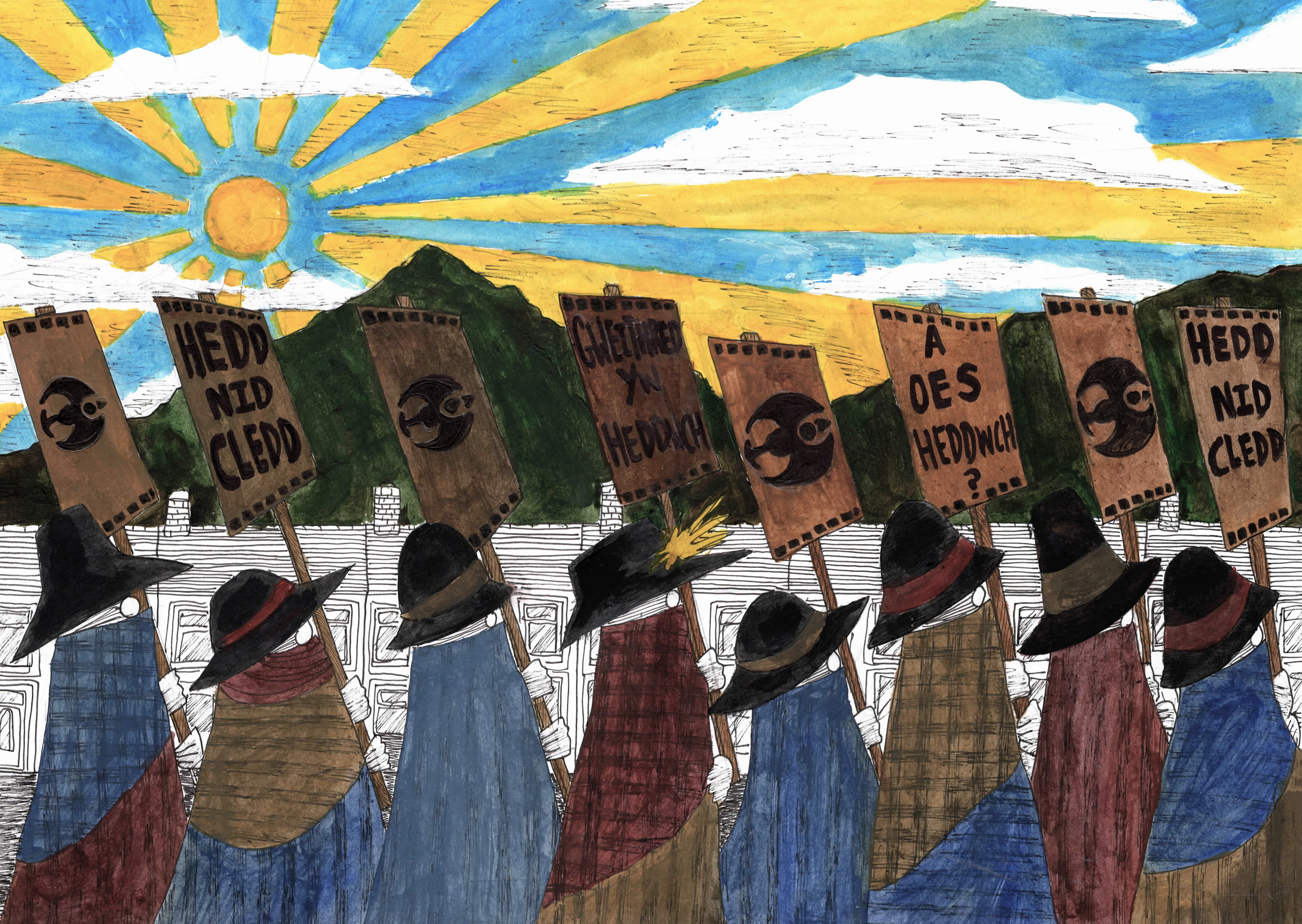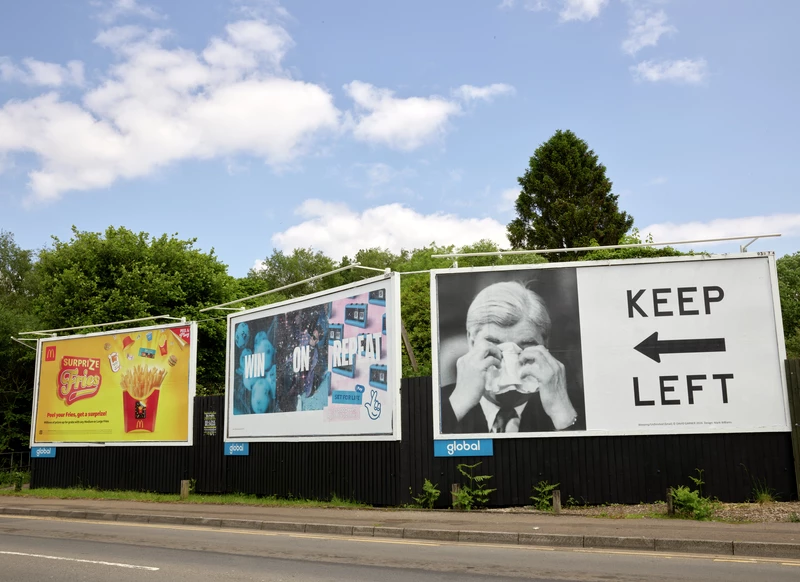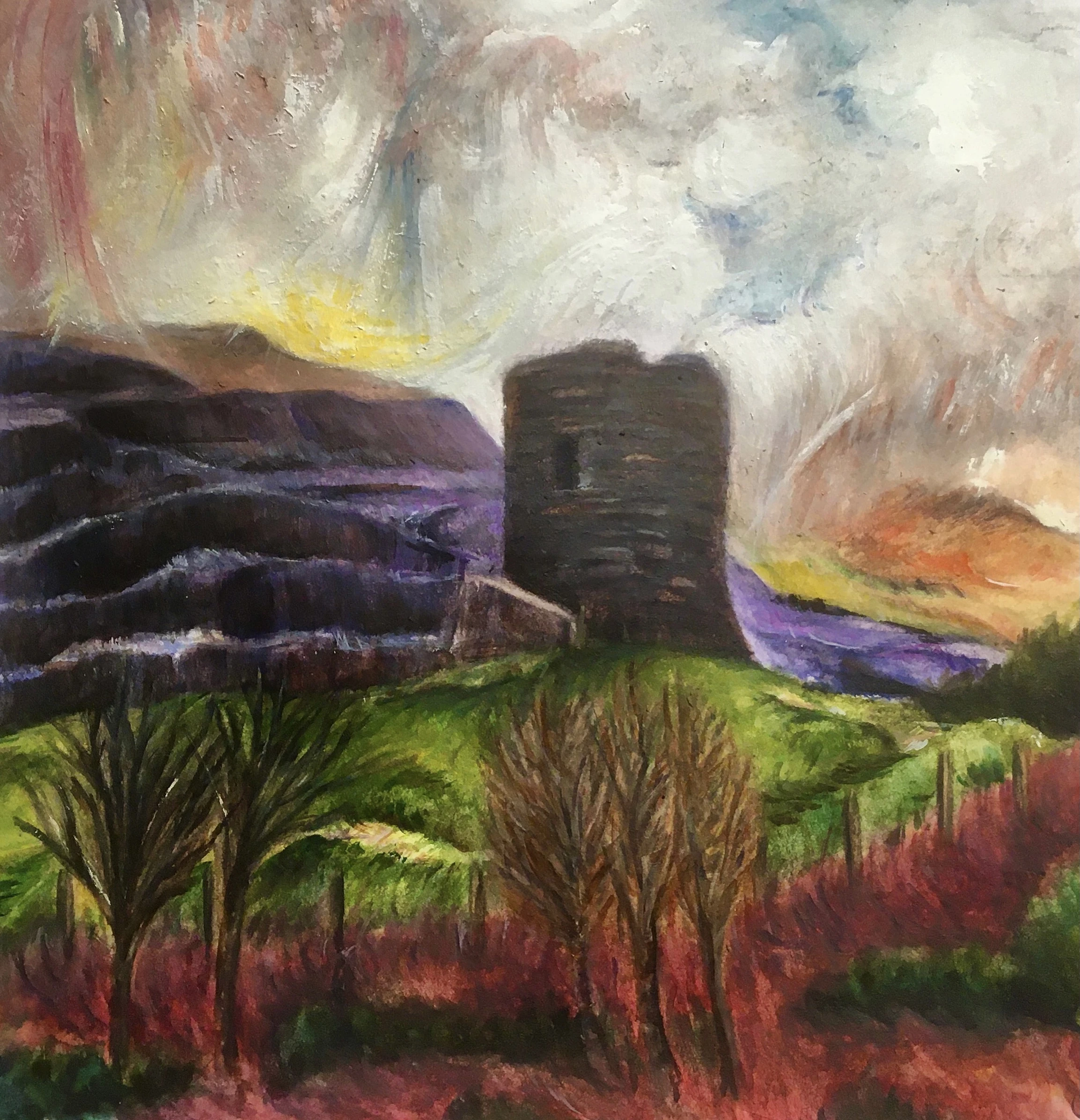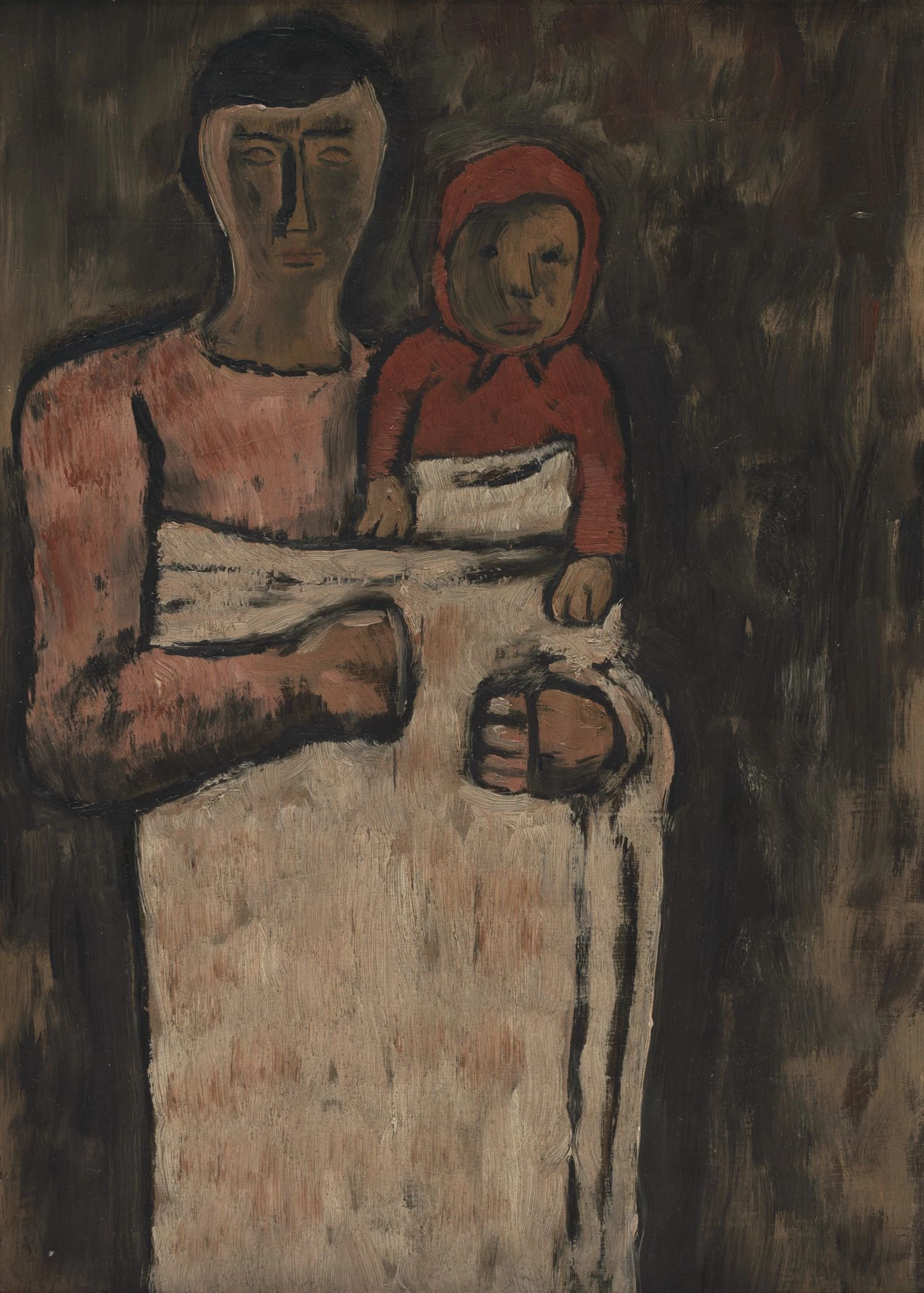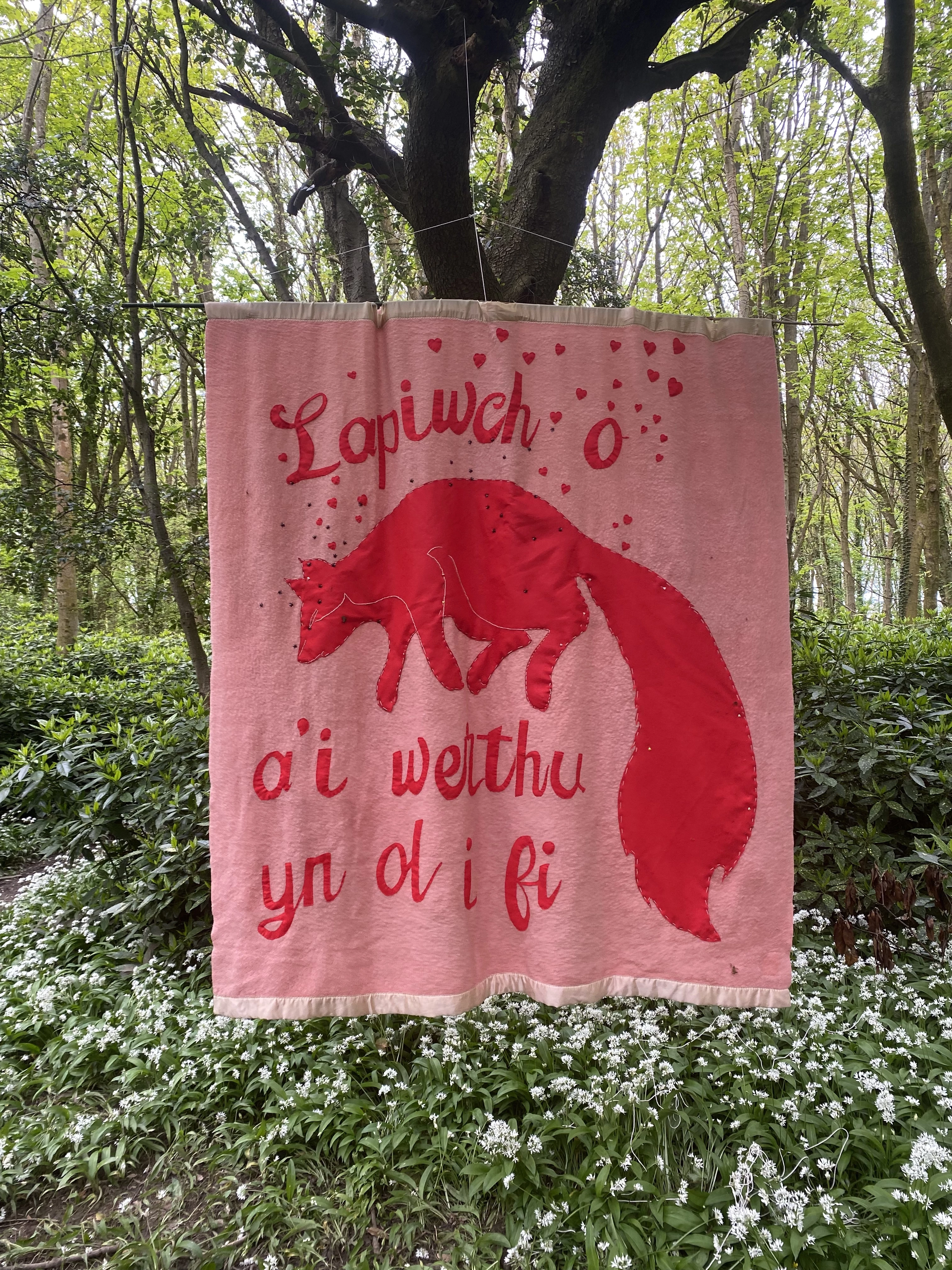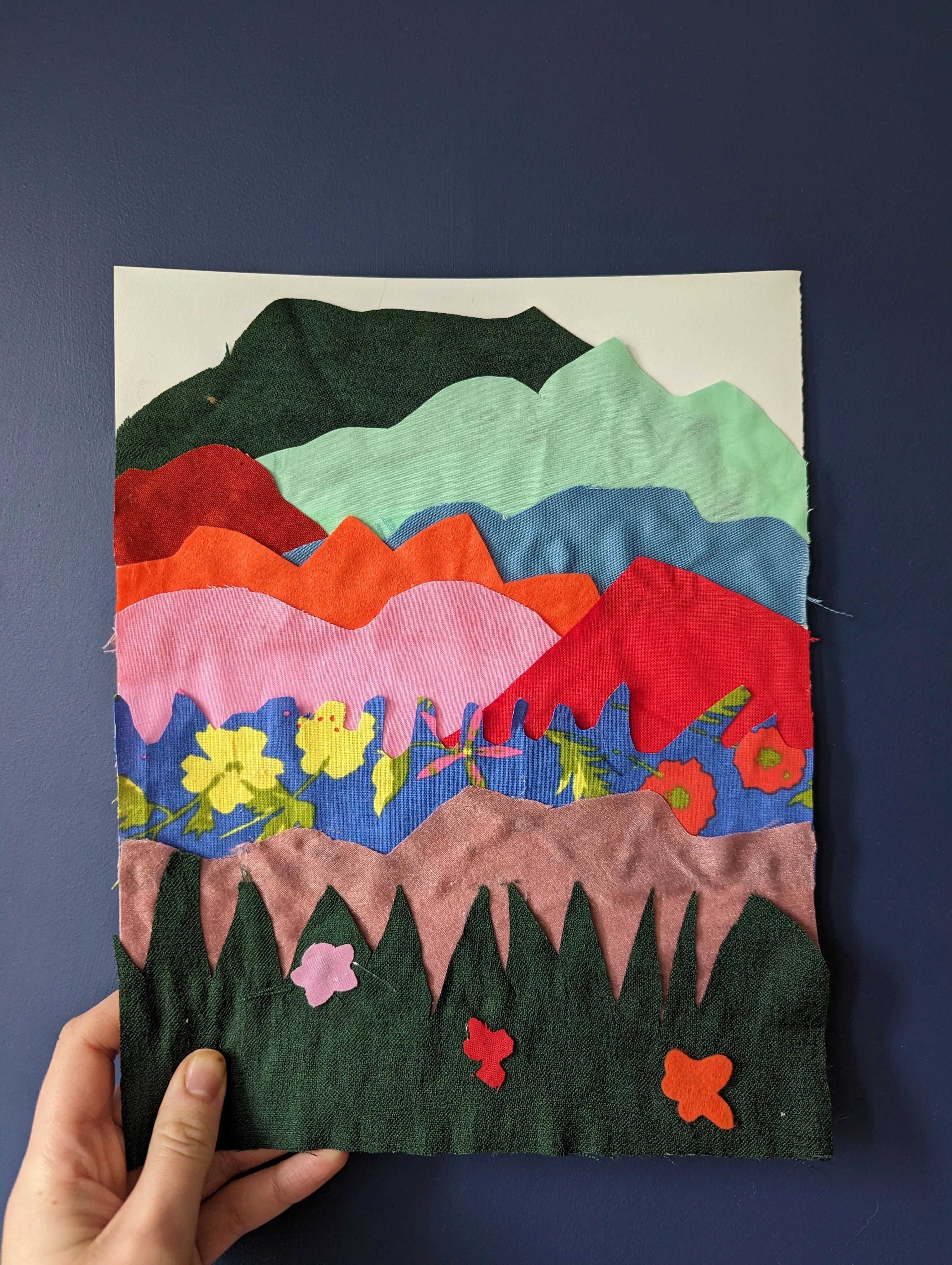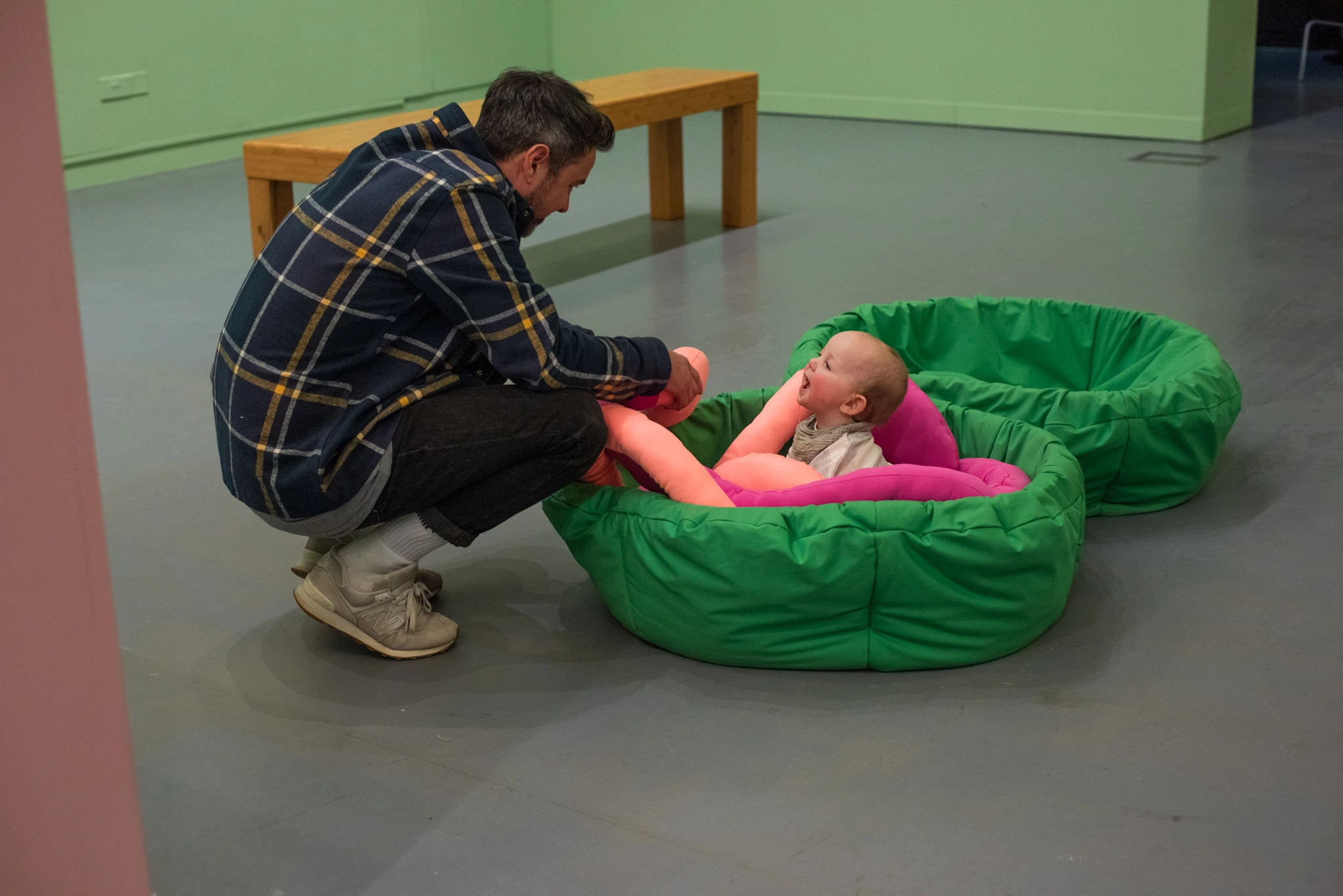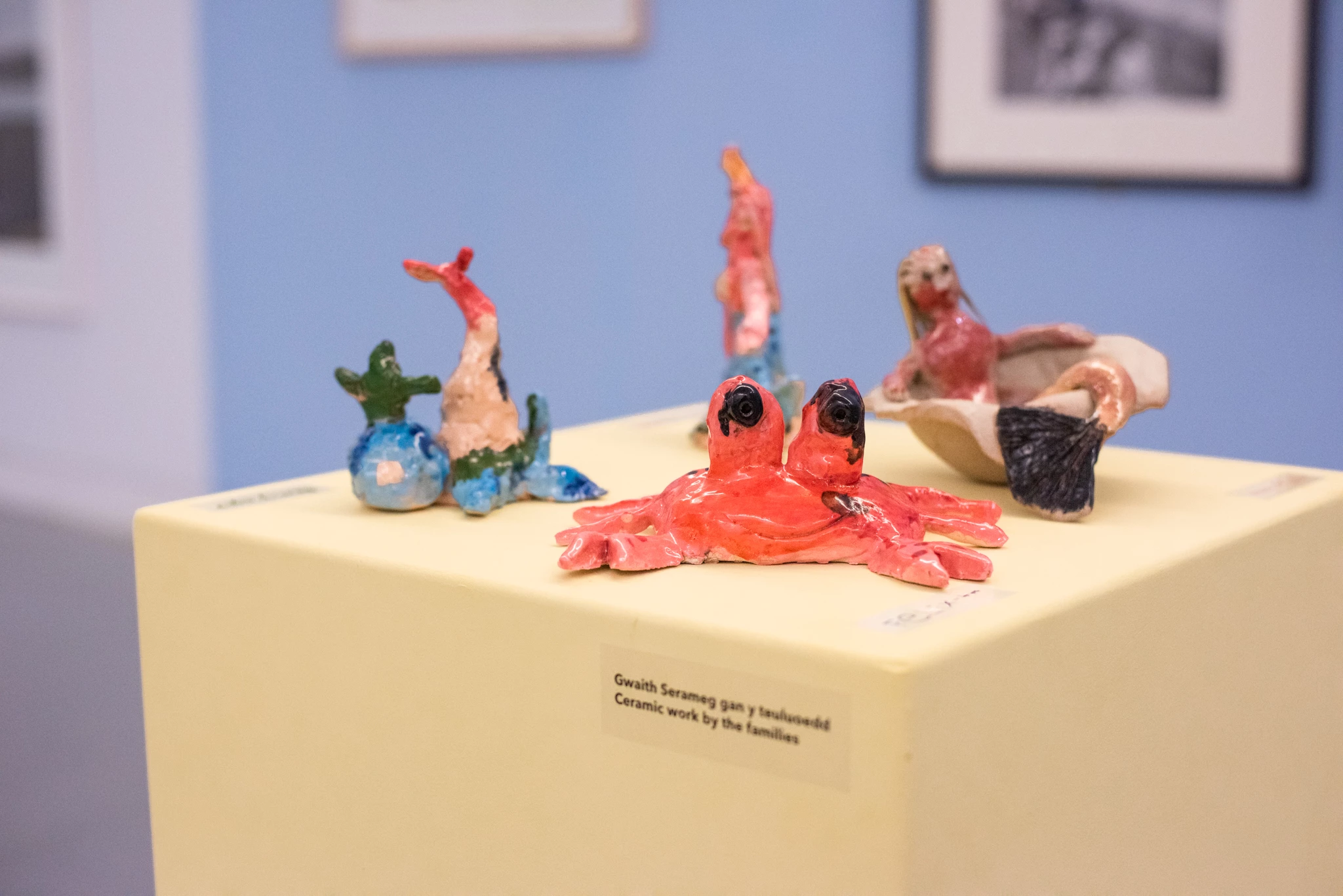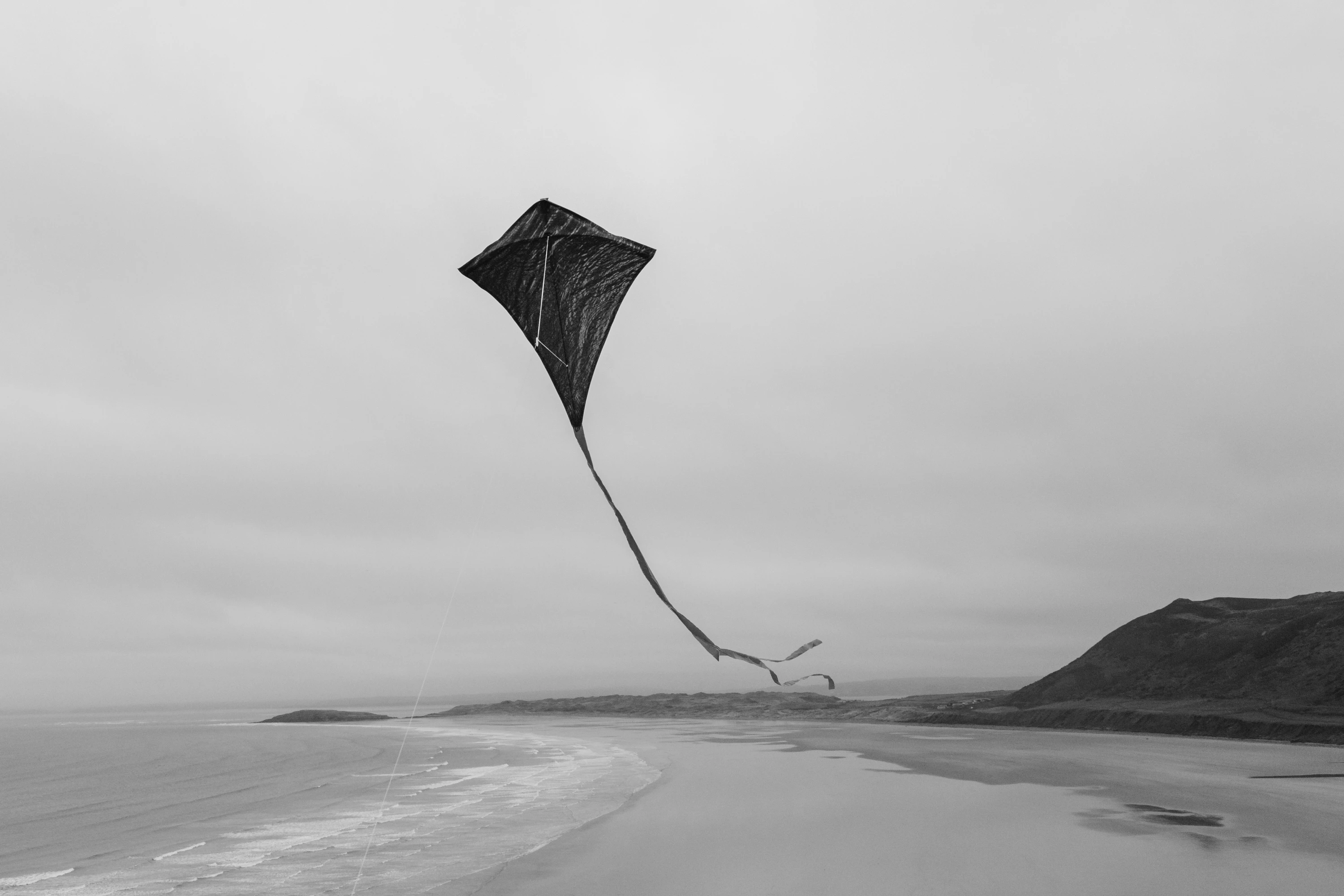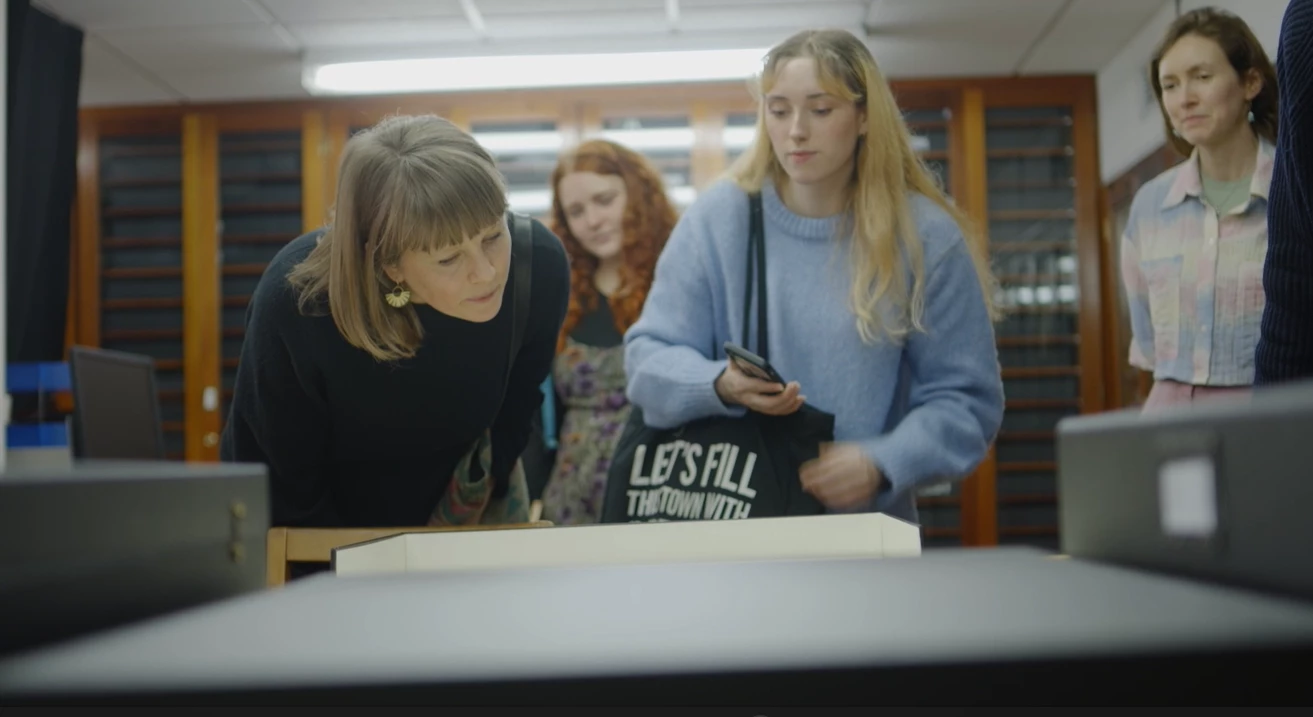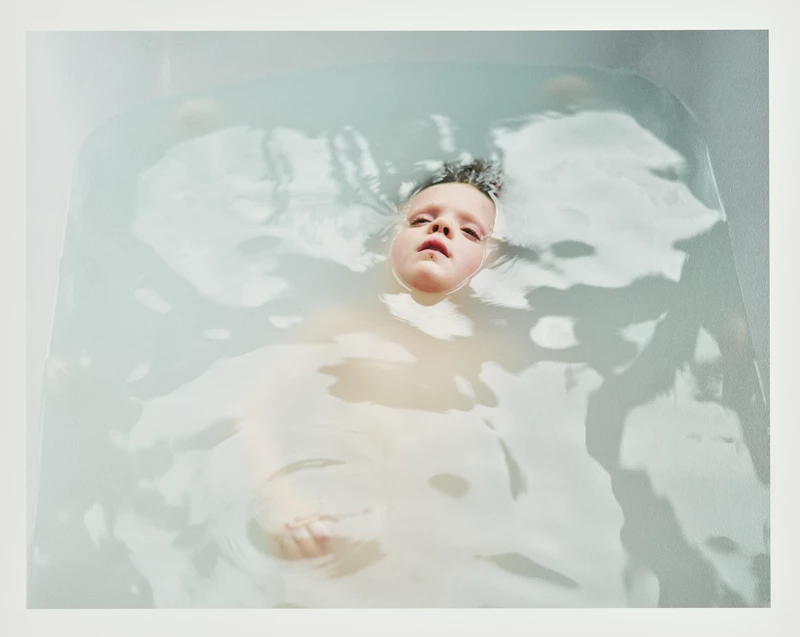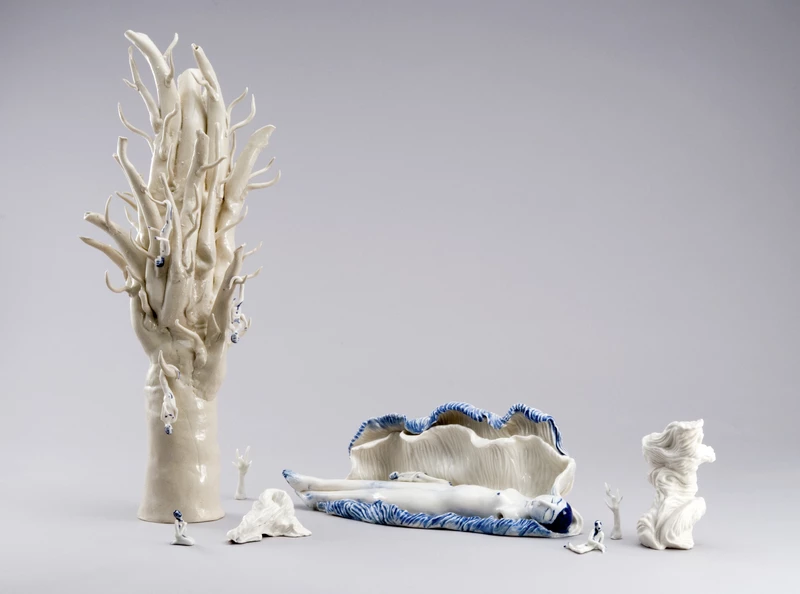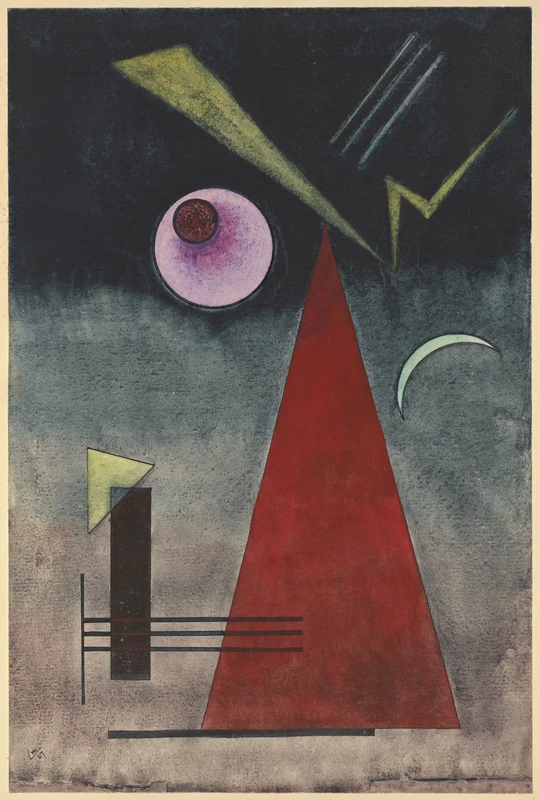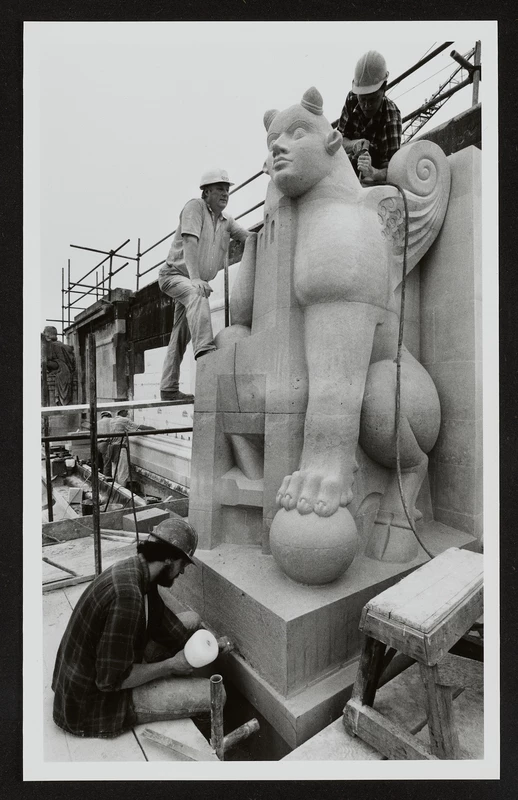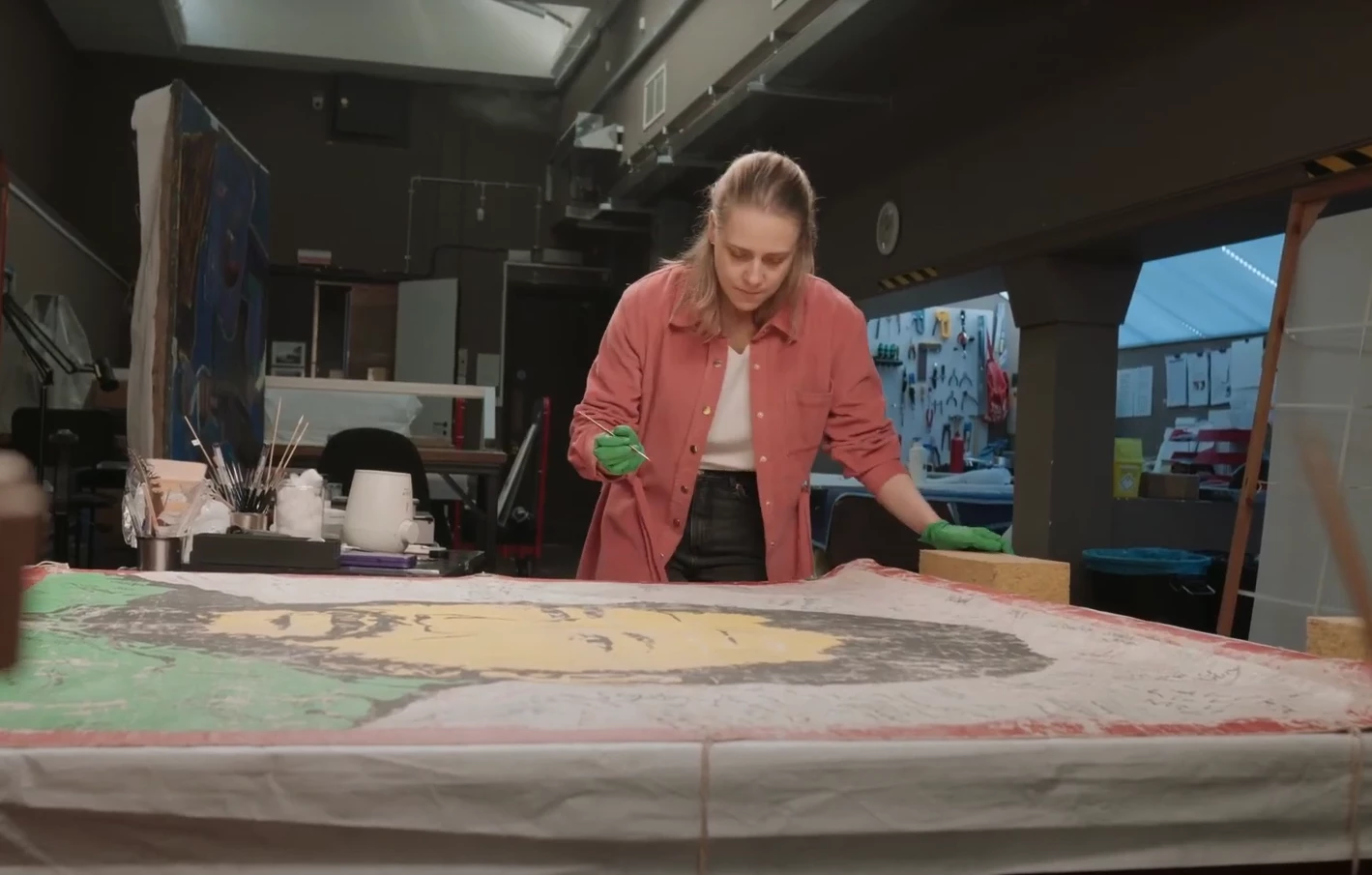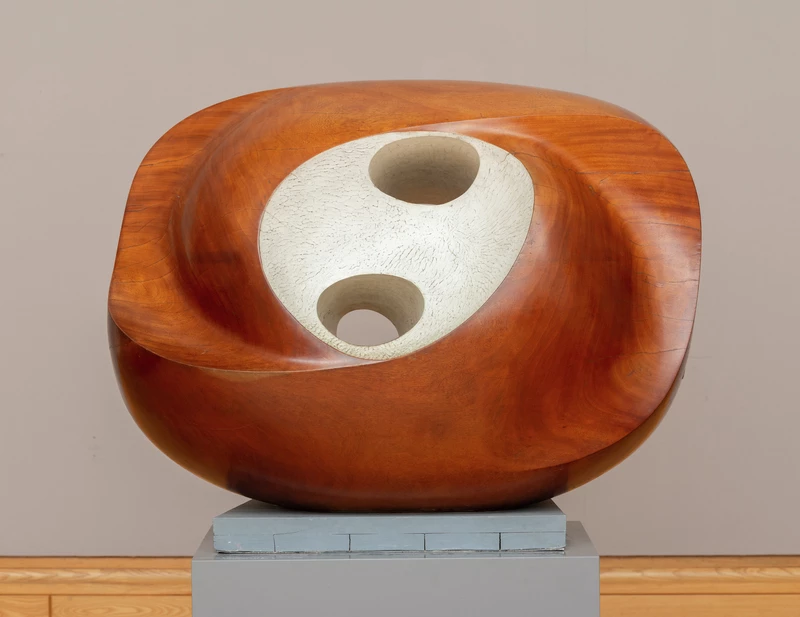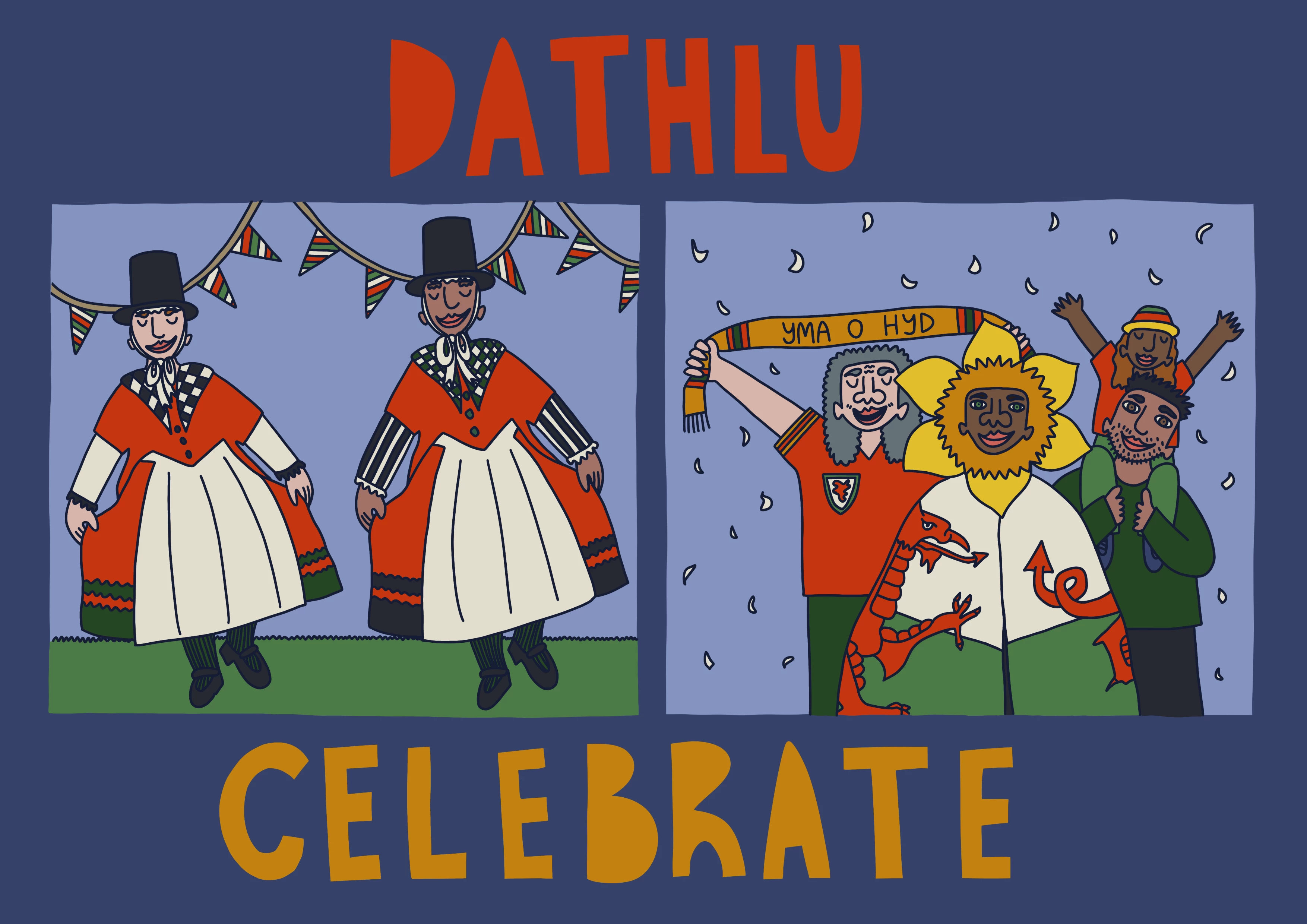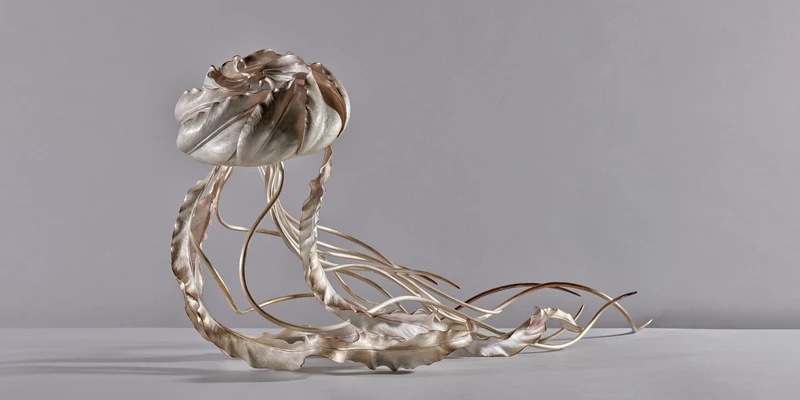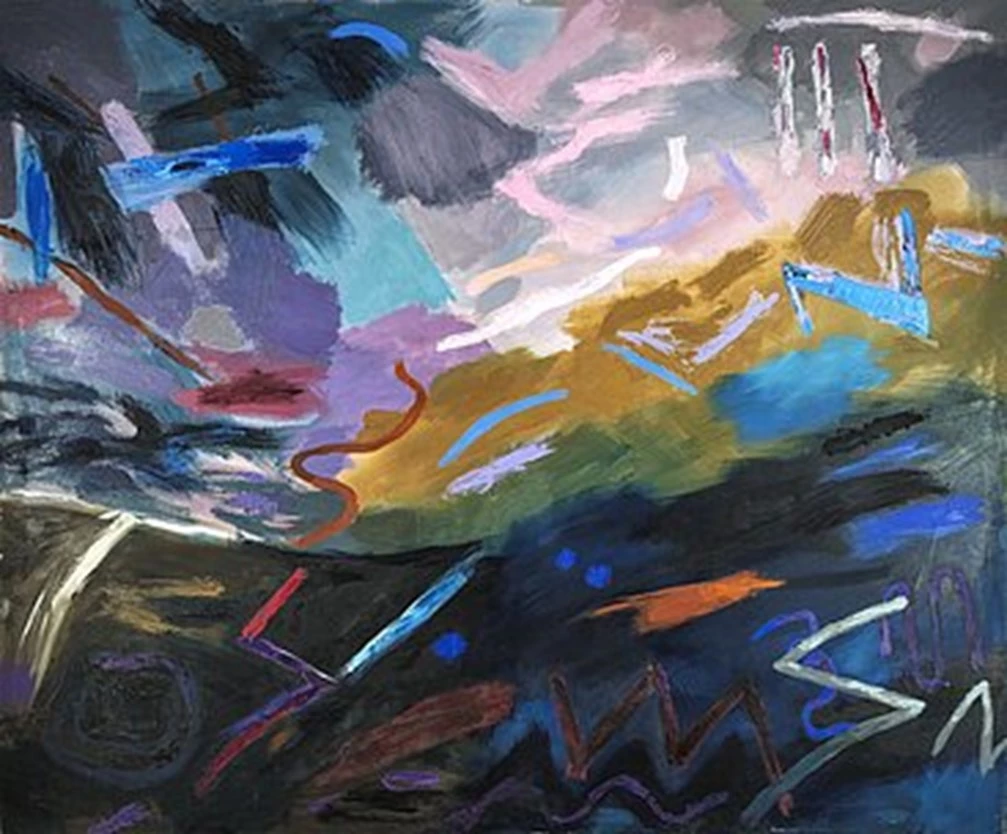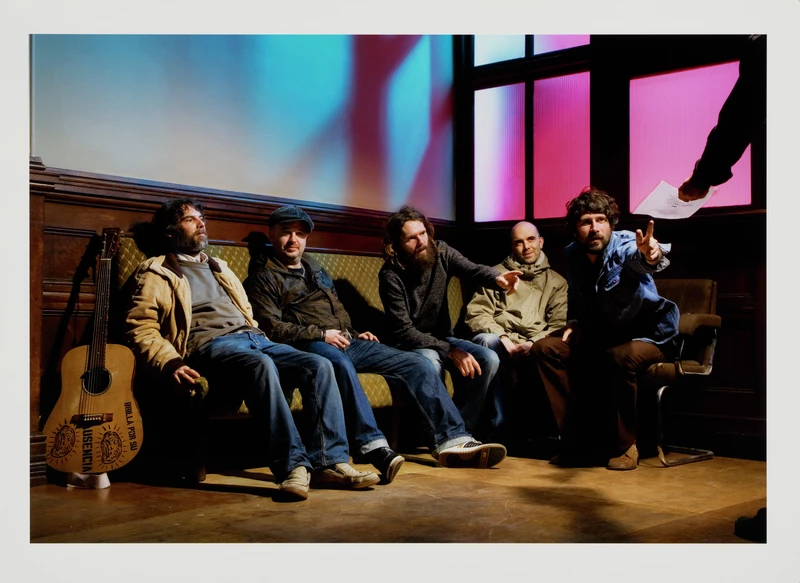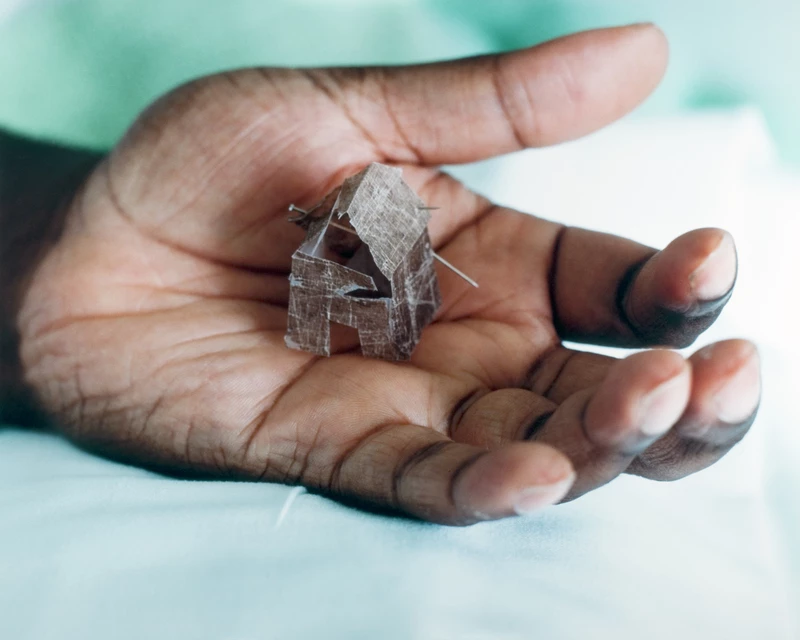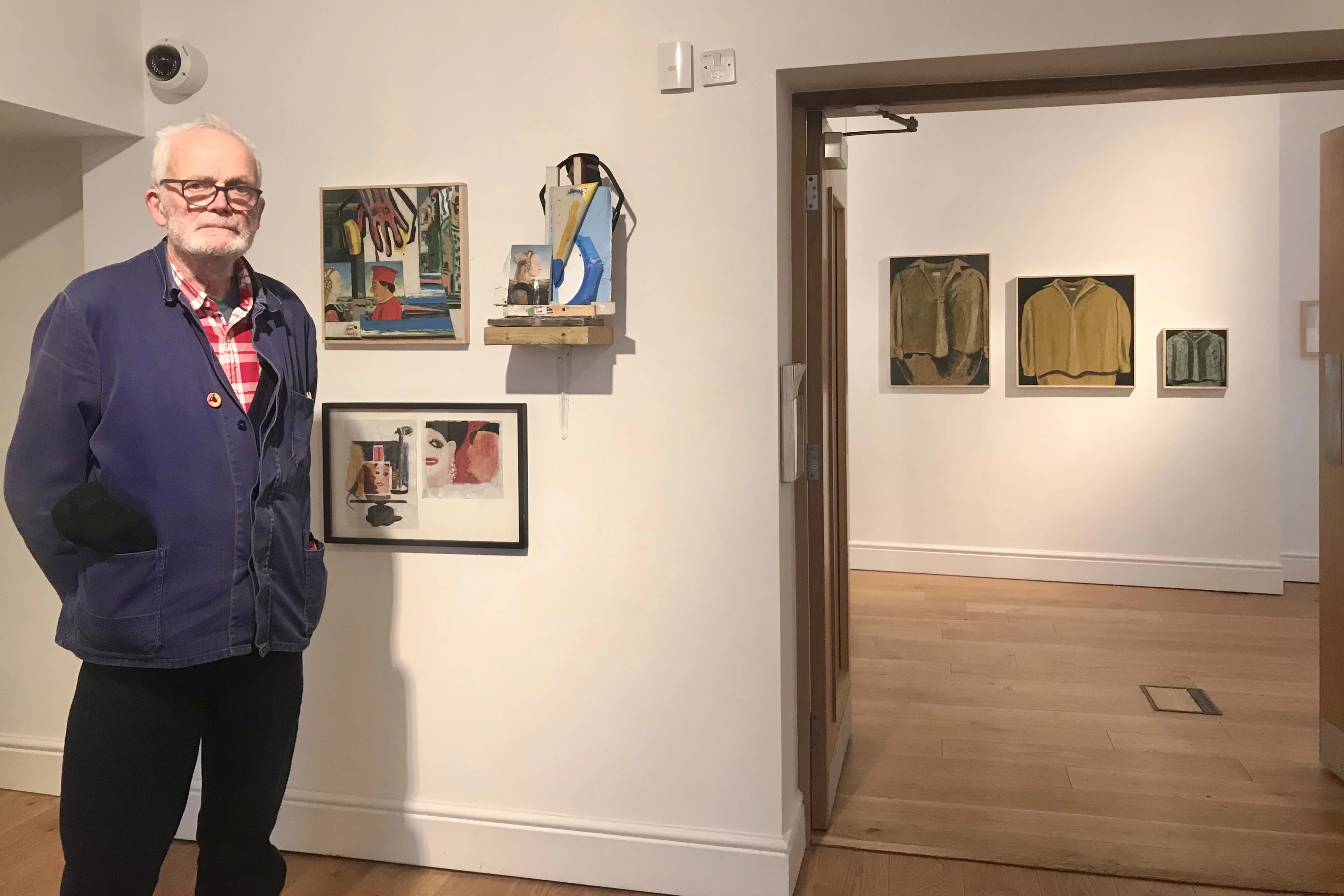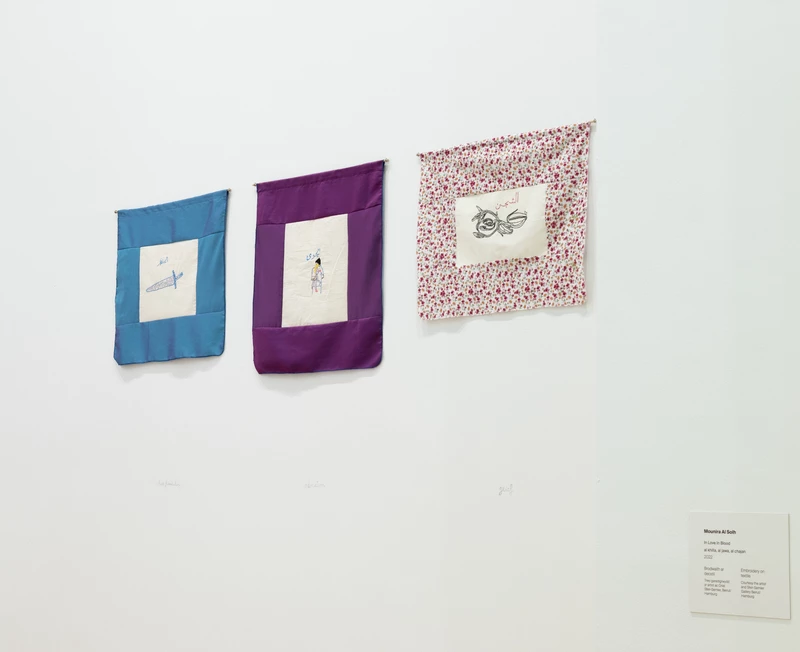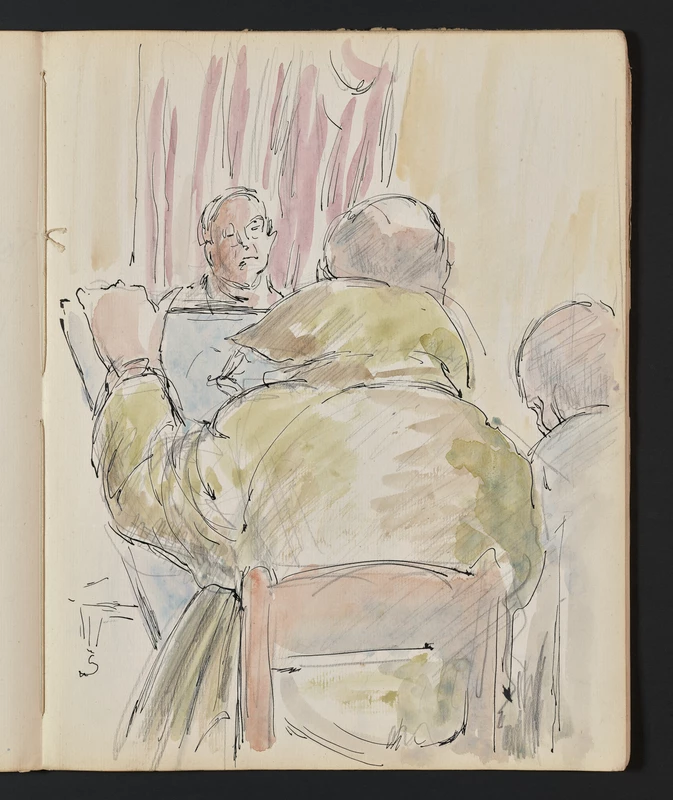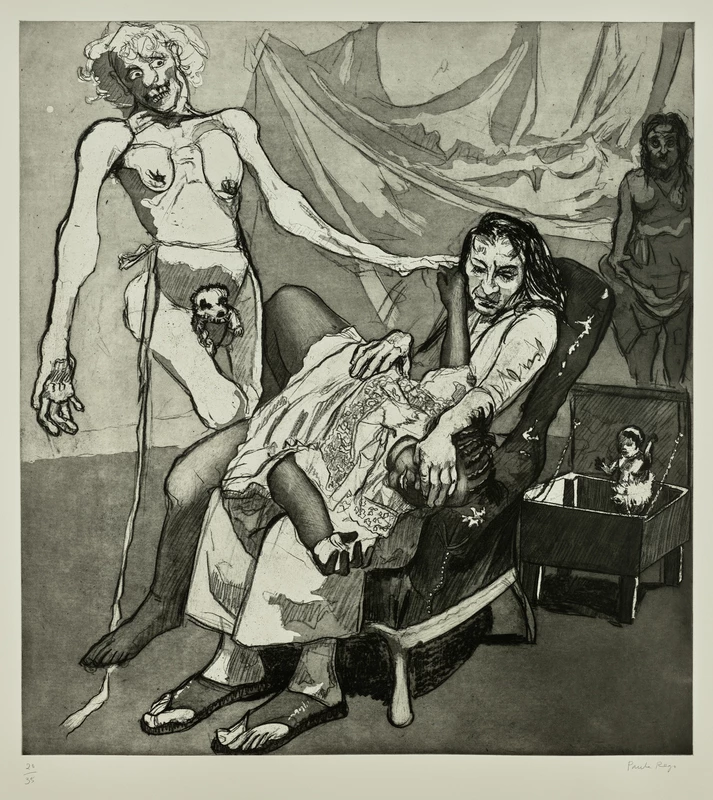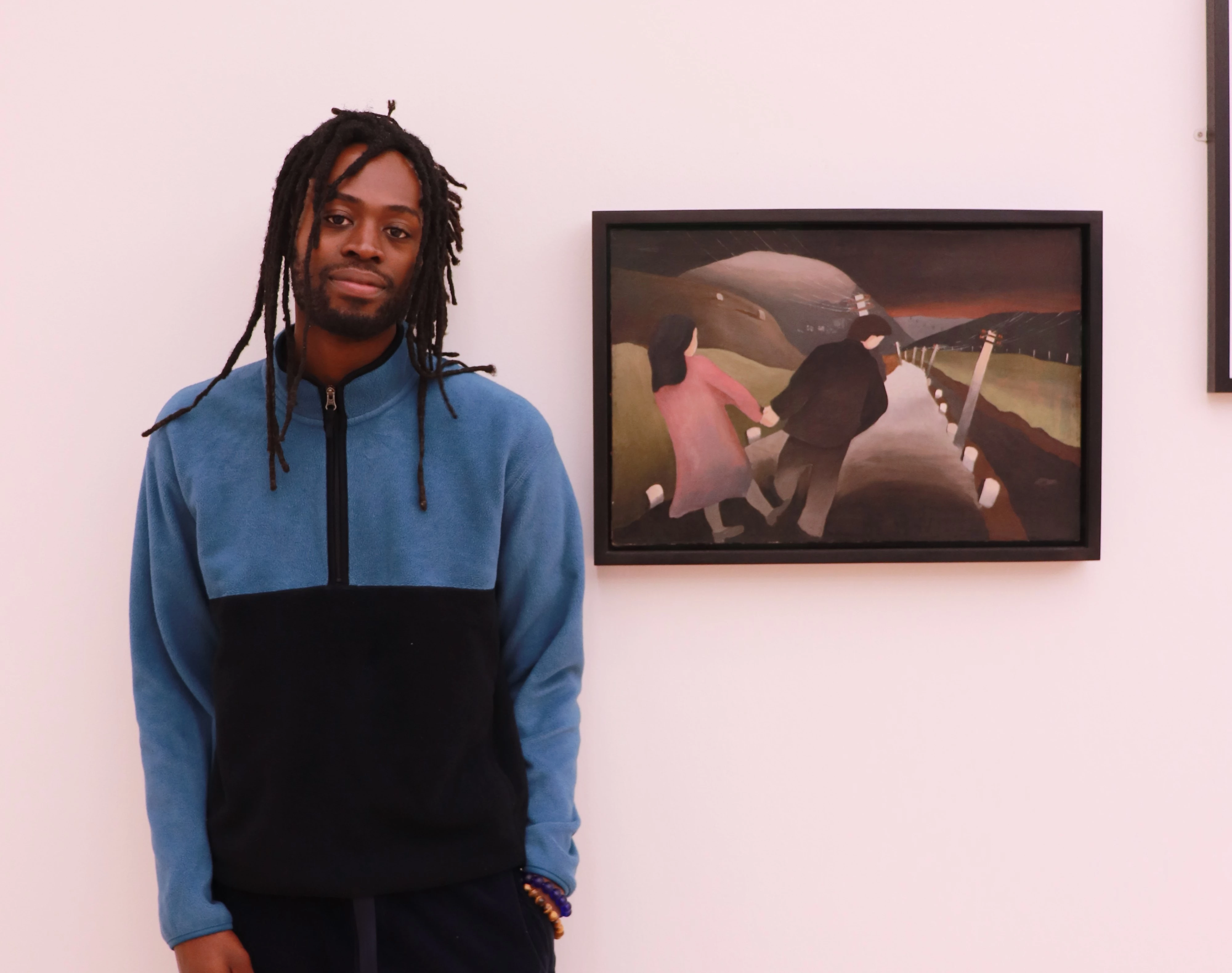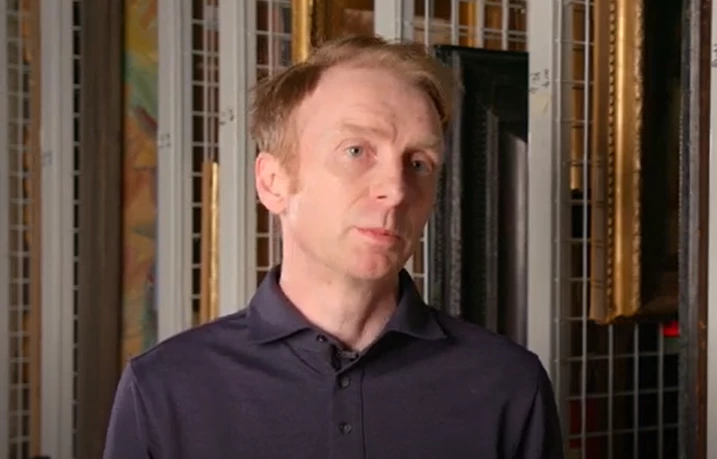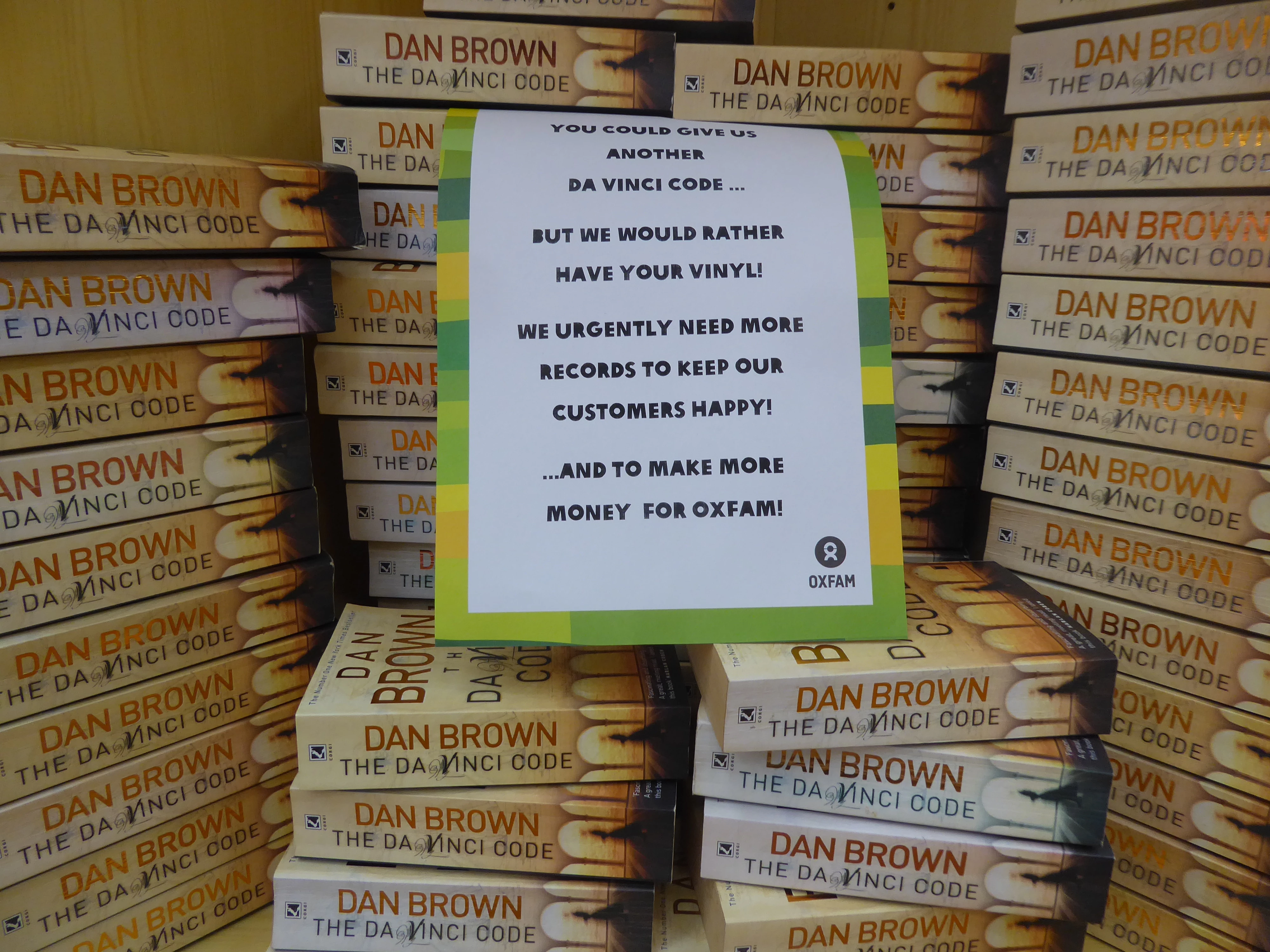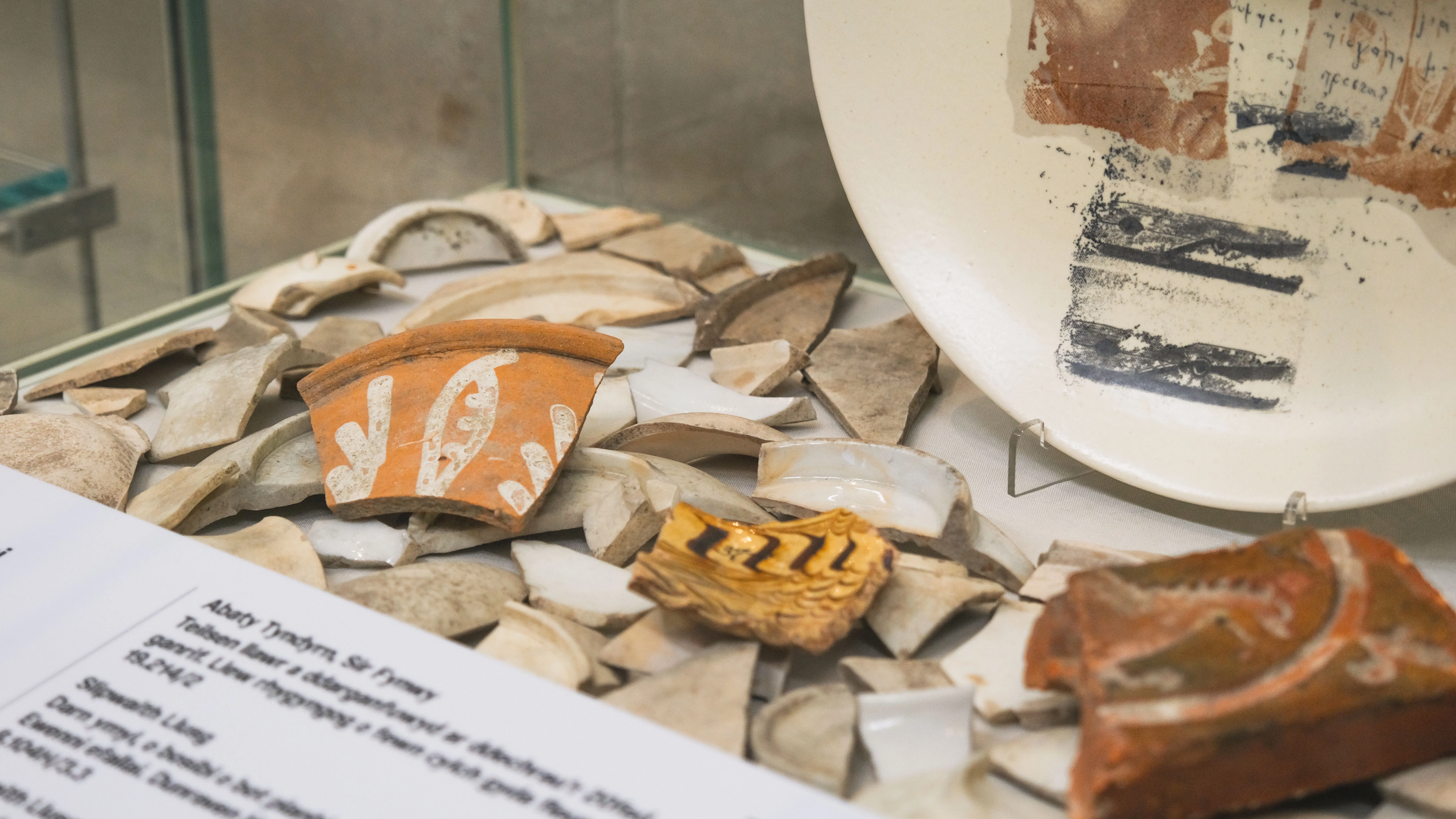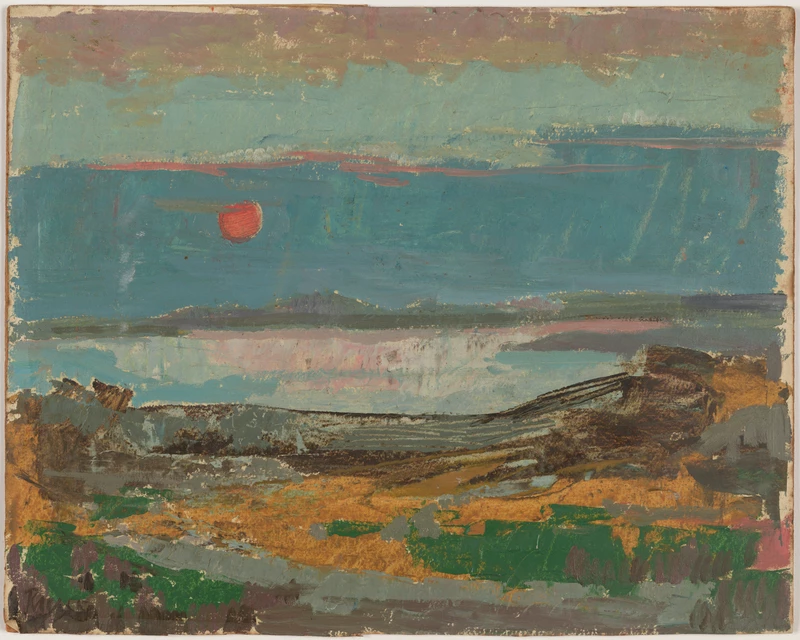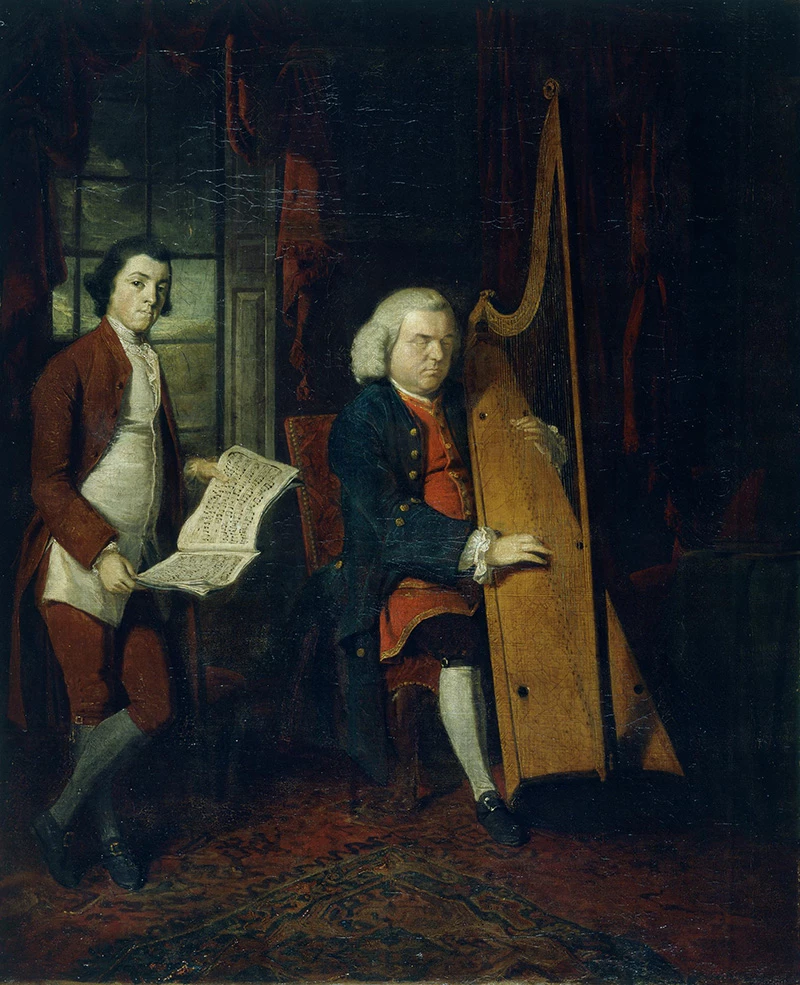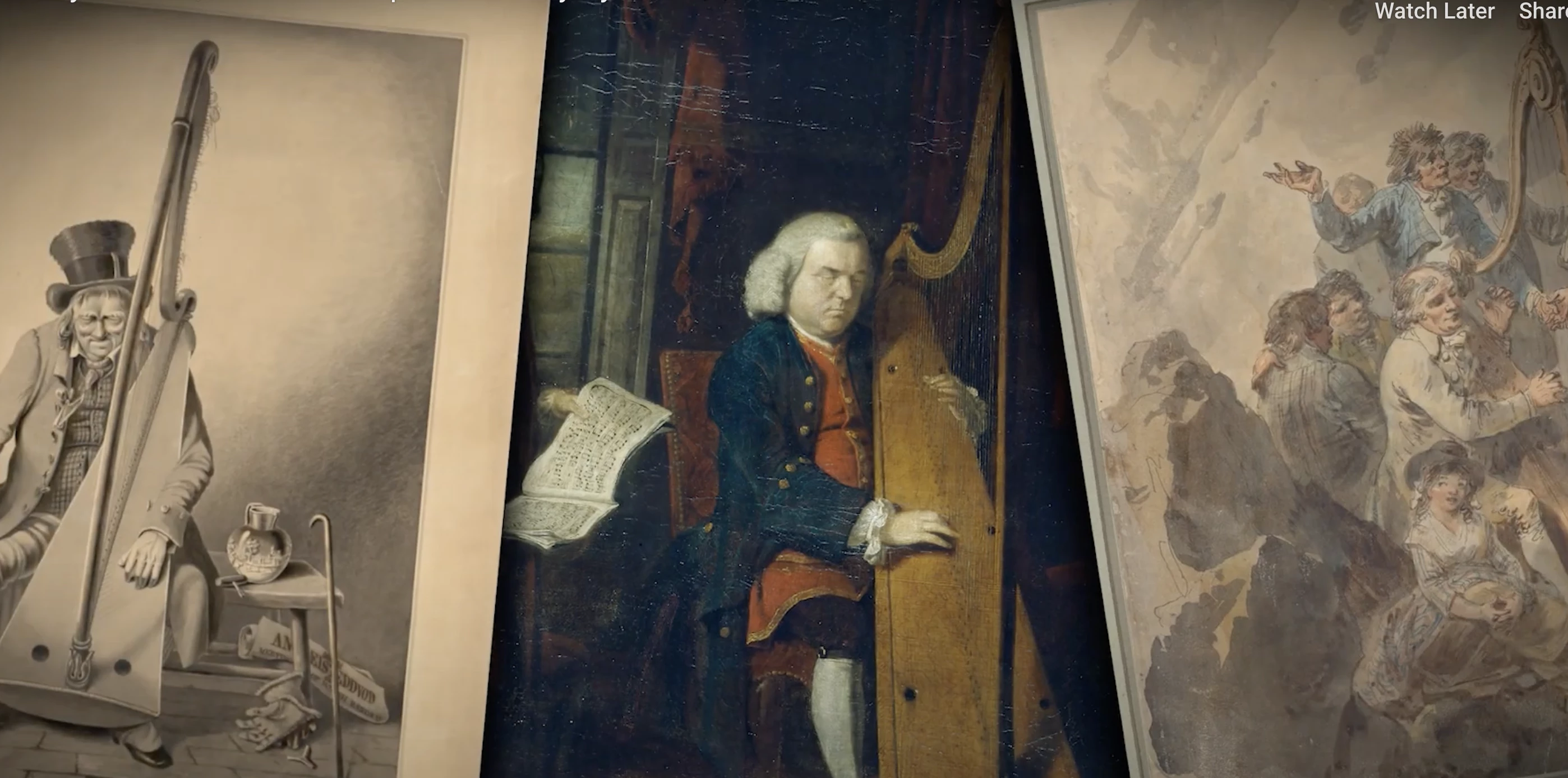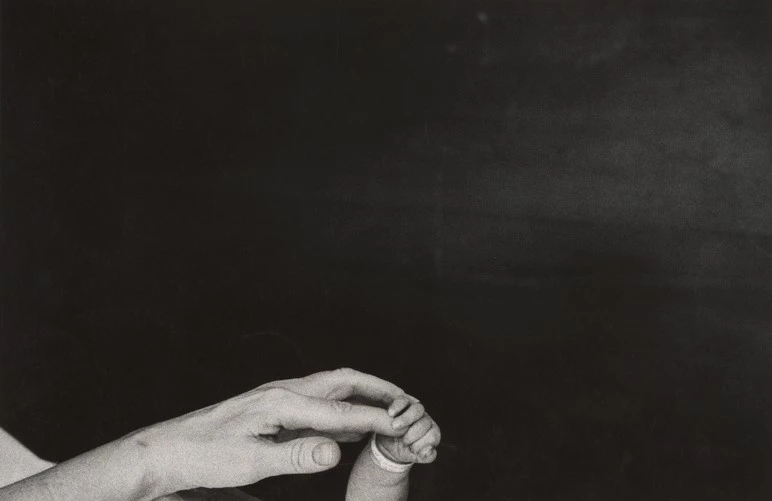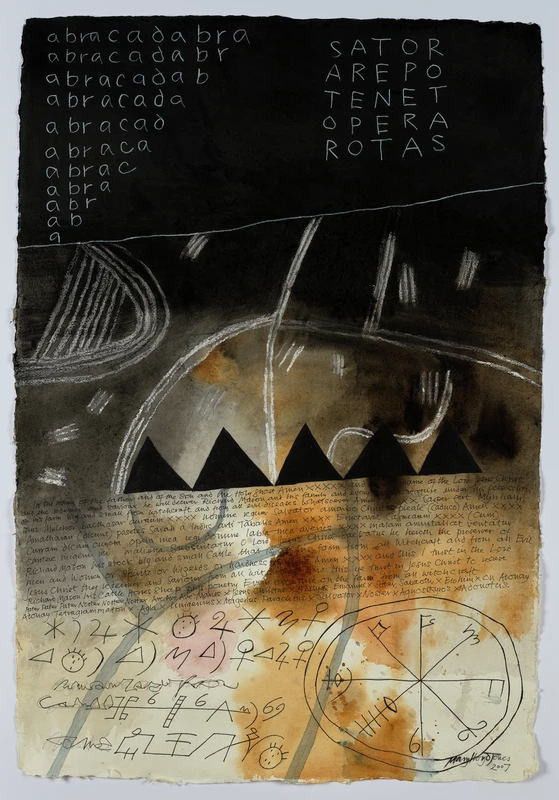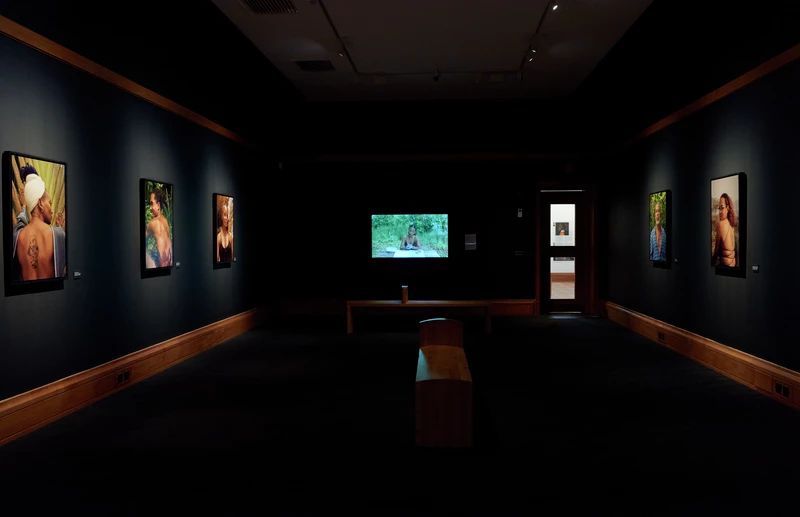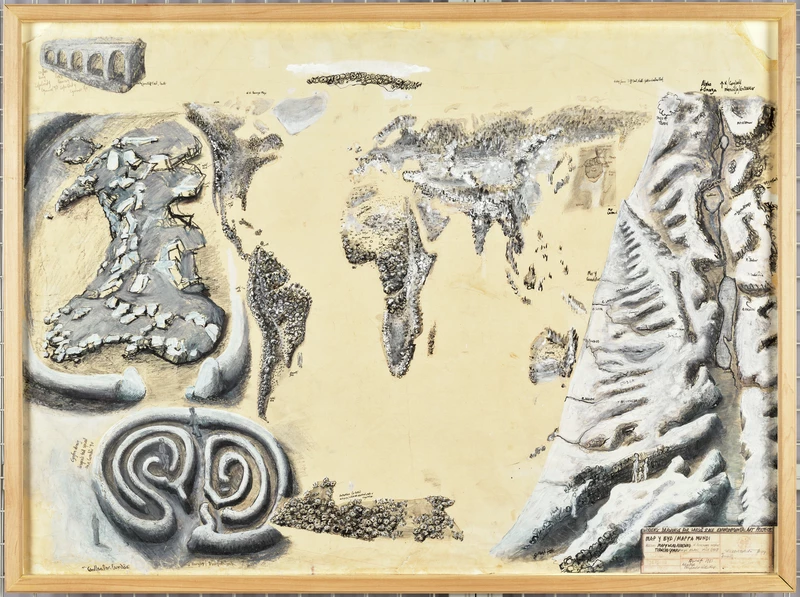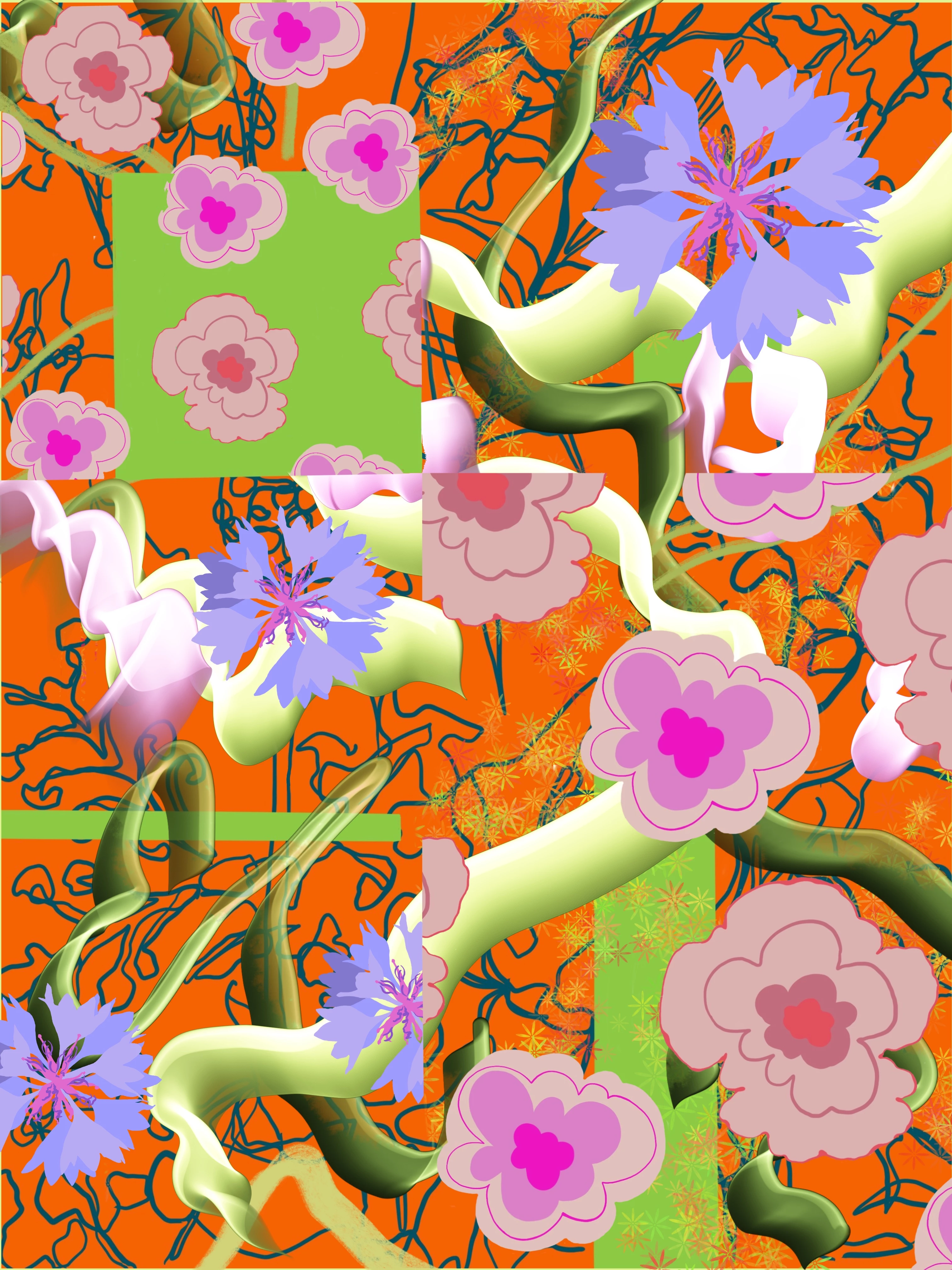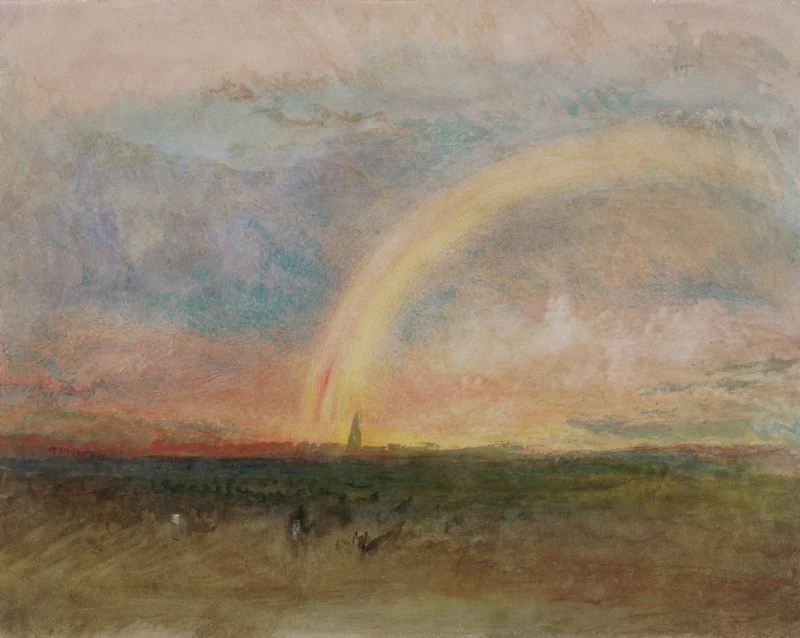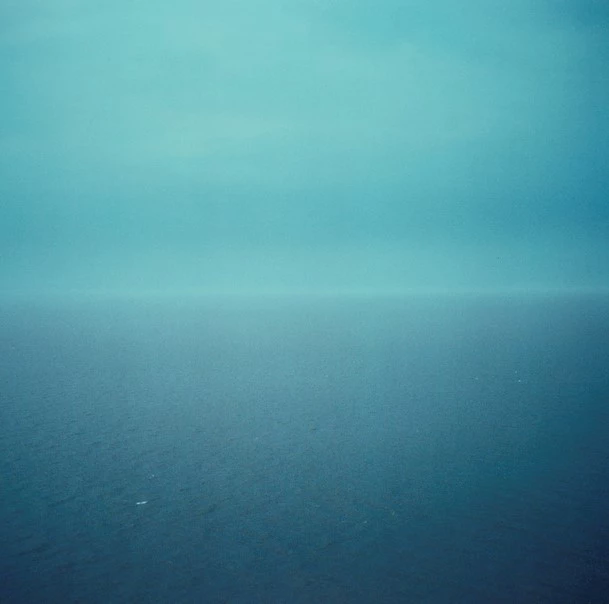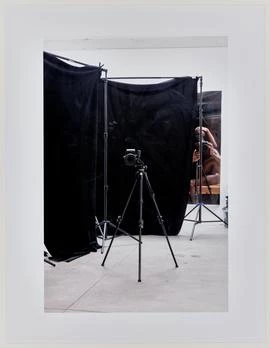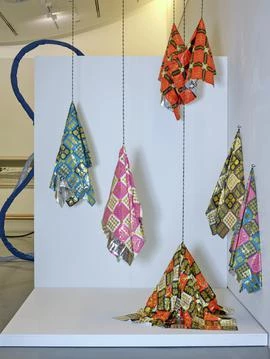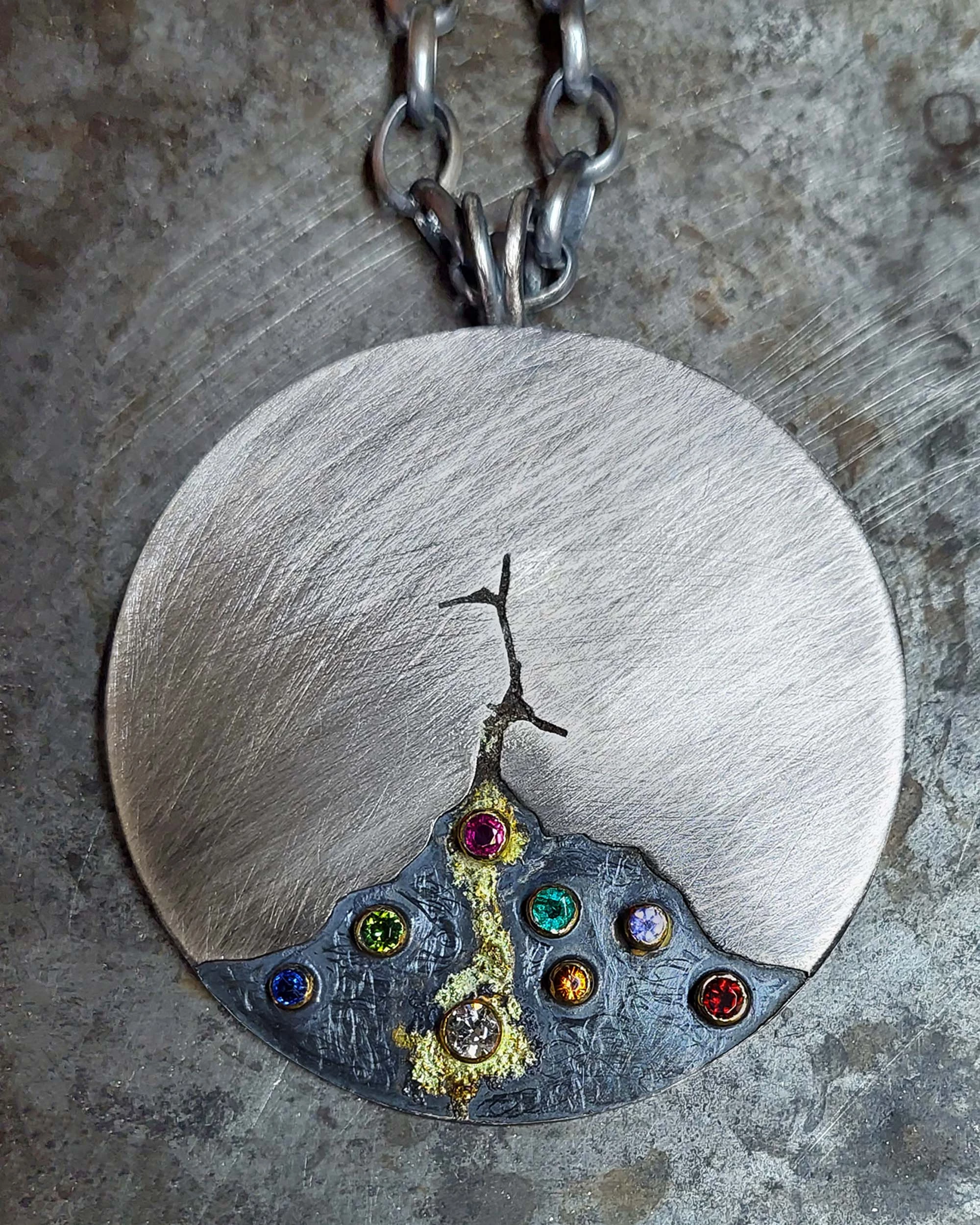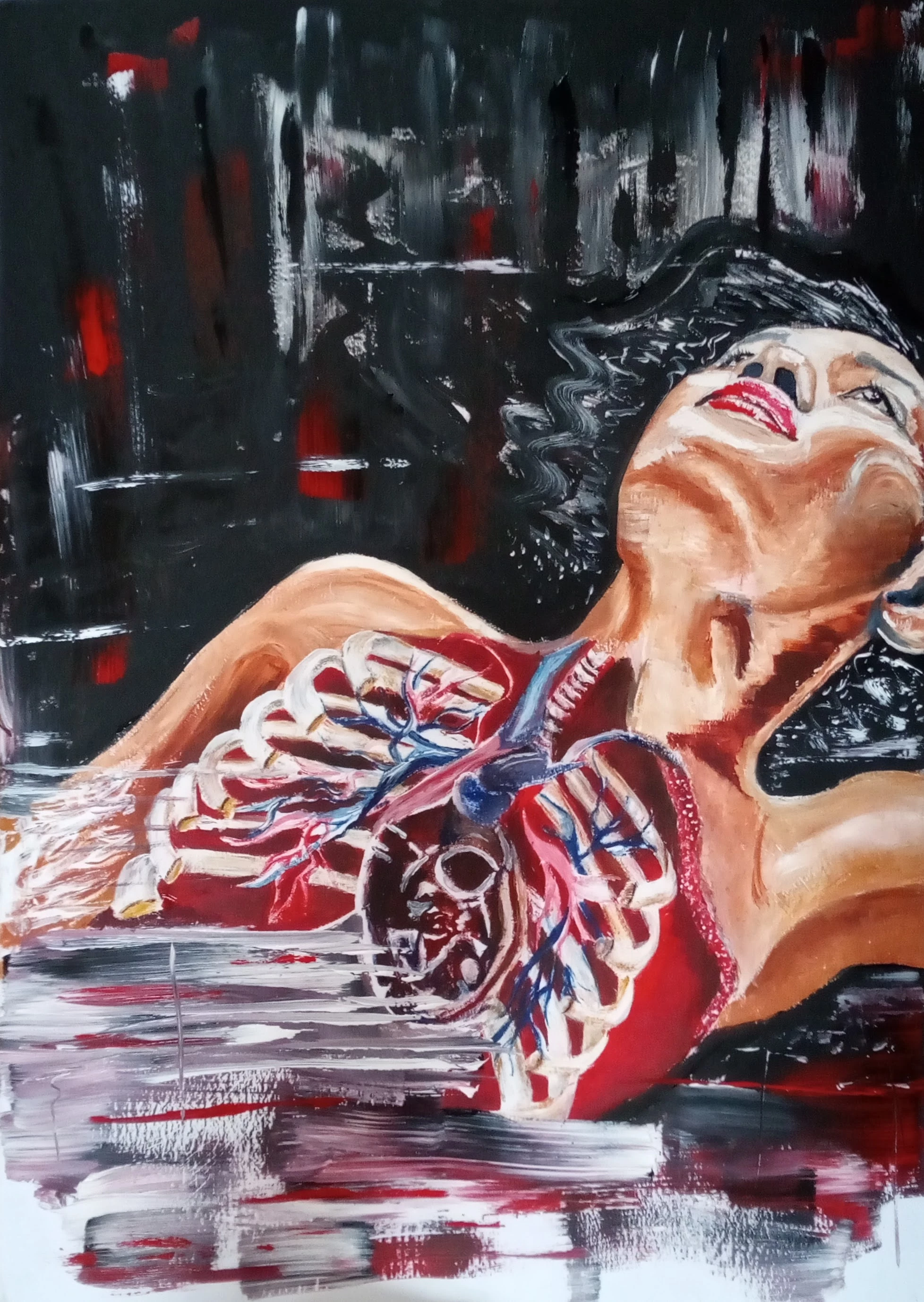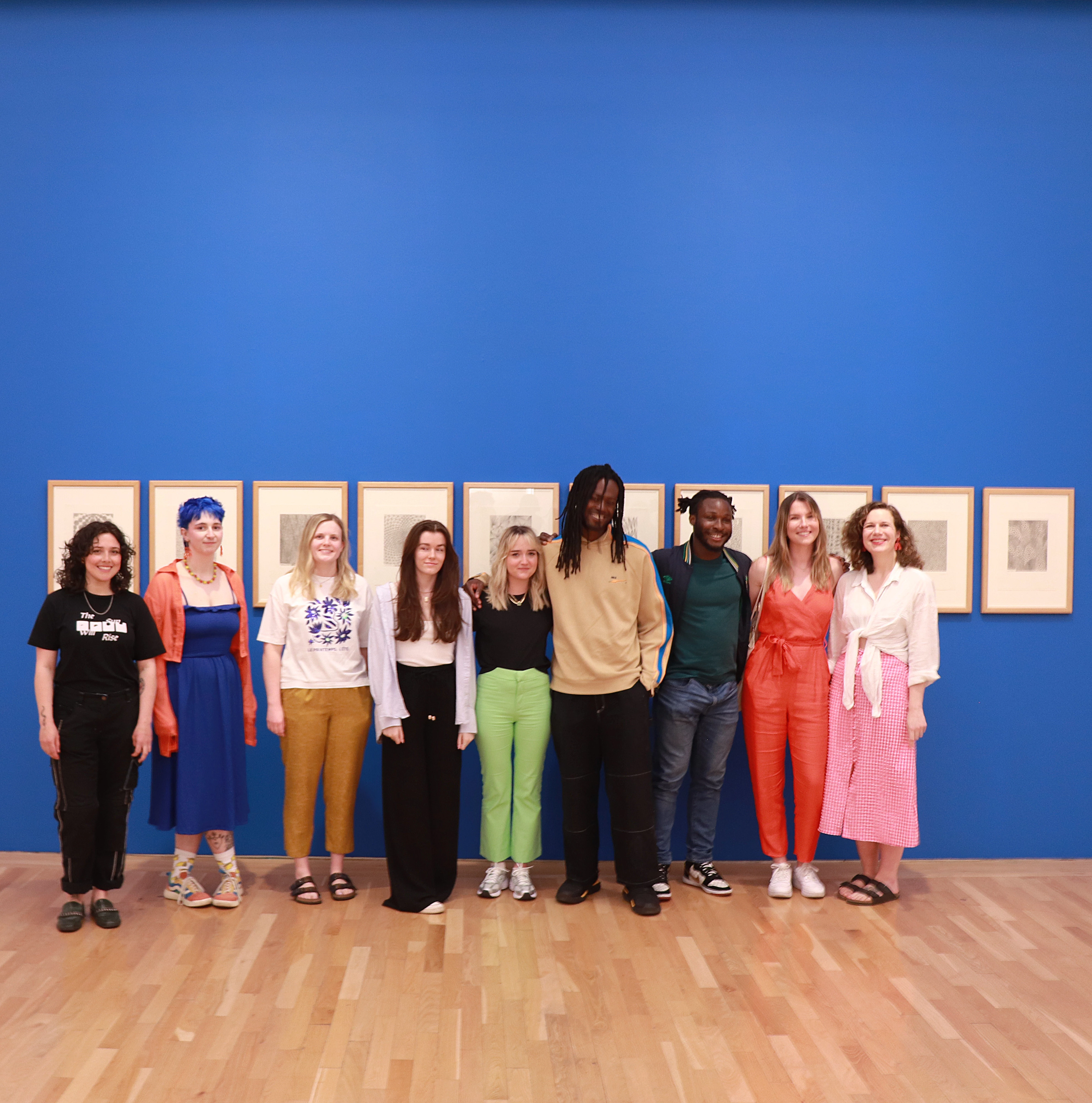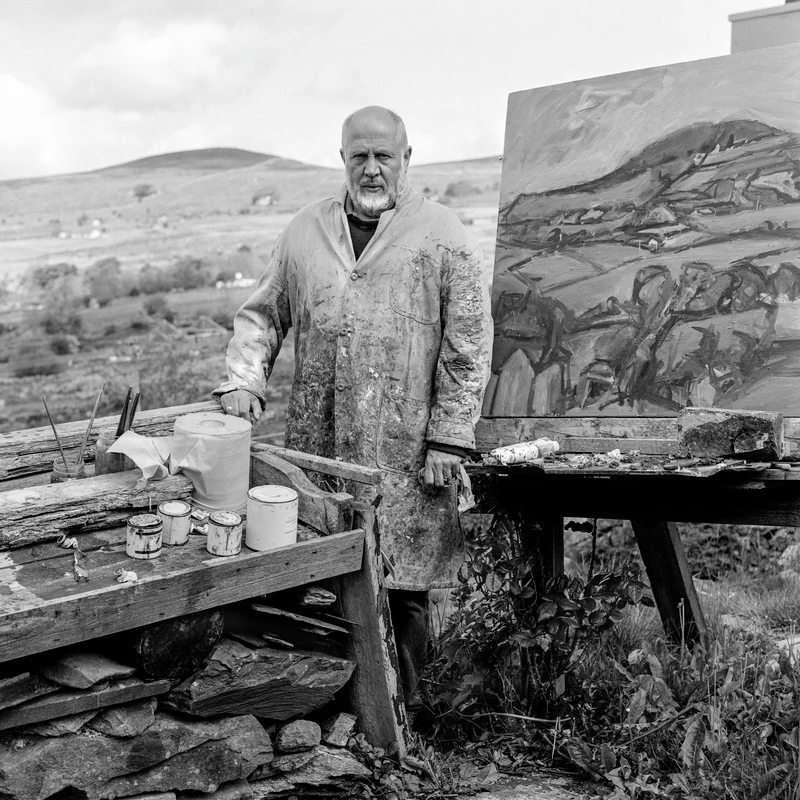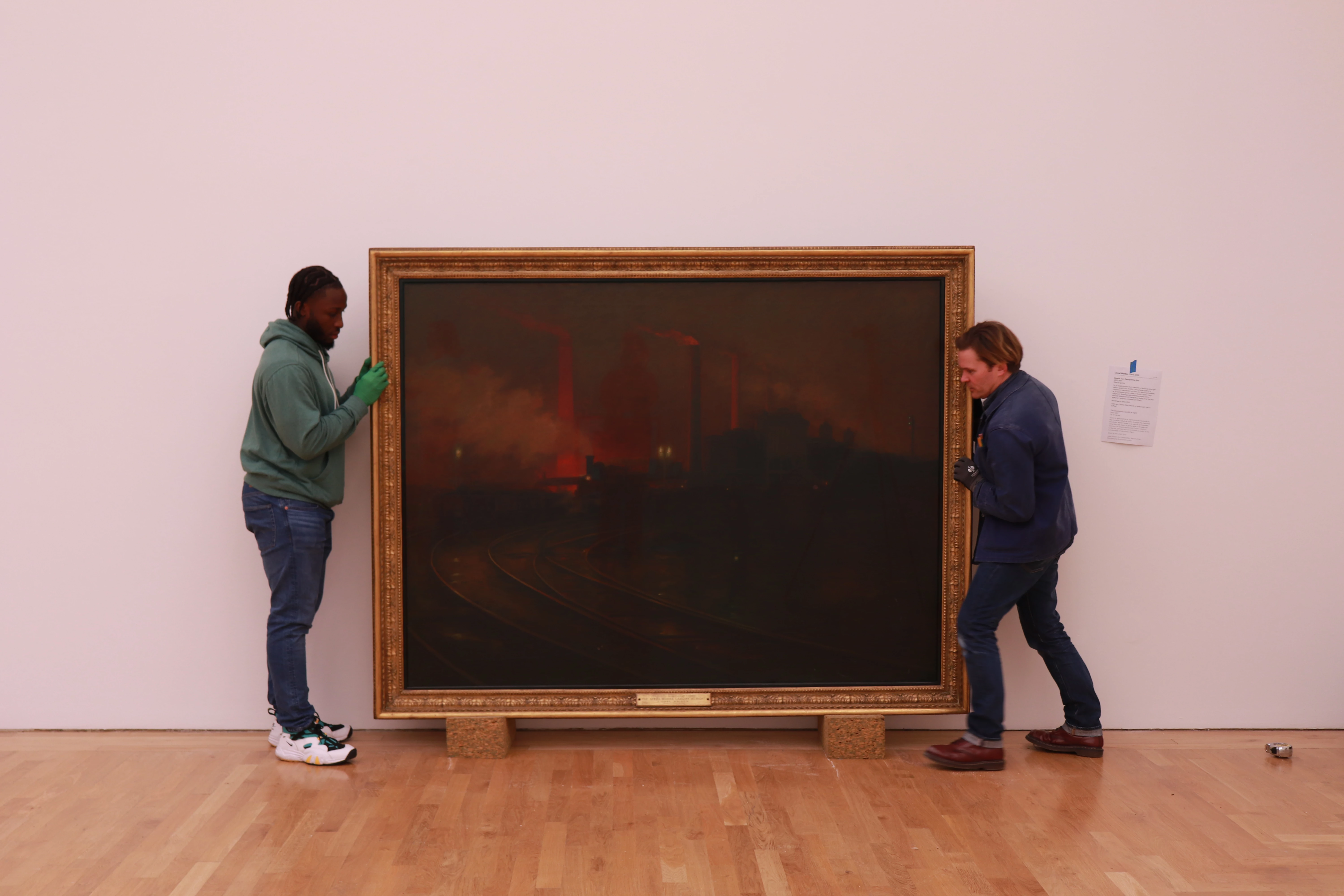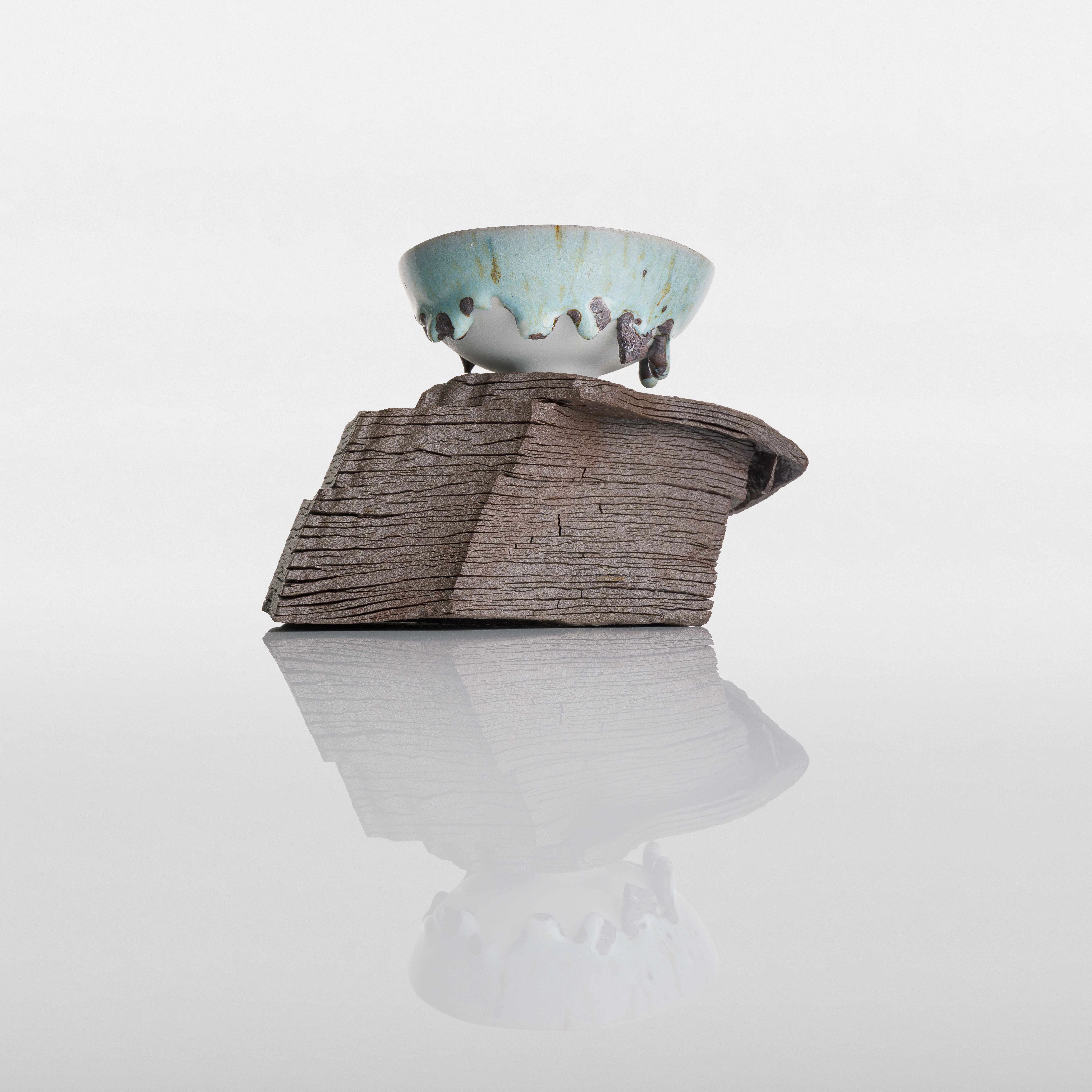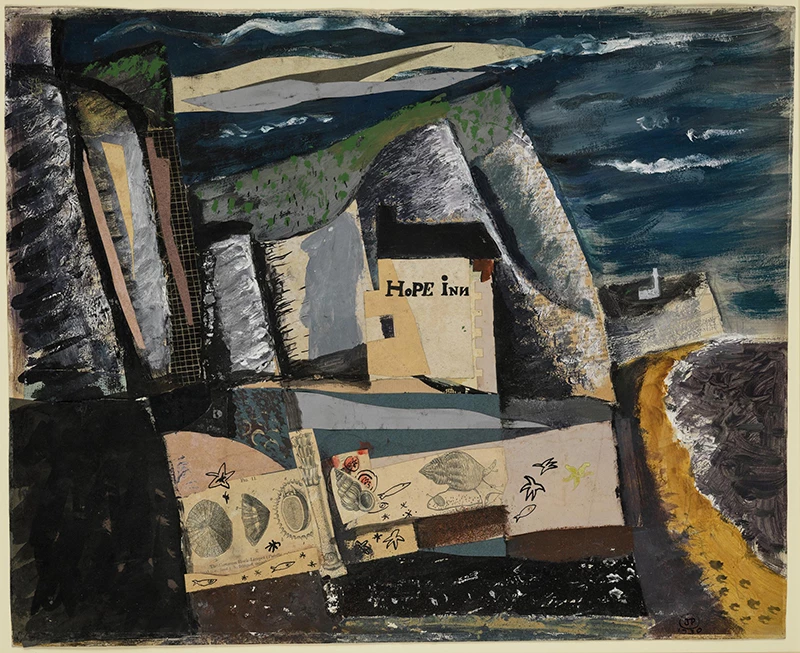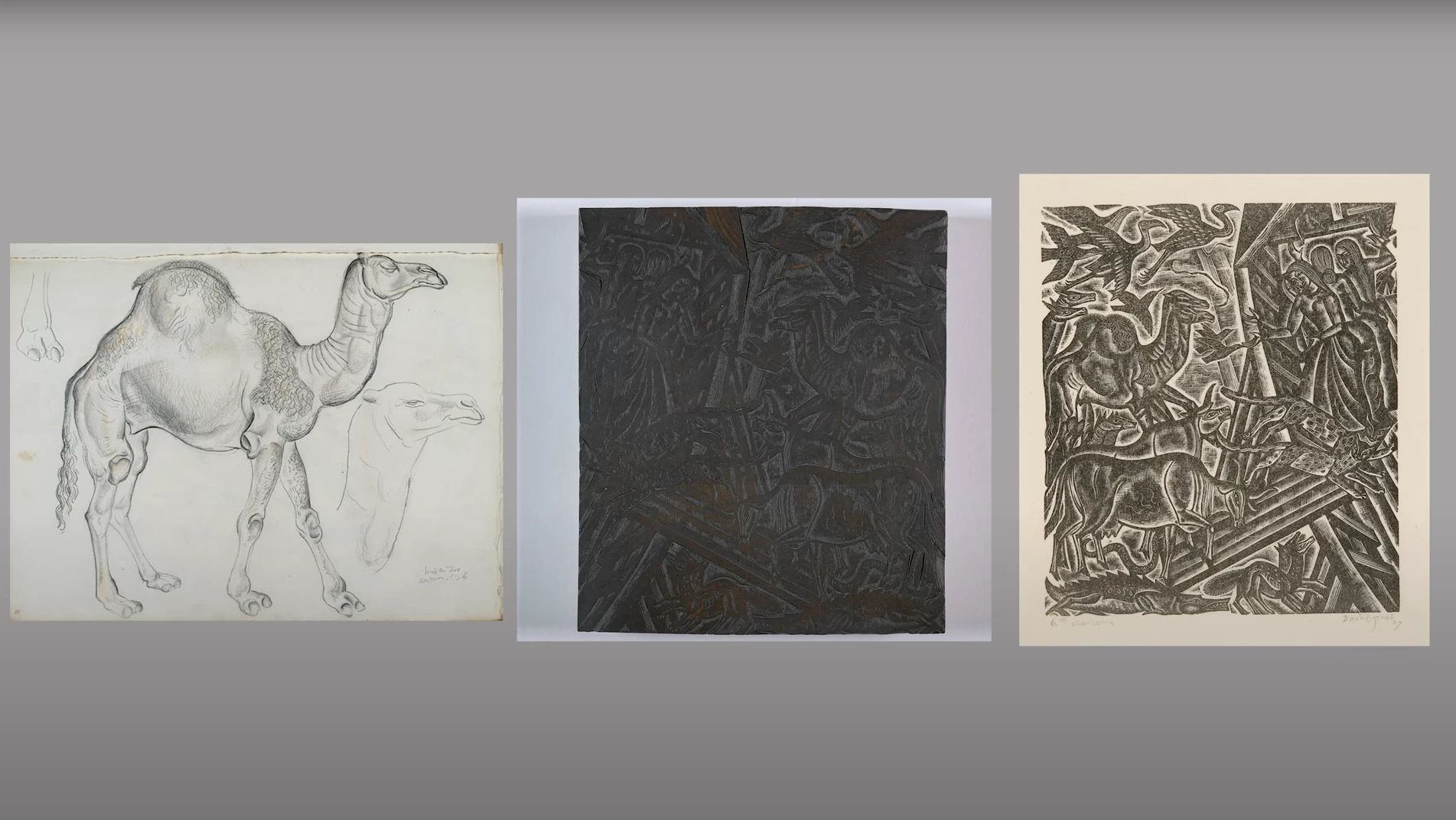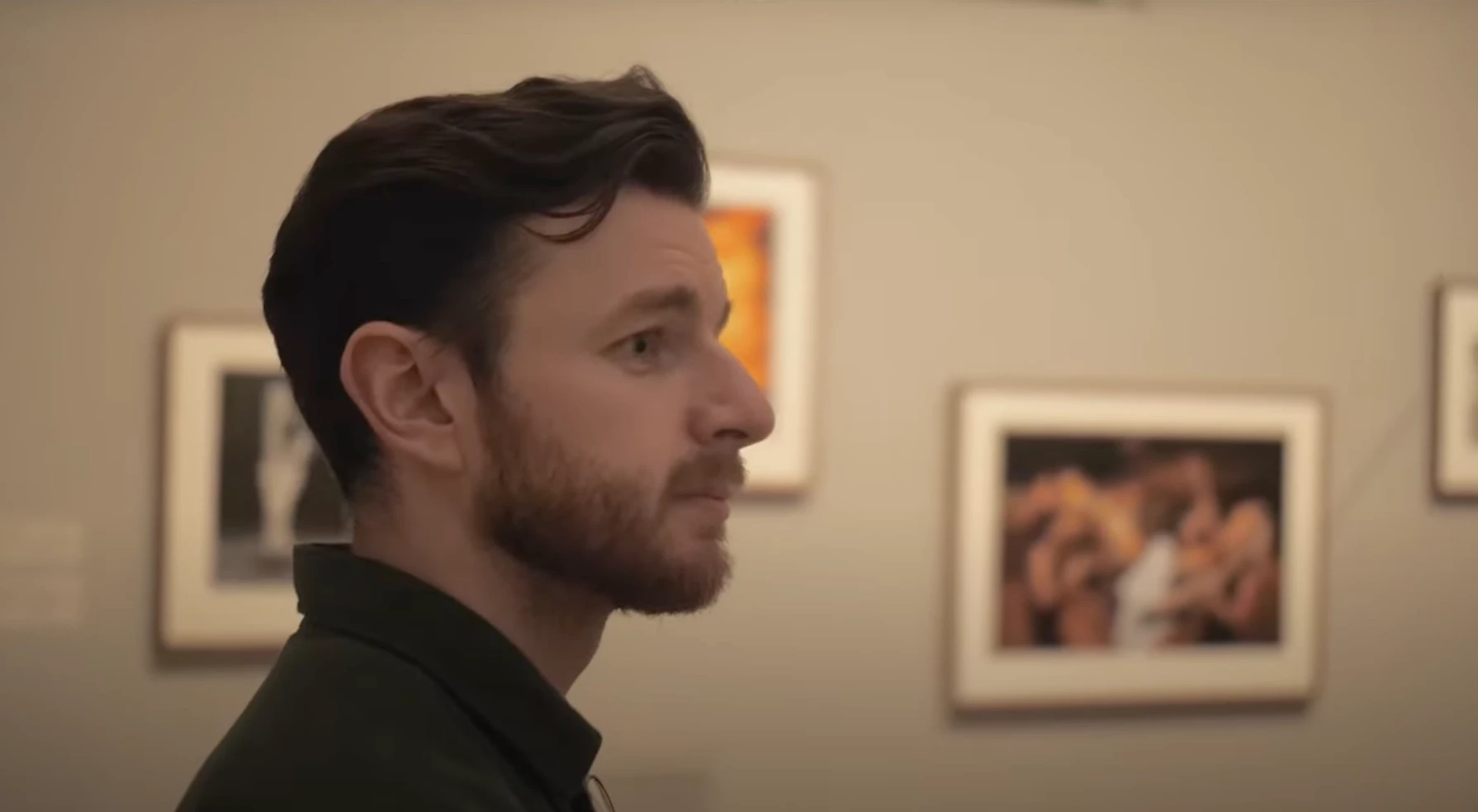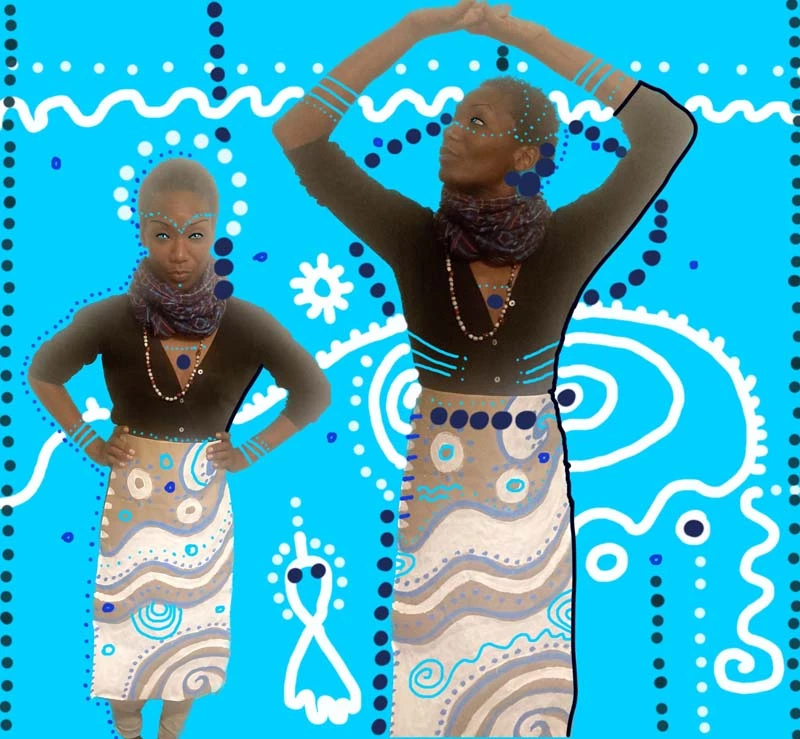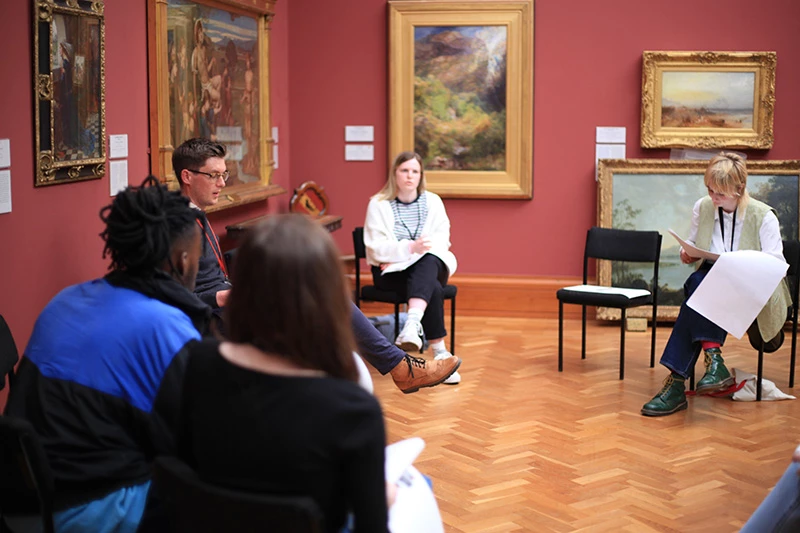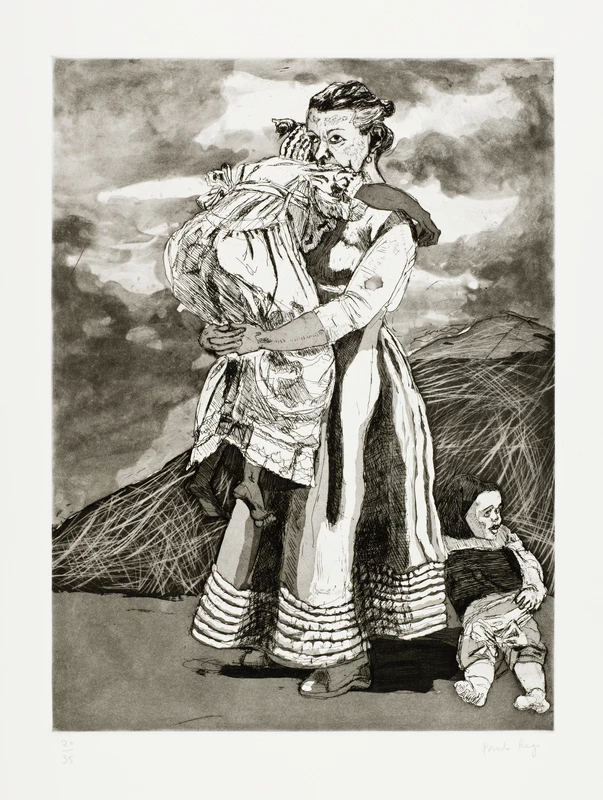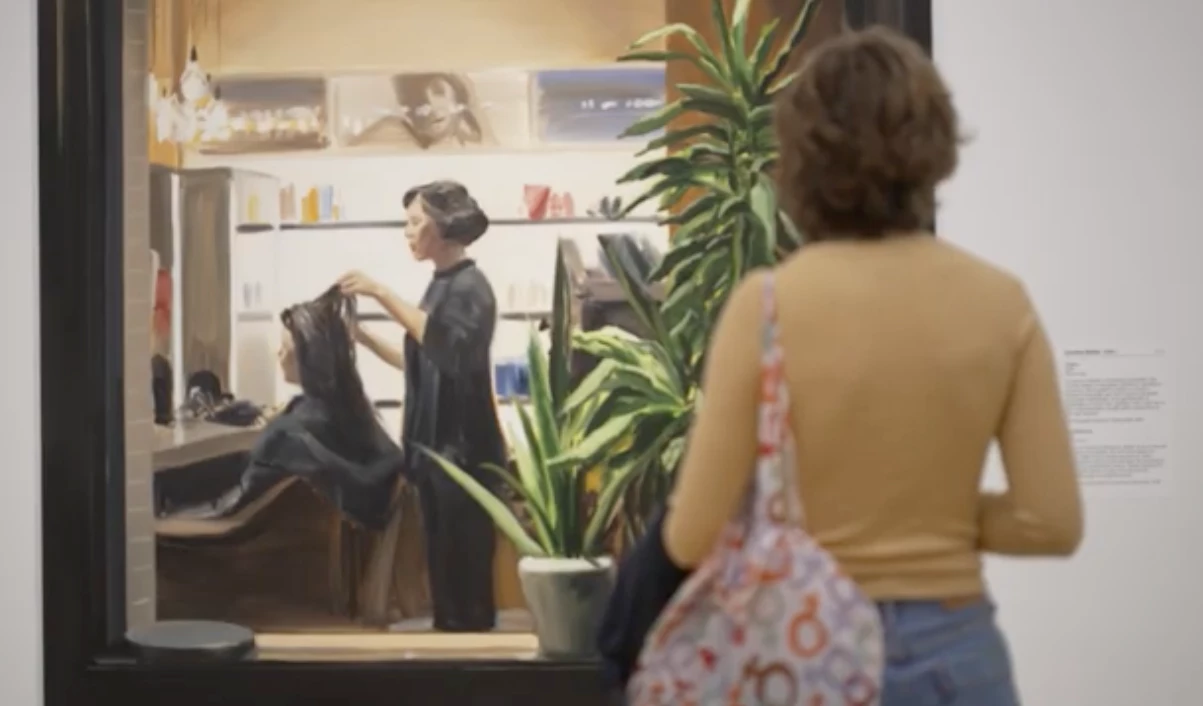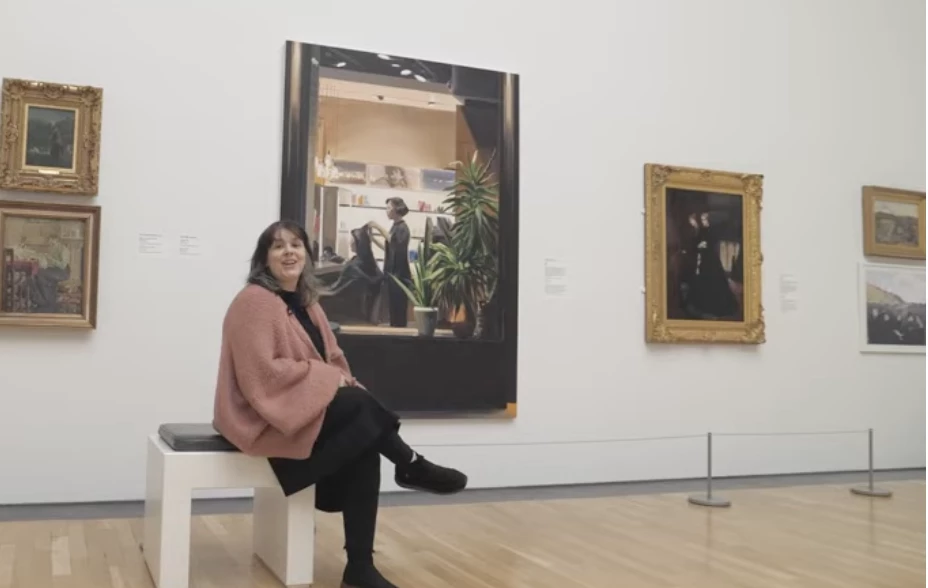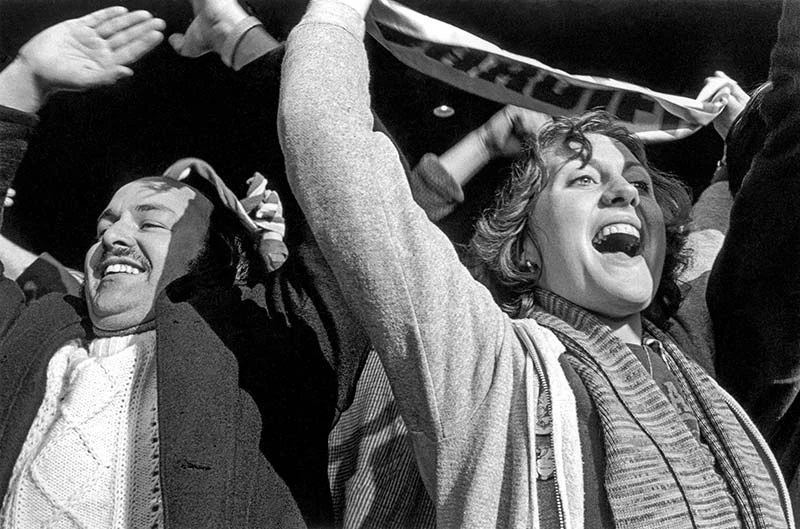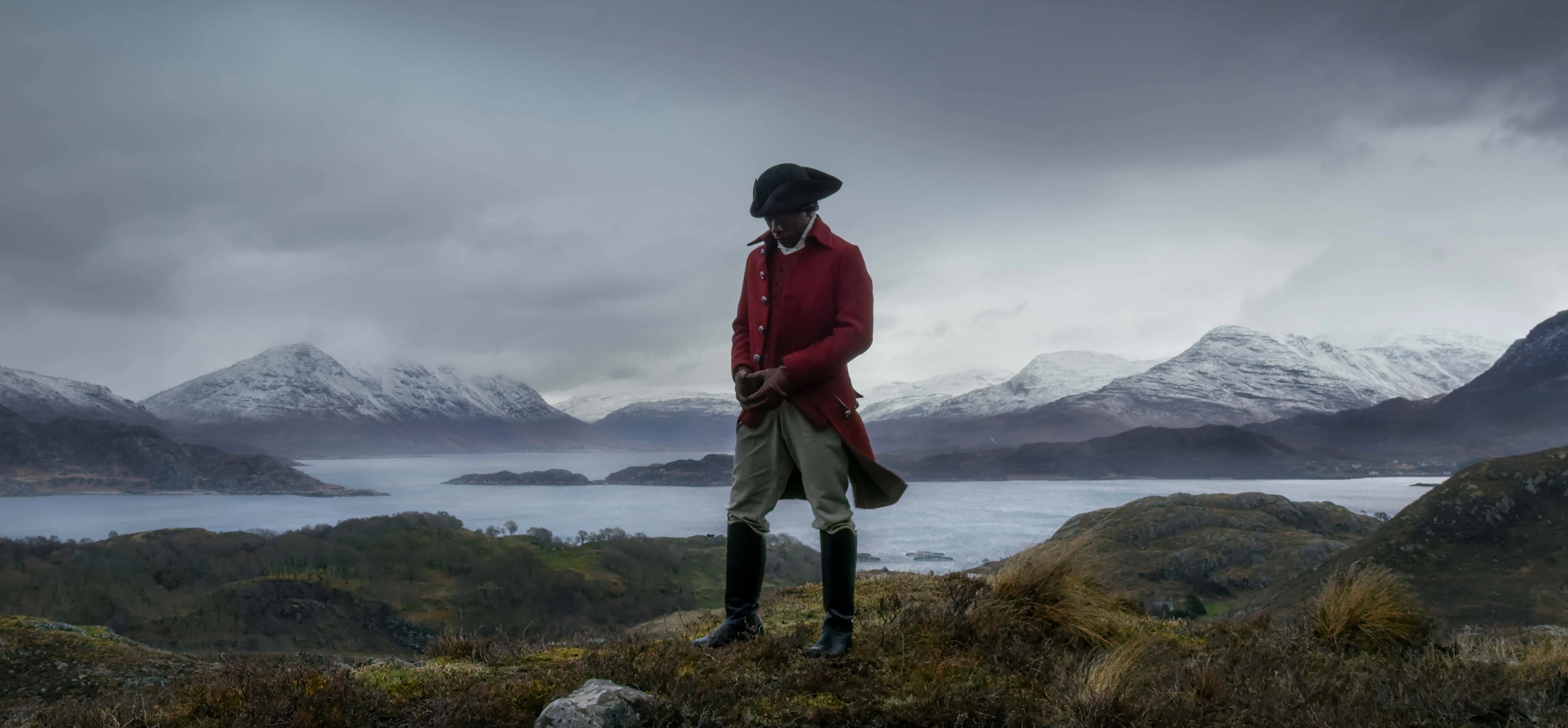What is the Immersive Heritage and Folklore project?
The Immersive Heritage and Folklore (IMF) project ran during the summer of 2022 at Cardiff University (Prifysgol Caerdydd) in collaboration with Amgueddfa Cymru - Museum Wales and Literature Wales (Llenyddiaeth Cymru), supported by This Great Adventure and StoryFutures Academy. As a team of 6 students, supported by Dr James Taylor and Peter Gardom, we produced a 360° video experience and location-based audio experience which could be accessed on different devices and platforms.
Through it, we wanted to create new and innovative experiences through which lost cultural stories could be retold, in an effort to encourage dialogue between generations – and for it to be a fun activity for weekends, days out or even days in, that could be enjoyed by anyone. The stories we decided to retell are written in a way that is easy to understand and encourage questions about the surrounding areas.
So, what exactly did we do for the IMF?
In the 6 weeks of time that we had for the project, we went through a design sprint, master classes from professionals in the industry, project planning sessions and pitches to Amgueddfa Cymru and Llenyddiaeth Cymru. As a team we worked on…
- What we wanted to produce for the project,
- What our target group was going to be,
- How we would execute it in the time we had,
- And what aspects of Welsh Folklore and Heritage we would use for it.
In the end we decided on creating two separate walks with 3-4 locations each, which would be explored through stories relating to Welsh folklore, the history of the Bristol Channel and paintings that were shown in Amgueddfa Cymru and Arts Council Wales’s Art 100 project. Through this we hoped that anyone would enjoy the virtual or on-location experience, whether they had any prior knowledge of art, folklore, and history or not.
How did we do it?
After deciding on all our bits and pieces in the project planning sessions and presenting our ideas to Amgueddfa Cymru and Llenyddiaeth Cymru, we went on ahead to our layouts, the filming, editing, and cutting. Every story we wanted to create had something to do with water, so this became our central theme. One of our walks was subsequently around the Cardiff Bay area and the Barrage, while the other one involved Penarth and the Cliff Top Walk there. They relate to each other and interlink because of topics regarding Wales’s Culture and Heritage, and Taliesin, who ‘tells’ the stories.
Taliesin was a Bard who used to tell stories in the Welsh language and was so popular he even got invited to be the Bard at king’s courts – or that is what the legends say. We included a poem where Taliesin explains who he is in multiple parts of the audio experience, and used the pattern ‘I know, I have seen, and I have been’ for the storytelling.
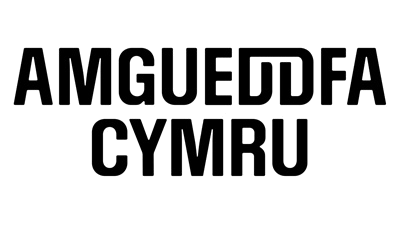
We also wanted to involve a few of the paintings from the Art 100 project, and to include stories that were featured on Llenyddiaeth Cymru’s Land of Legends website. Therefore, we used the artworks The Bard by Thomas Jones, The Cliff at Penarth, evening, low tide by Alfred Sisley and Terra Nova leaving Cardiff June 16 1910 by Richard A. Short.
We decided to incorporate a few stories relating to the heritage and history of Cardiff and Wales. The tour along Penarth and the Cliff Top Walk contains stories dealing with Welsh folklore tales and the Bristol Channel and include…
- Roald Dahl, the author
- Flat Holm and Steep Holm in the Bristol Channel
- The kingdom of Tyno Helig, the Welsh Atlantis
- Rocks called The Wolves in the Channel
- Hafren, the spirit of the river Severn
The route along Cardiff Bay and the Barrage is structured differently and its topics relate to the city and the bay, including climate change, nature, and aspects of Welsh mythology. The walk includes…
- Tiger Bay and its community
- The Mudflats that existed before Cardiff Bay and the animals that lived there
- The Afanc, a mysterious creature that lives in lakes
- Scott of the Antarctic
- The history of the Old Custom House
What is so special about the IMF?
Beside the unique experience we all had as a group; coming together, creating something that relates to our Humanities-based degrees but with technical aspects that we hadn’t considered before and for a very different audience, it is special because we really tried to create something new. We thoroughly enjoyed making the audio and video experiences, being able to use 360° cameras and programmes for creating audio. The writing of the stories was great as well, especially because it was so different from what we usually do for university.
We really wanted to achieve our goals with the project:
- To raise awareness of Cardiff’s unique heritage through folklore stories, tales, and the area
- To raise awareness of climate change and how to act
- For the stories we told to be heard and shared with others
Want to see the finished product? Here’s the online experience!
Why is the project so special to me?
All the stories we researched, were told, adapted, and now have retold are ones that we all really liked. We were quite picky with the videos, audio, and stories and how everything was put together, where the paintings from Art 100 fit into the experiences and the way we told the stories. We chose the artworks and the theme of water, Taliesin as storyteller and so many Welsh folkloric aspects because they mean something to all of us, whether that is because we grew up with them, they relate to our own heritage or because they simply feel magical to hear about. Because we chose everything together it also represents us as a group, and what we accomplished together in those 6 weeks.
Who am I?
My name’s Anna, I’m currently a postgraduate student studying History of Art at the University of Bristol. Last summer I graduated from Cardiff University with my BA in Religious Studies and History. I decided to participate in the Immersive Media and Folklore project because I didn’t know as much about Welsh tales and heritage as I would’ve liked due to Covid and because I’m from Europe, not the United Kingdom. The project really opened my eyes to how similar all our folklore stories are; there are so many overlaps and exploring aspects of other cultures makes me feel closer to them.
Anna Moller is finishing her Master’s degree in History of Art in September 2023. Before studying at the University of Bristol, Anna earned her BA in History and Religious Studies from Cardiff University, where she worked with members of the School of Journalism, Media and Culture on the Immersive Heritage and Folklore Project. In her free time, she is learning Welsh with Learn Welsh Cardiff, rock-climbs in South Wales and the Bristol area and visits the cinema frequently.

